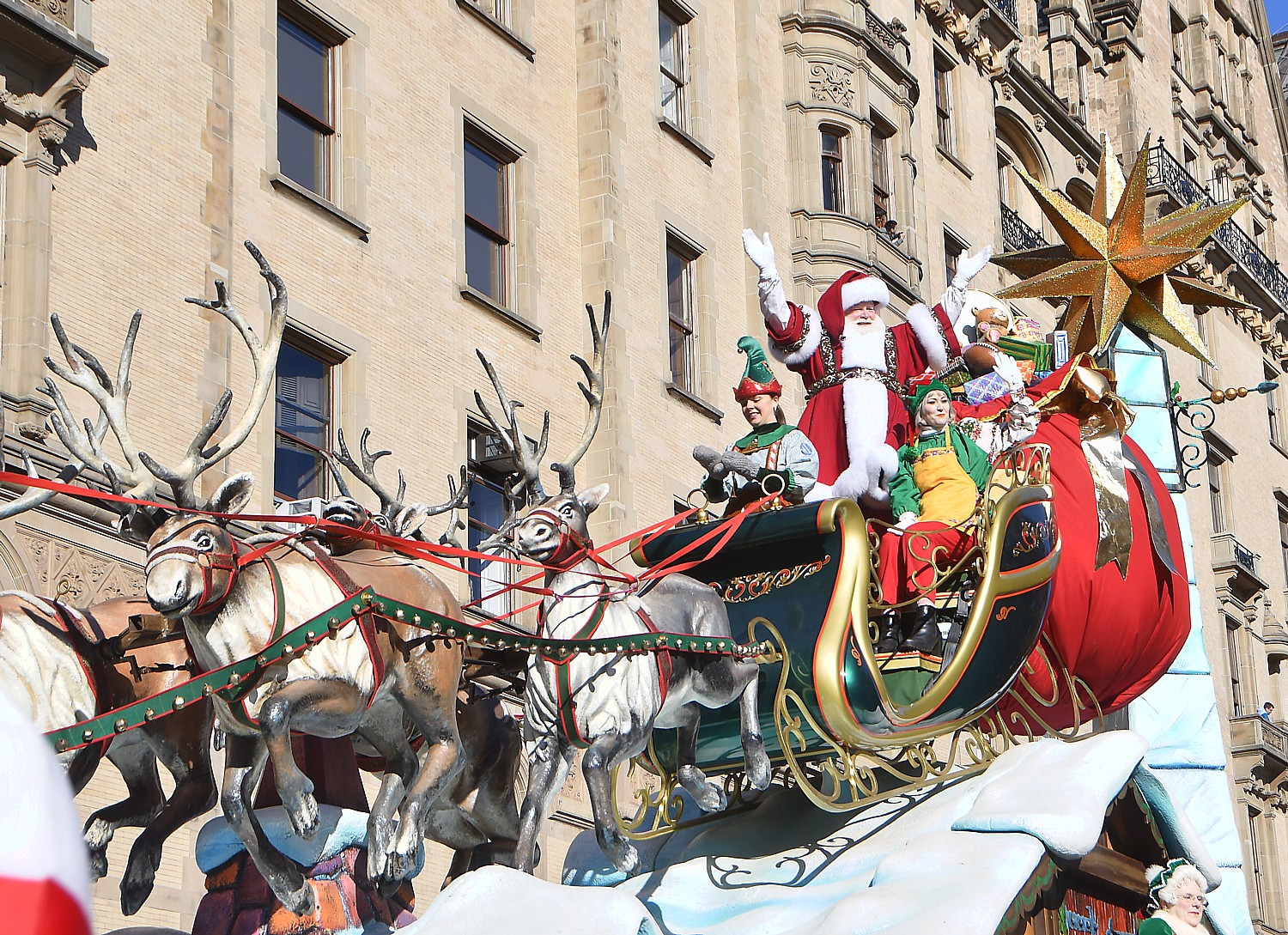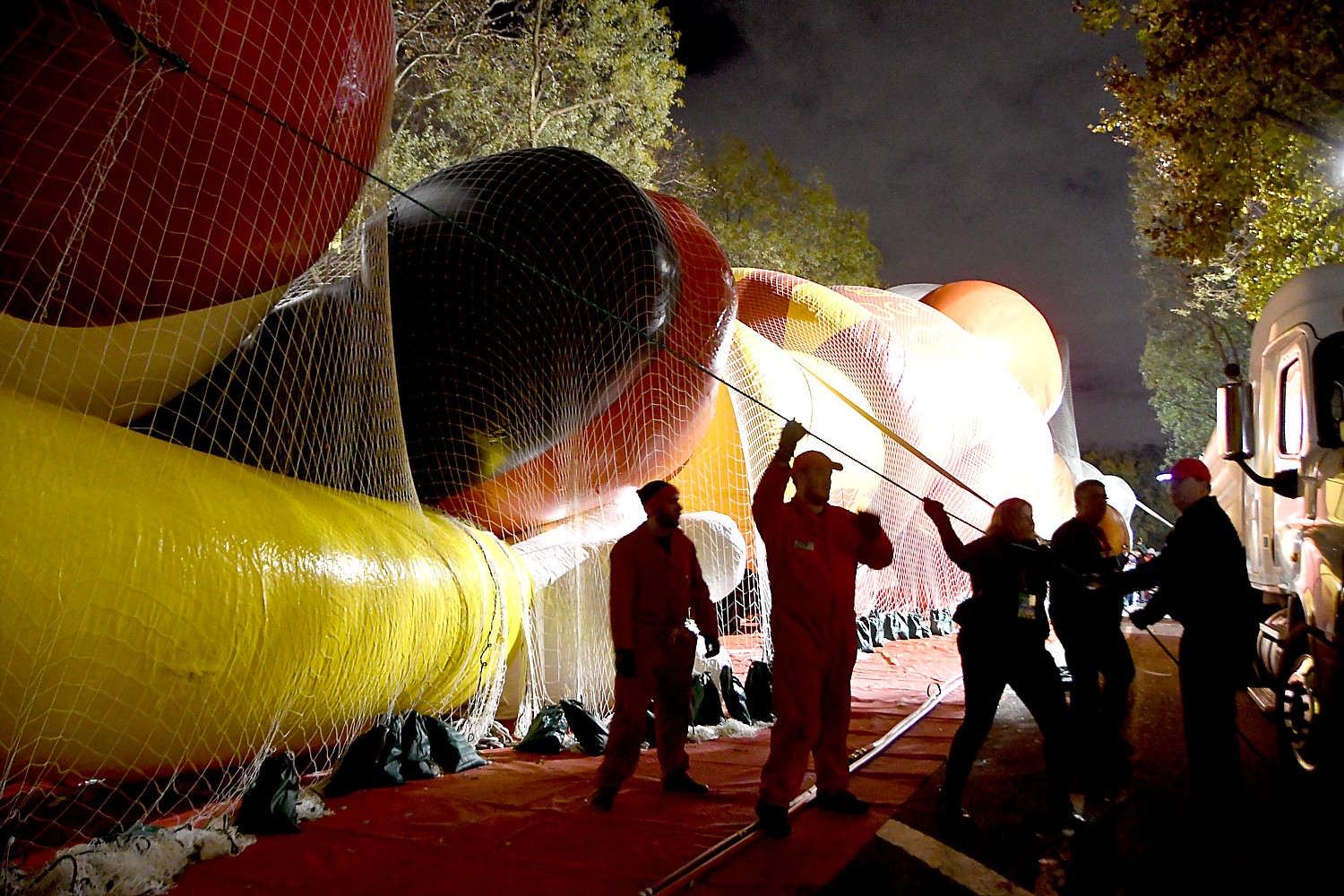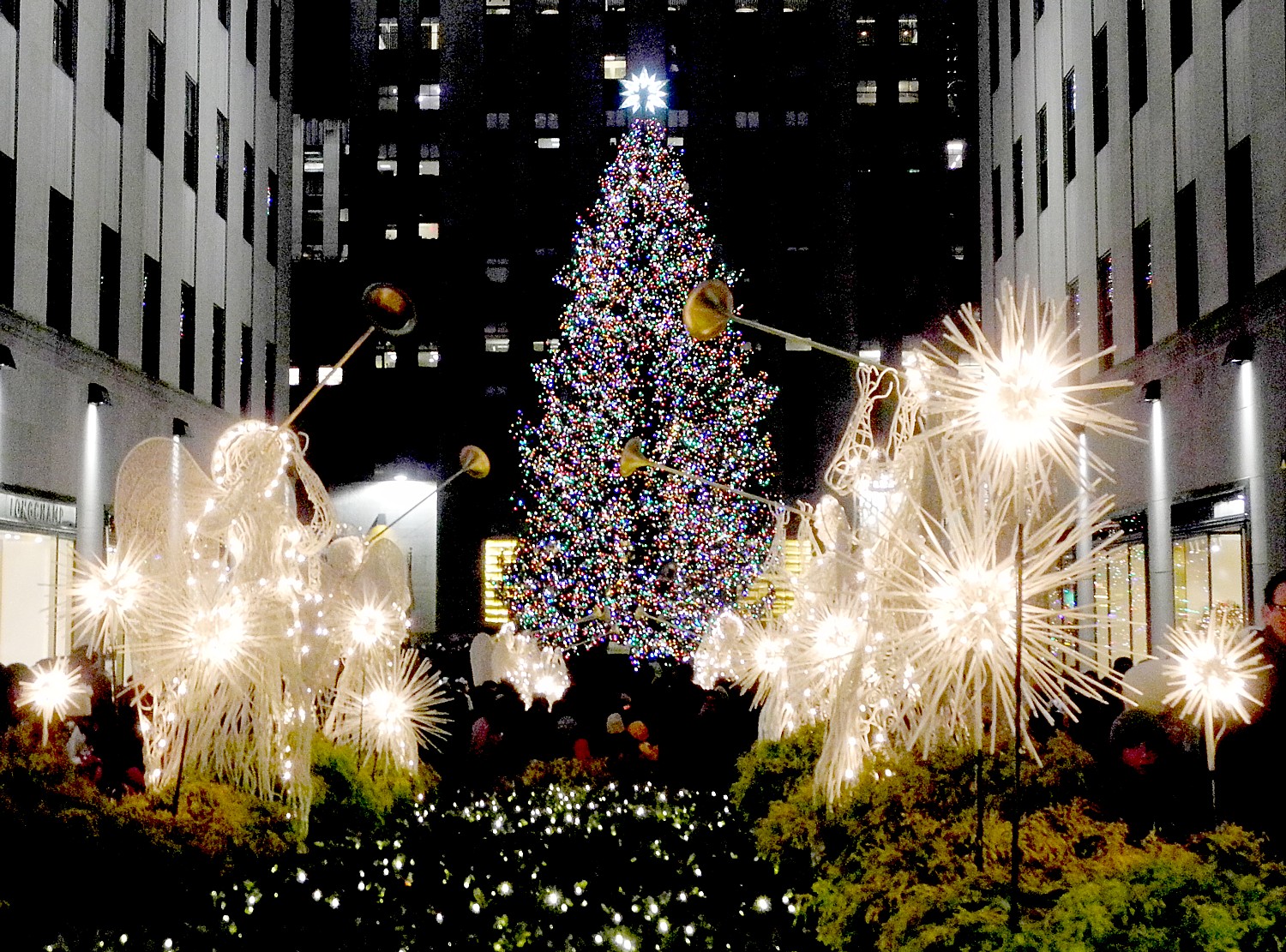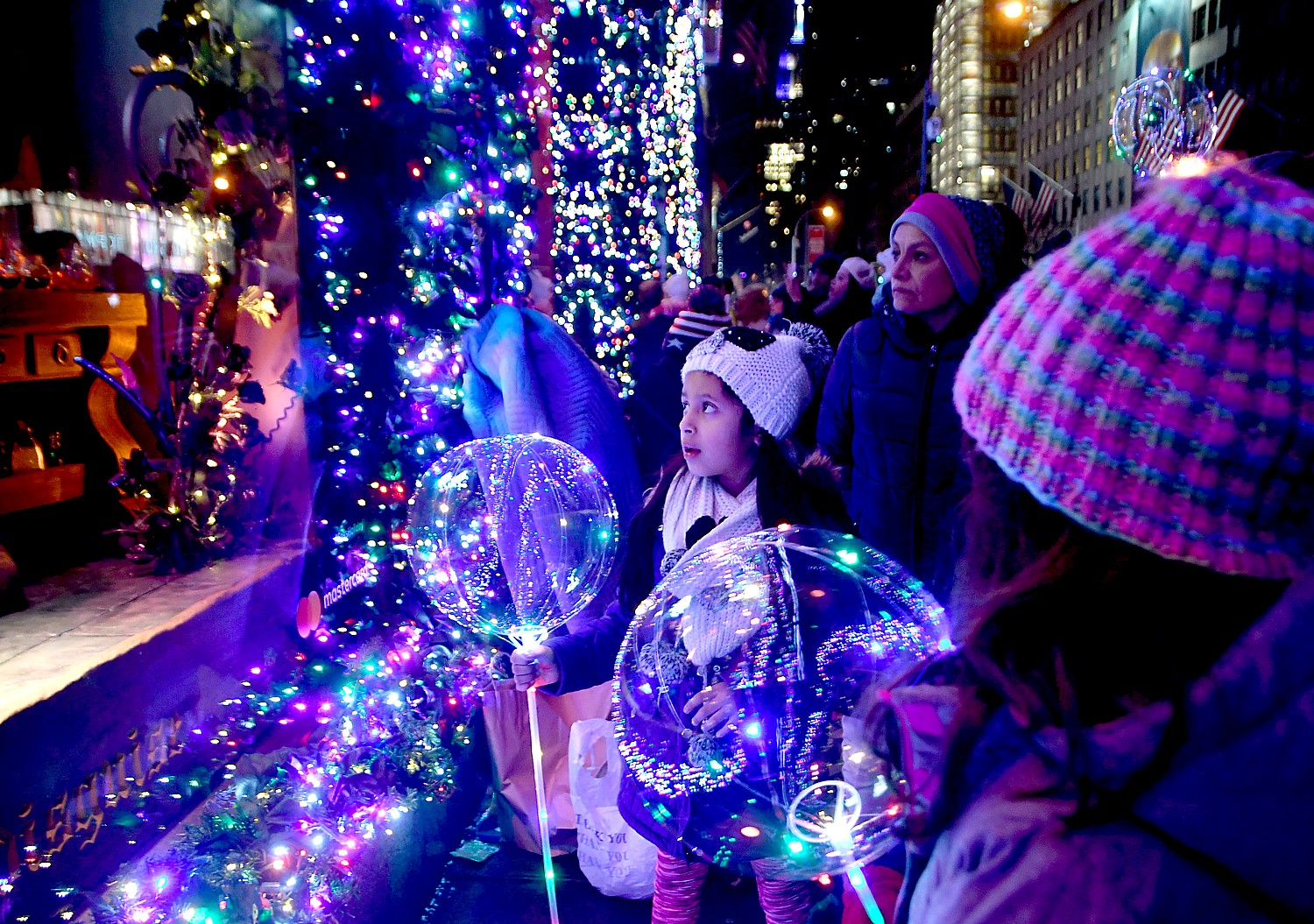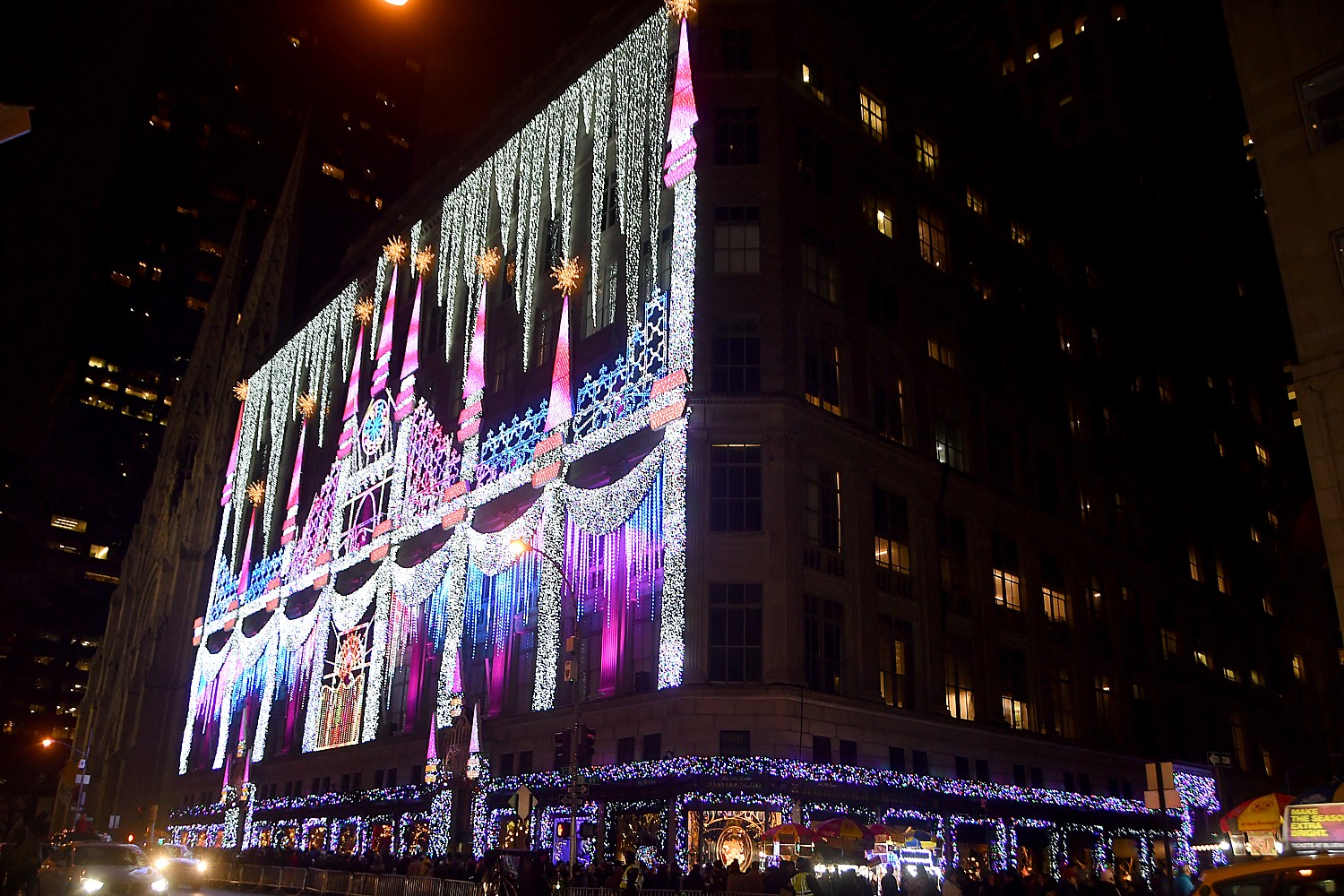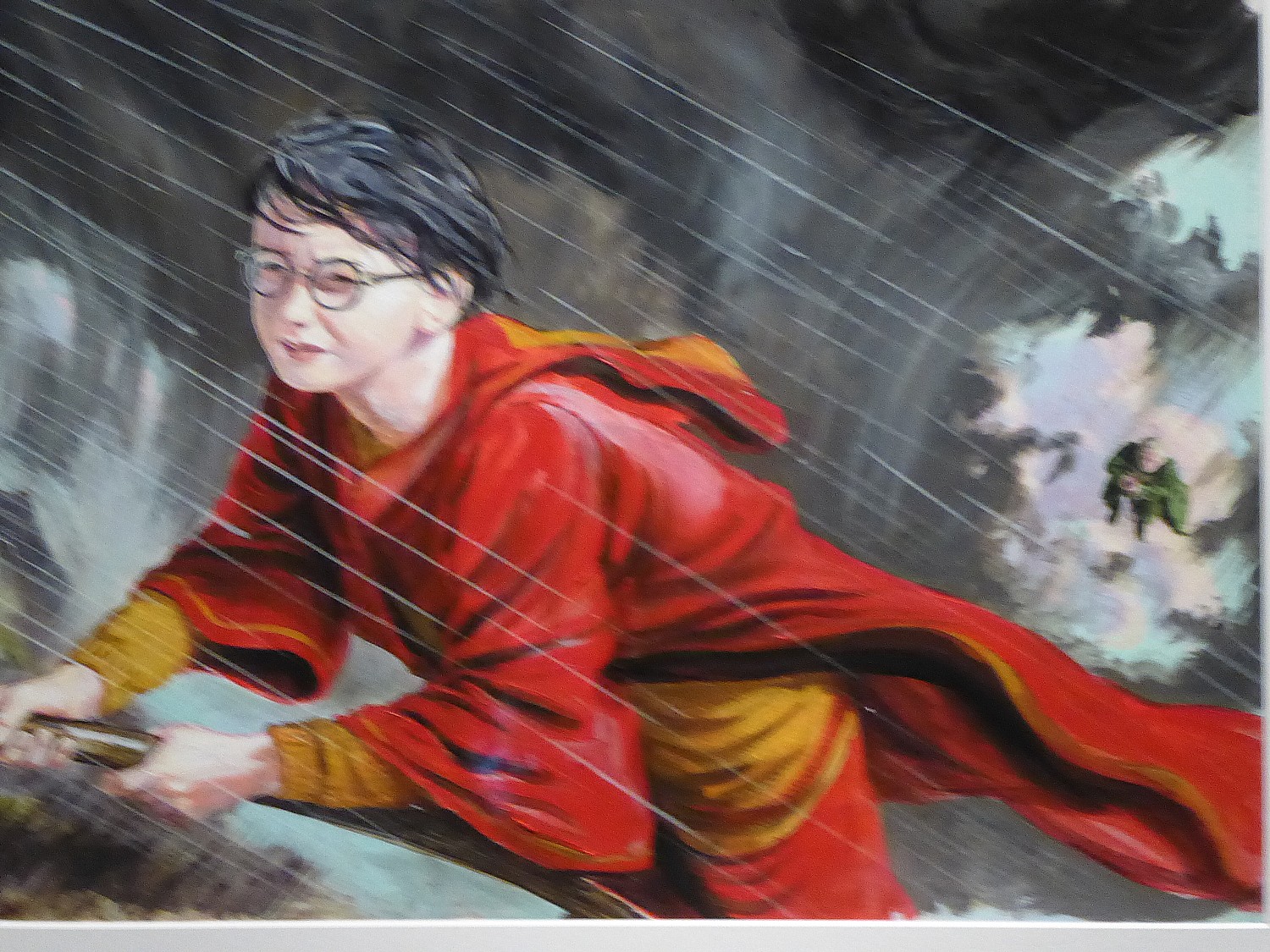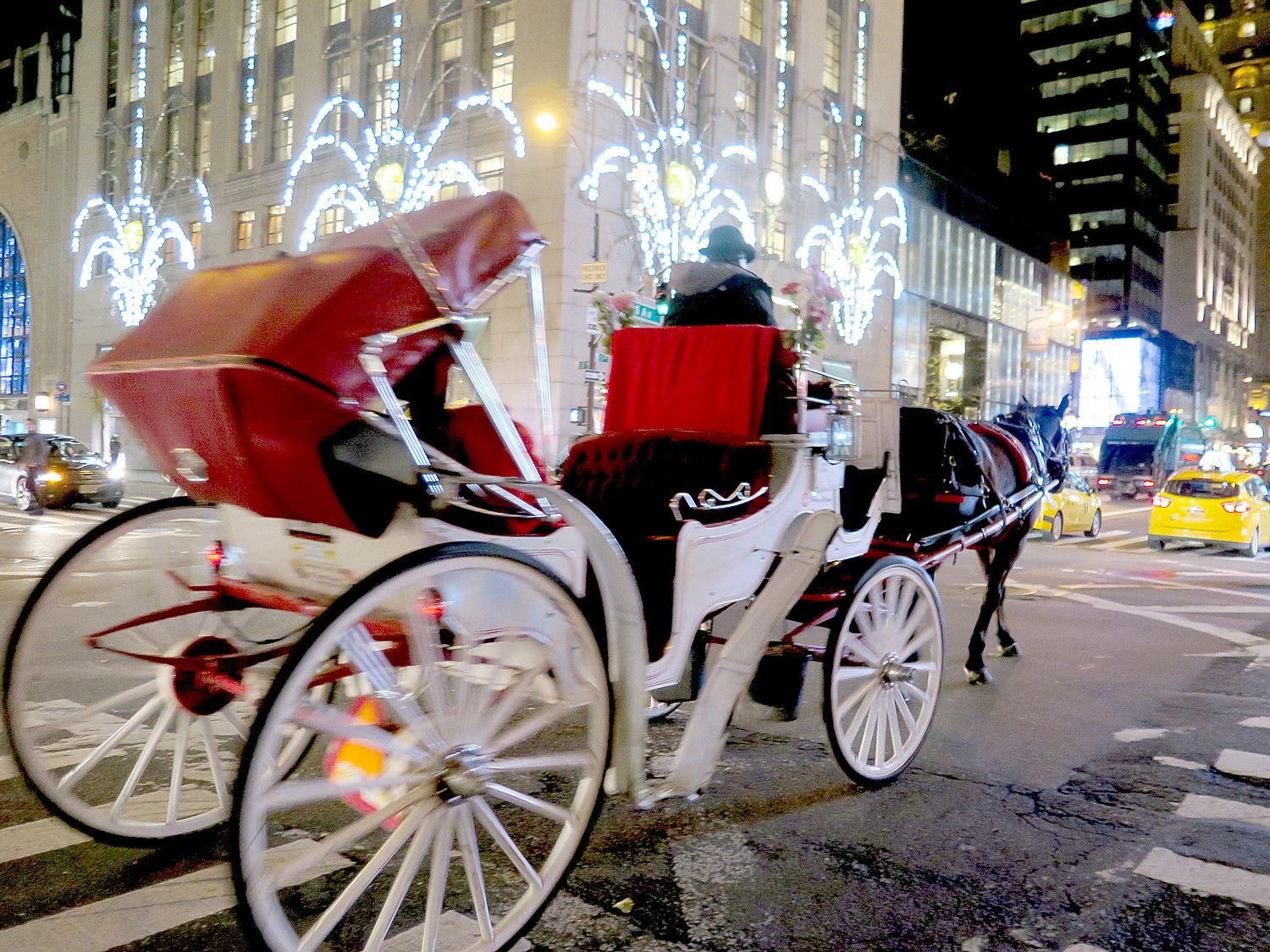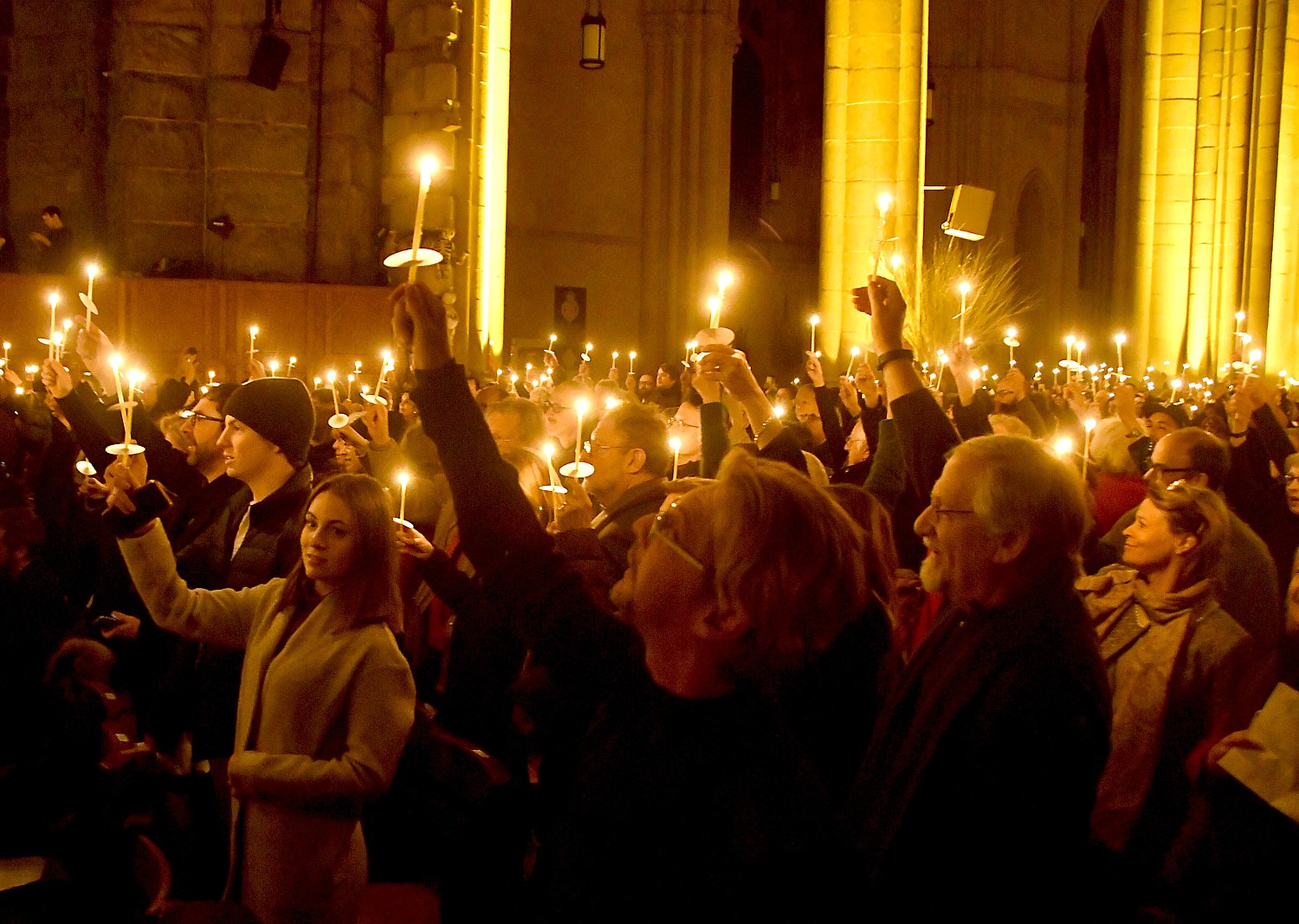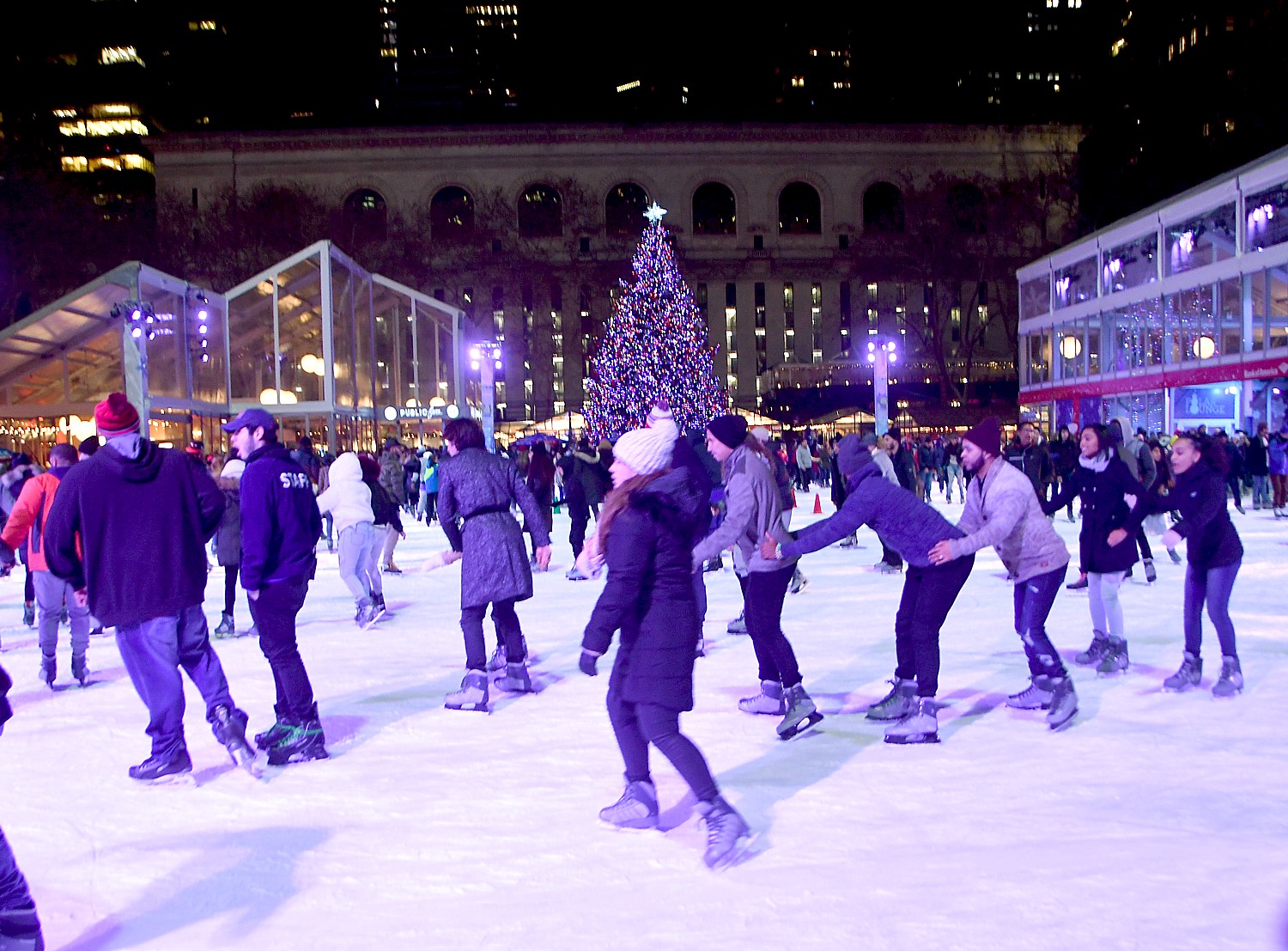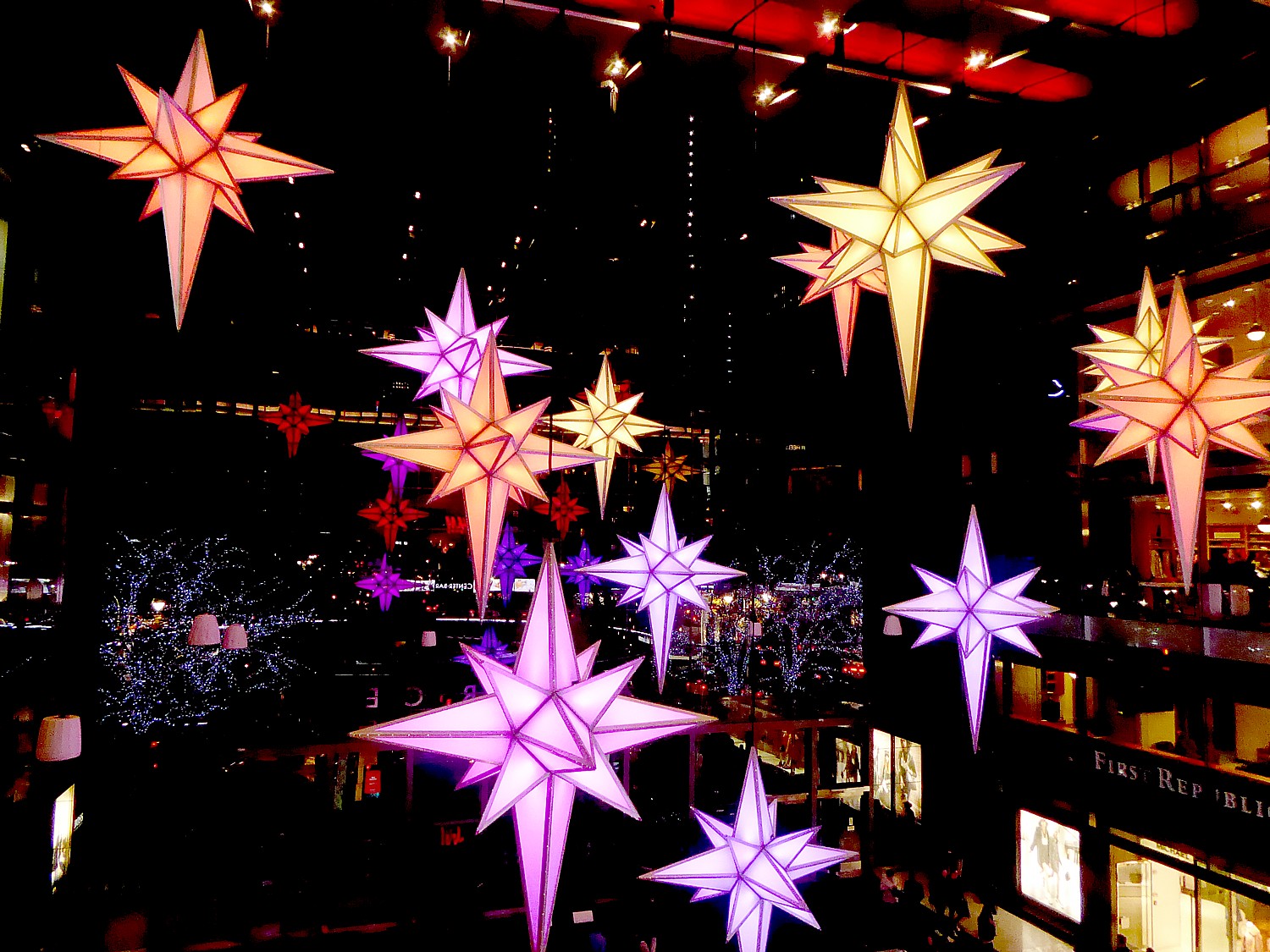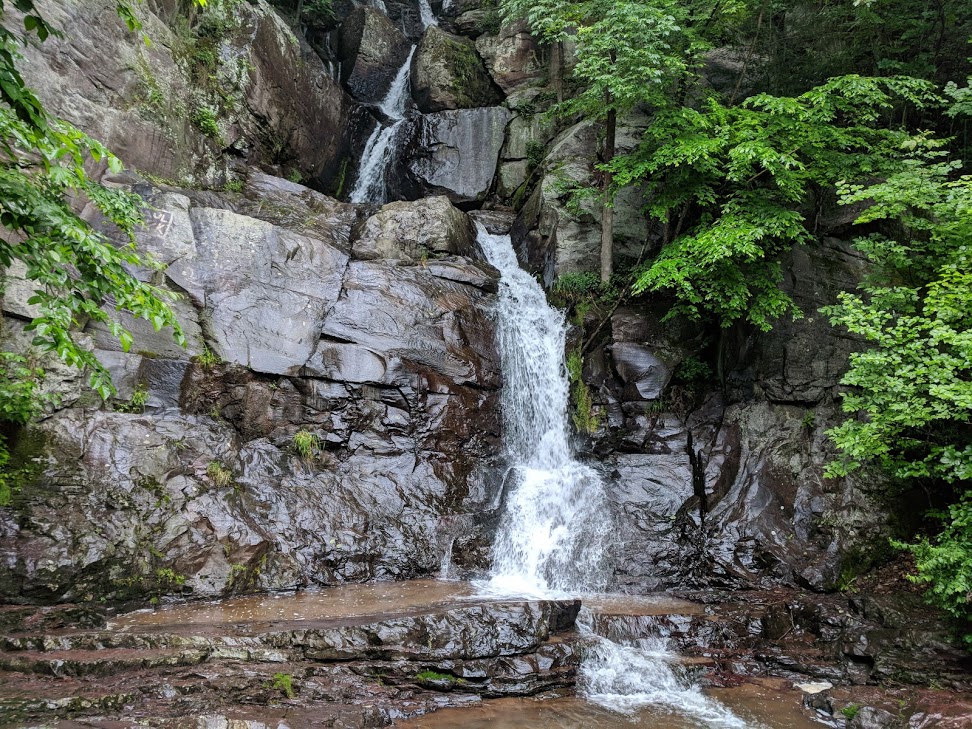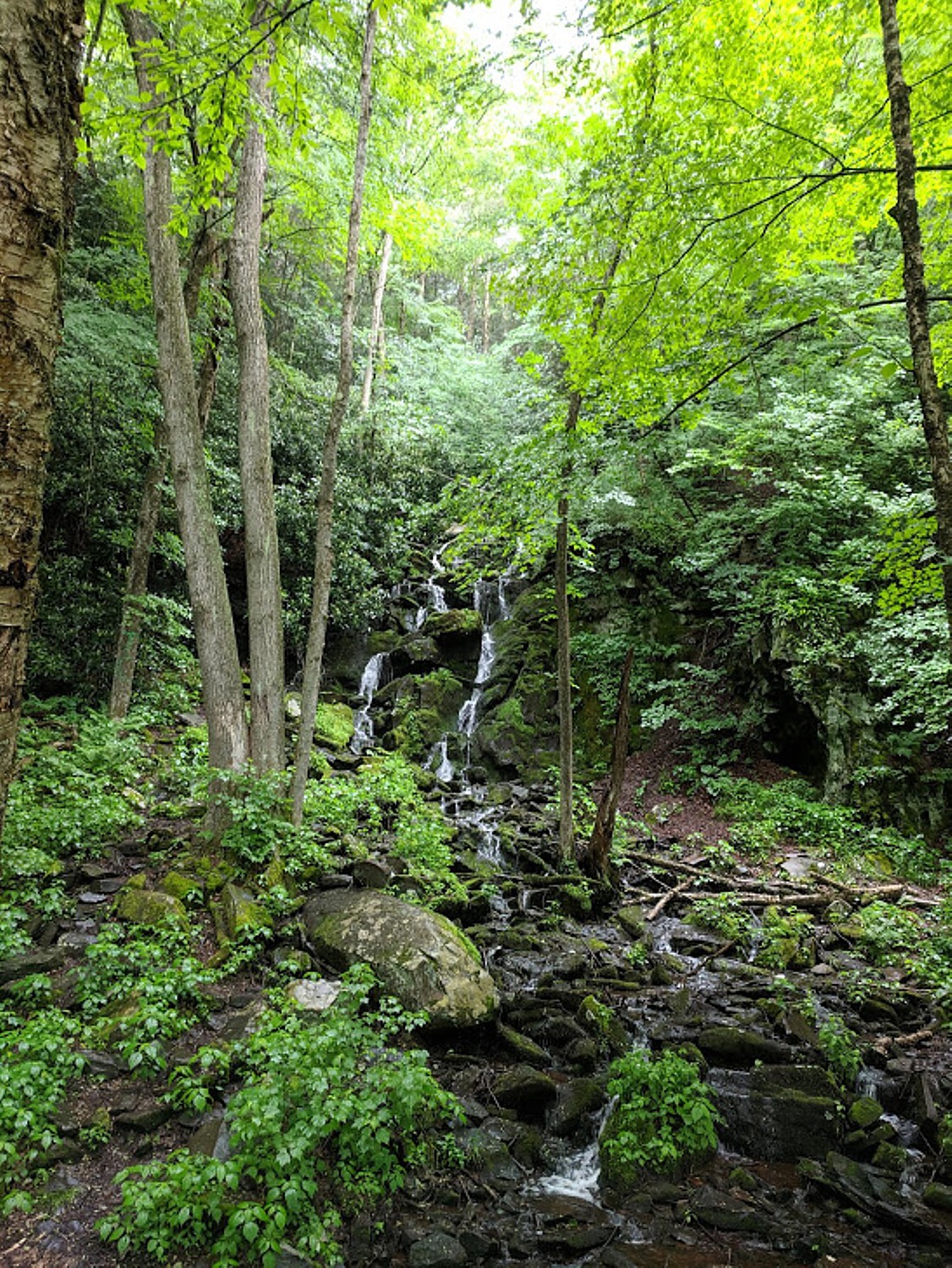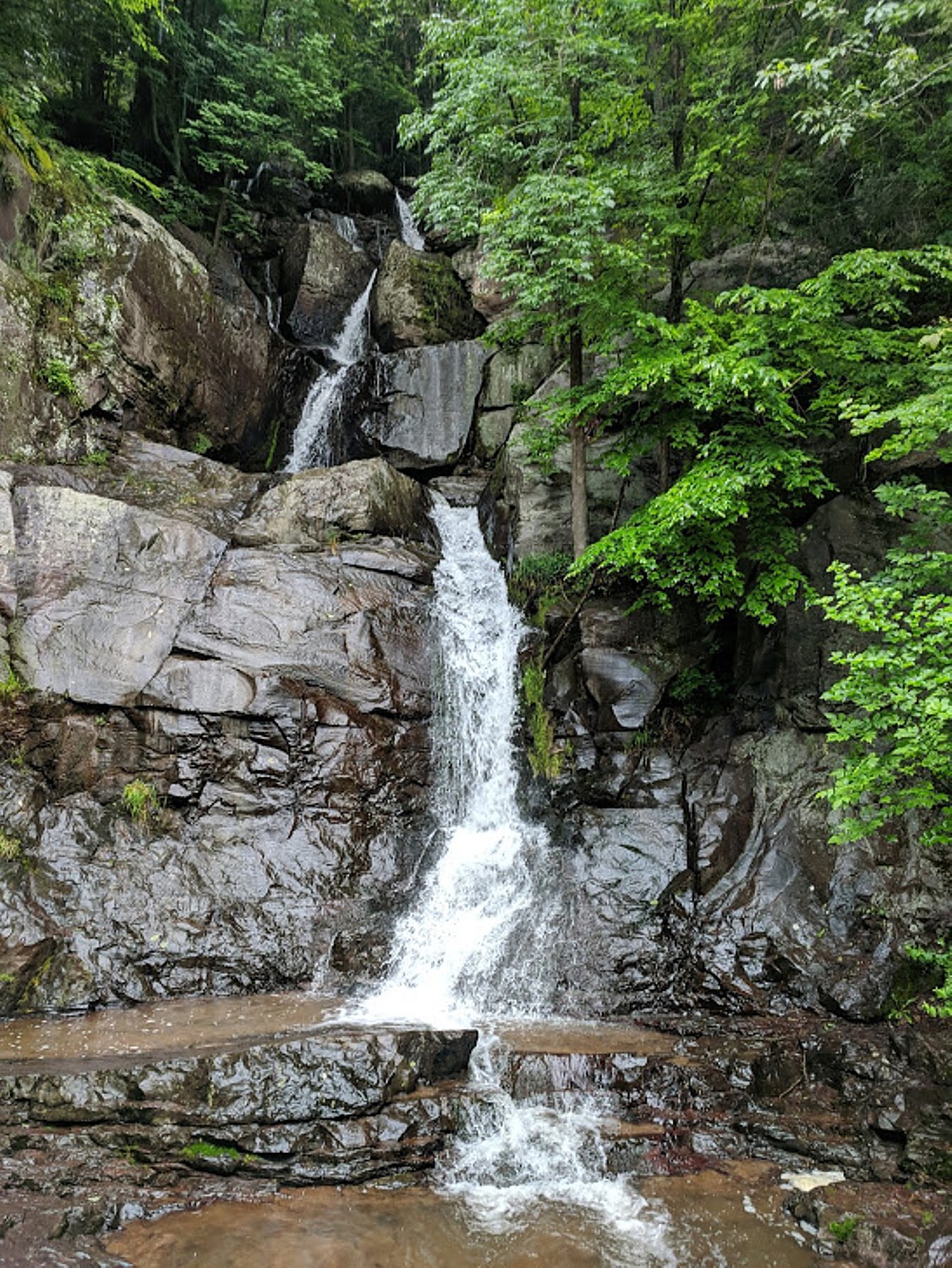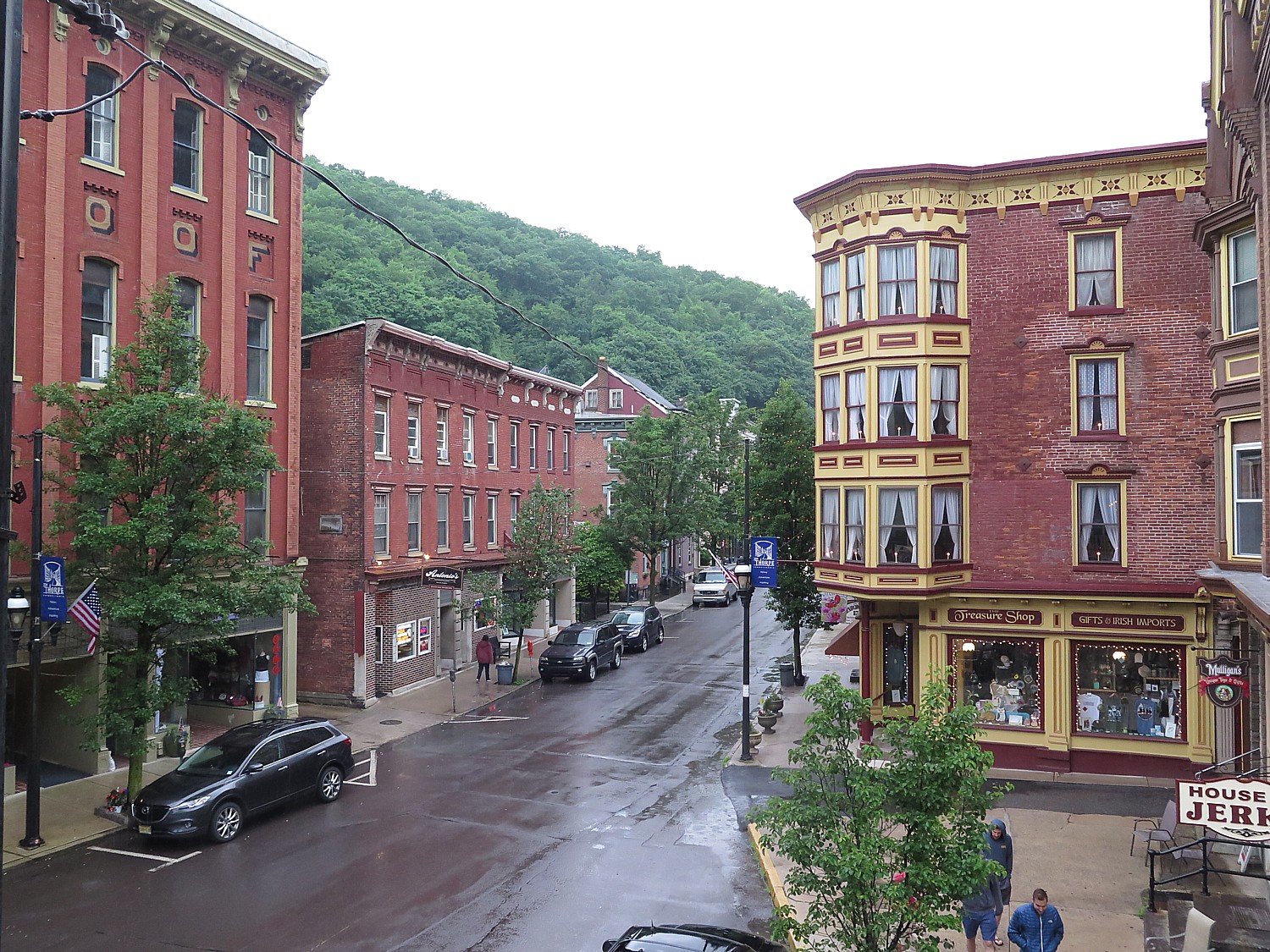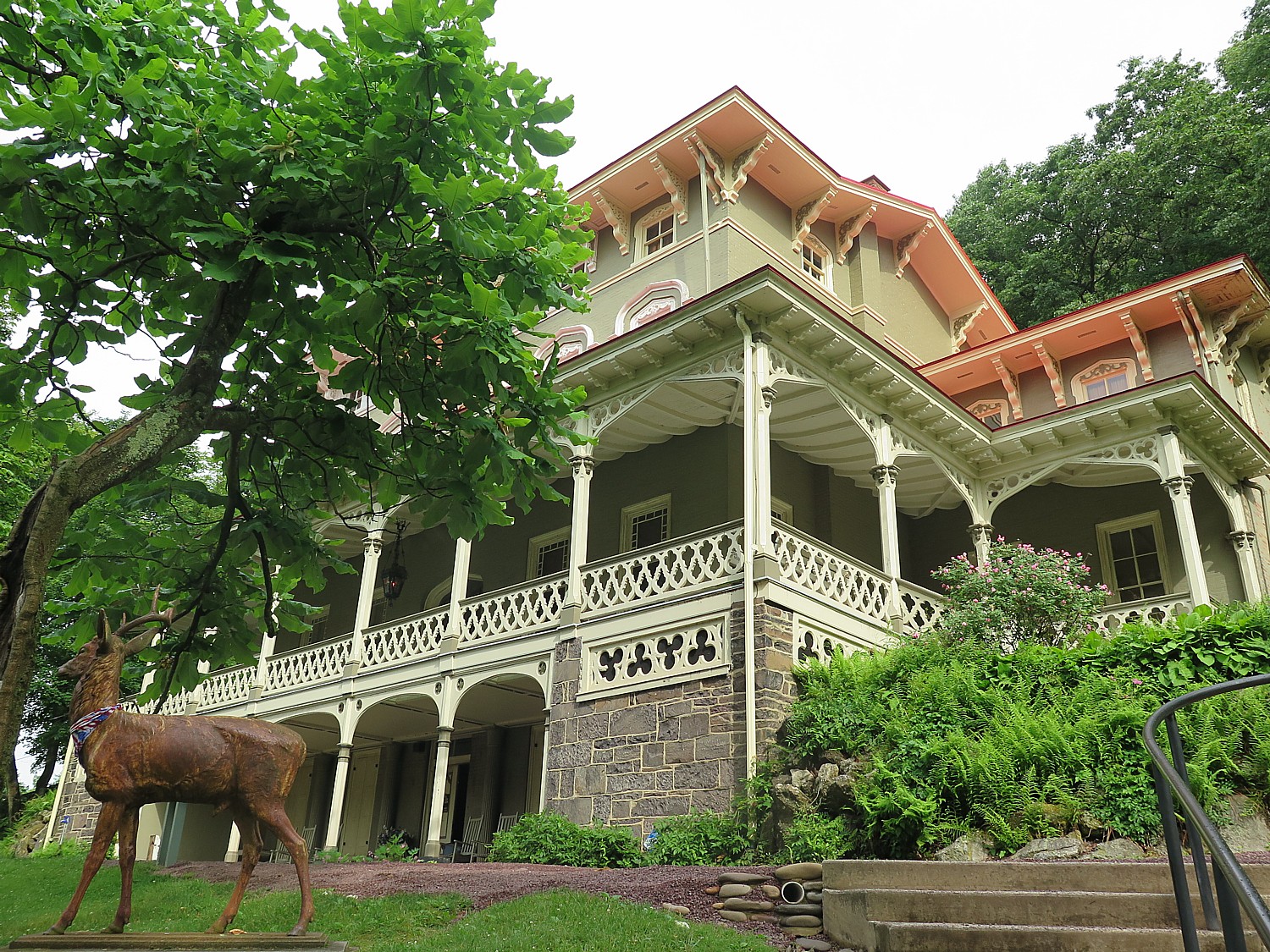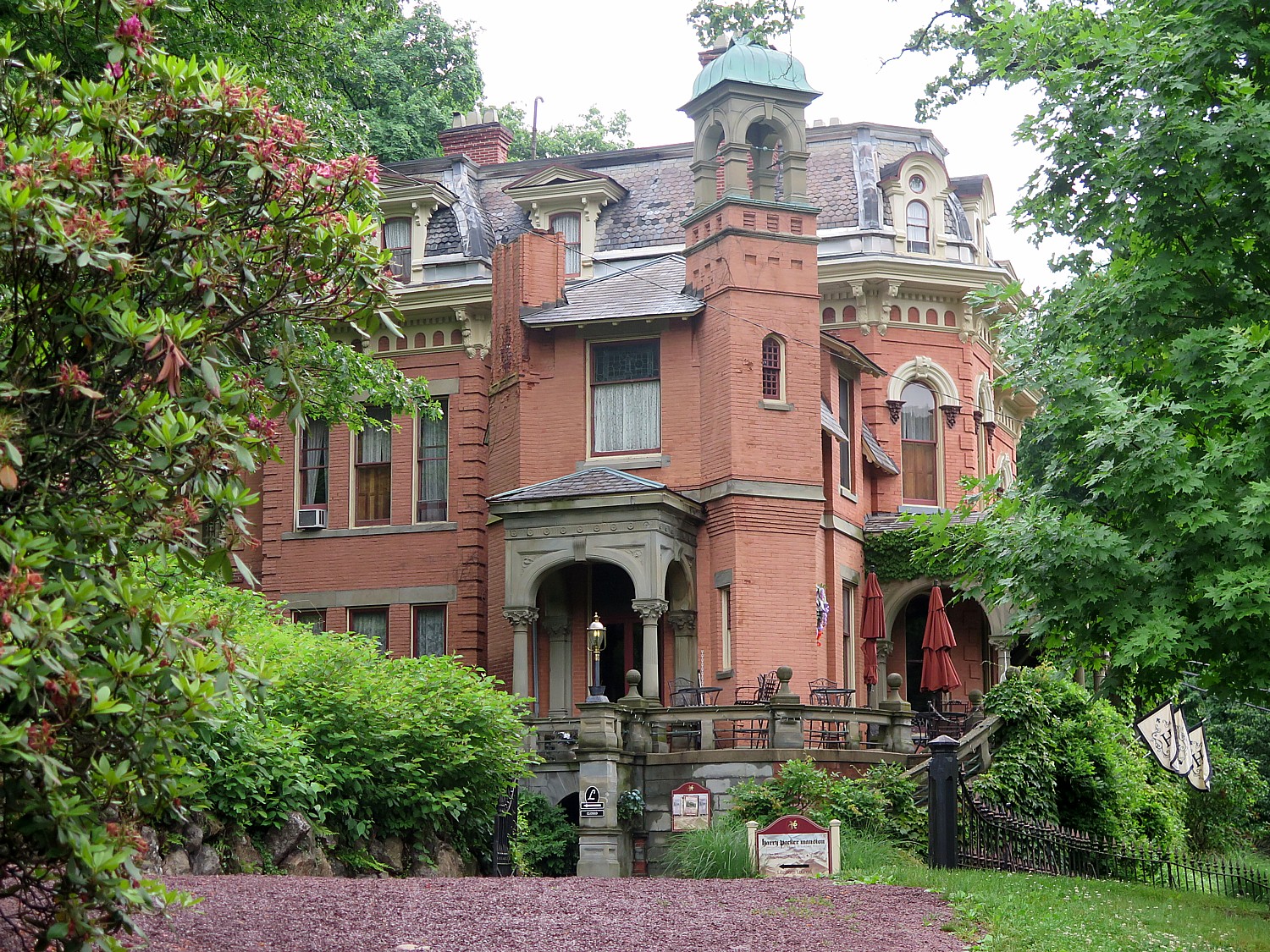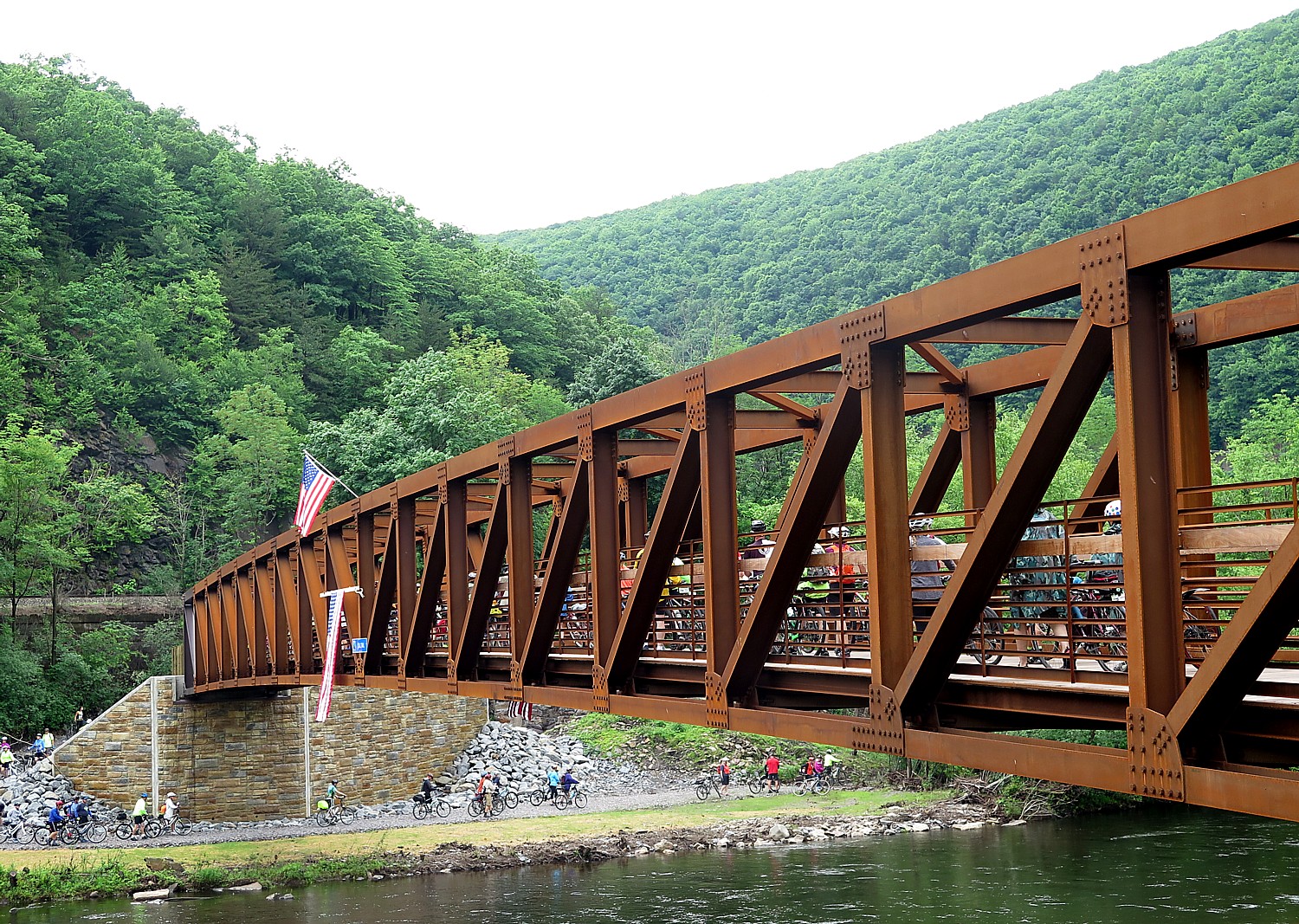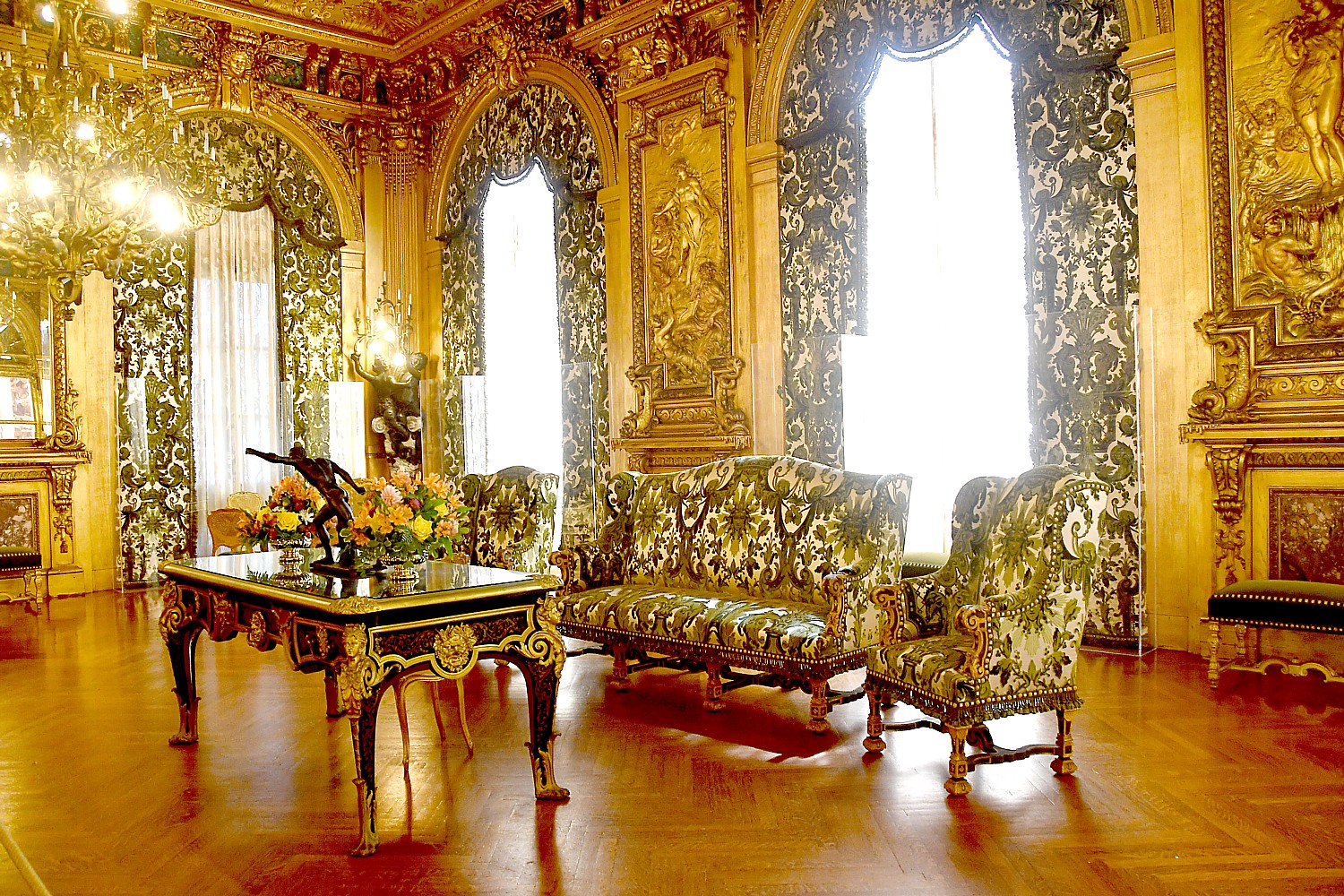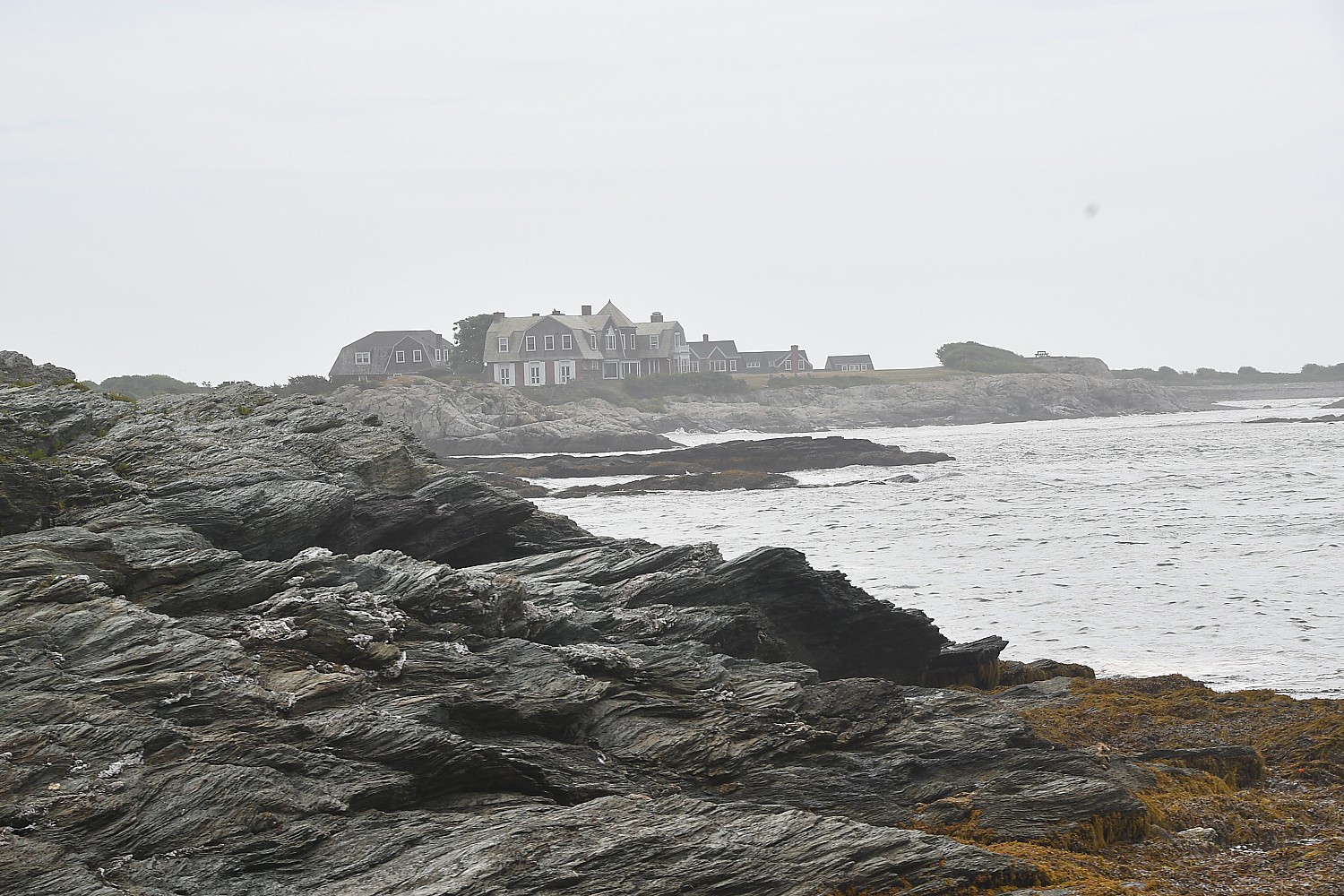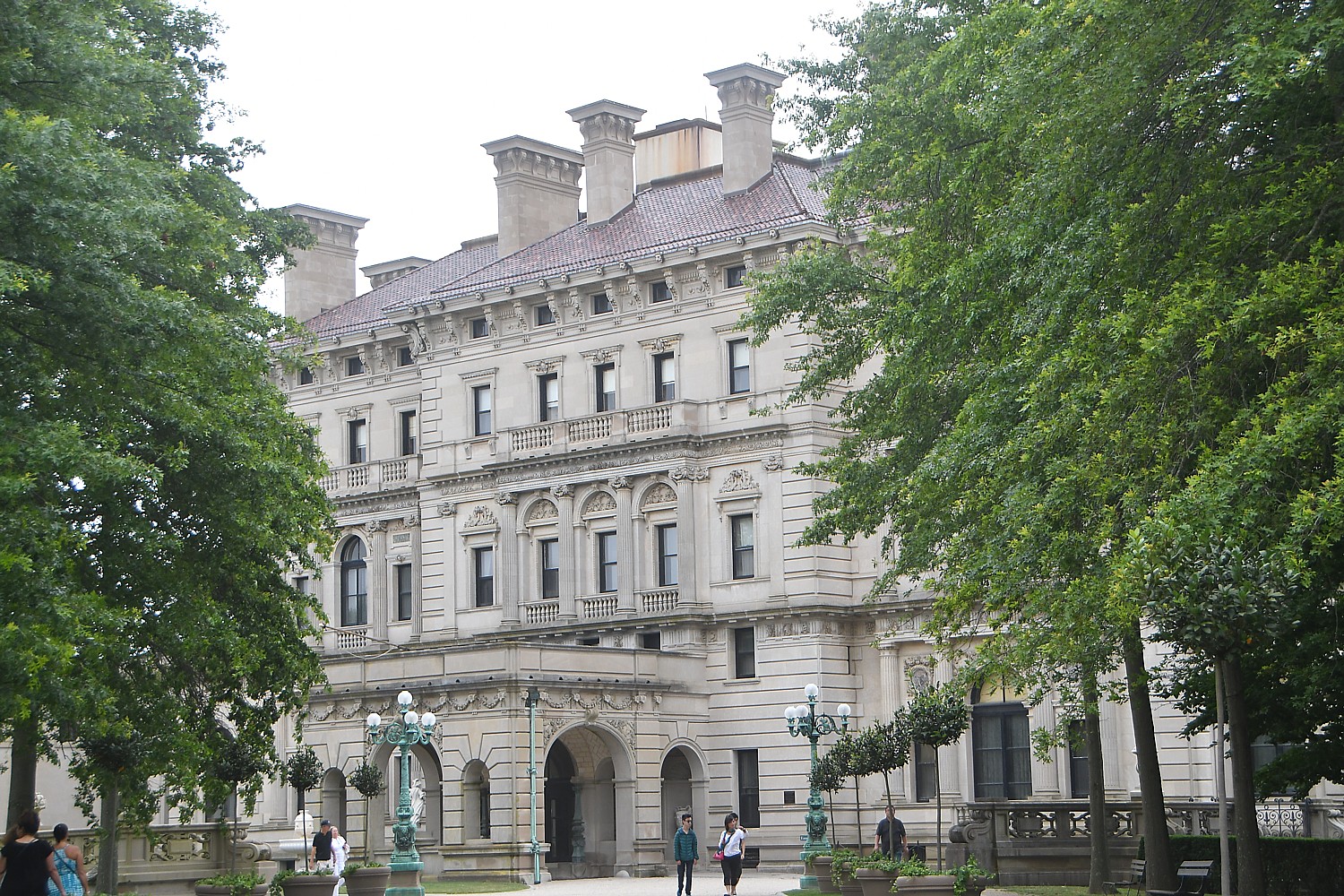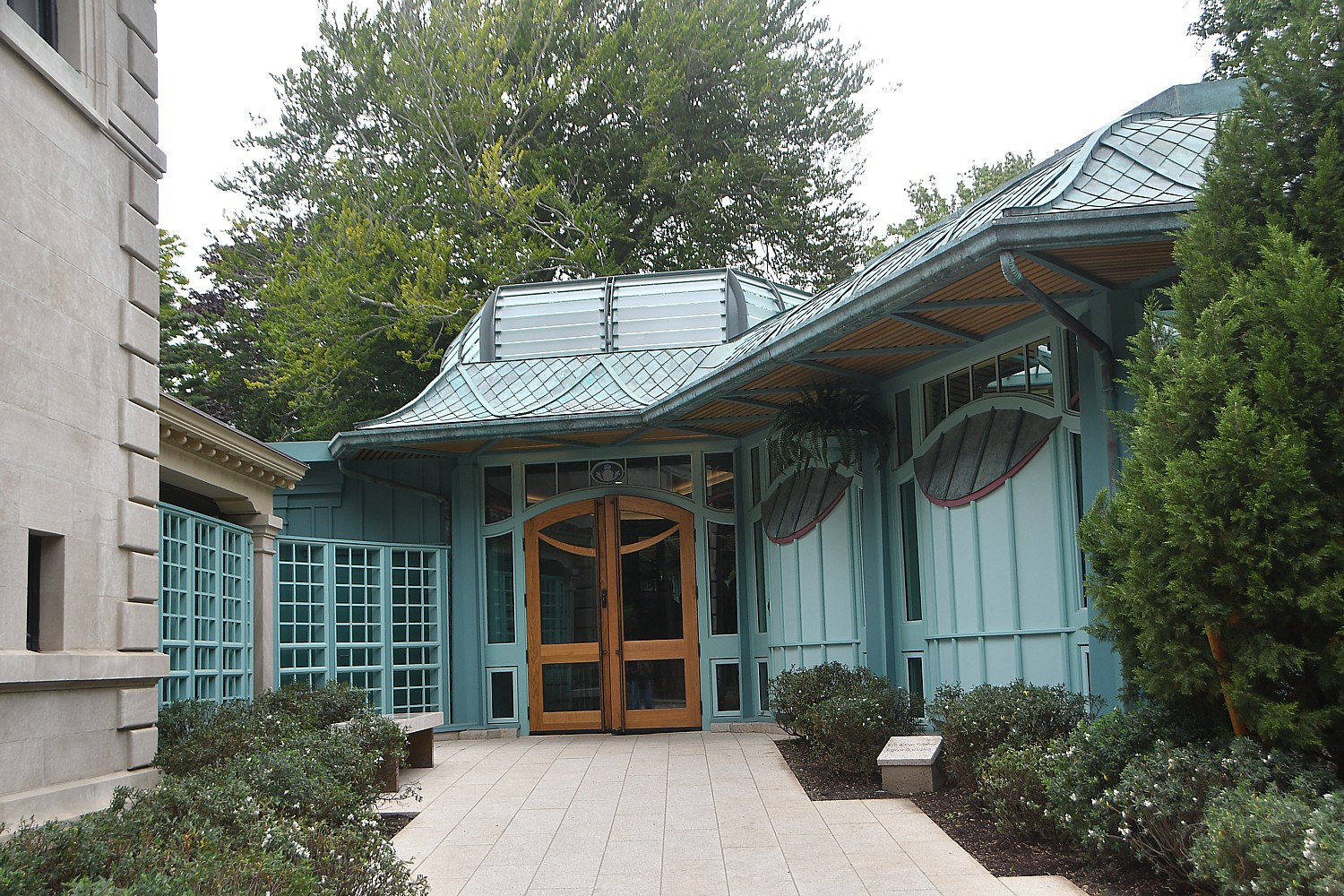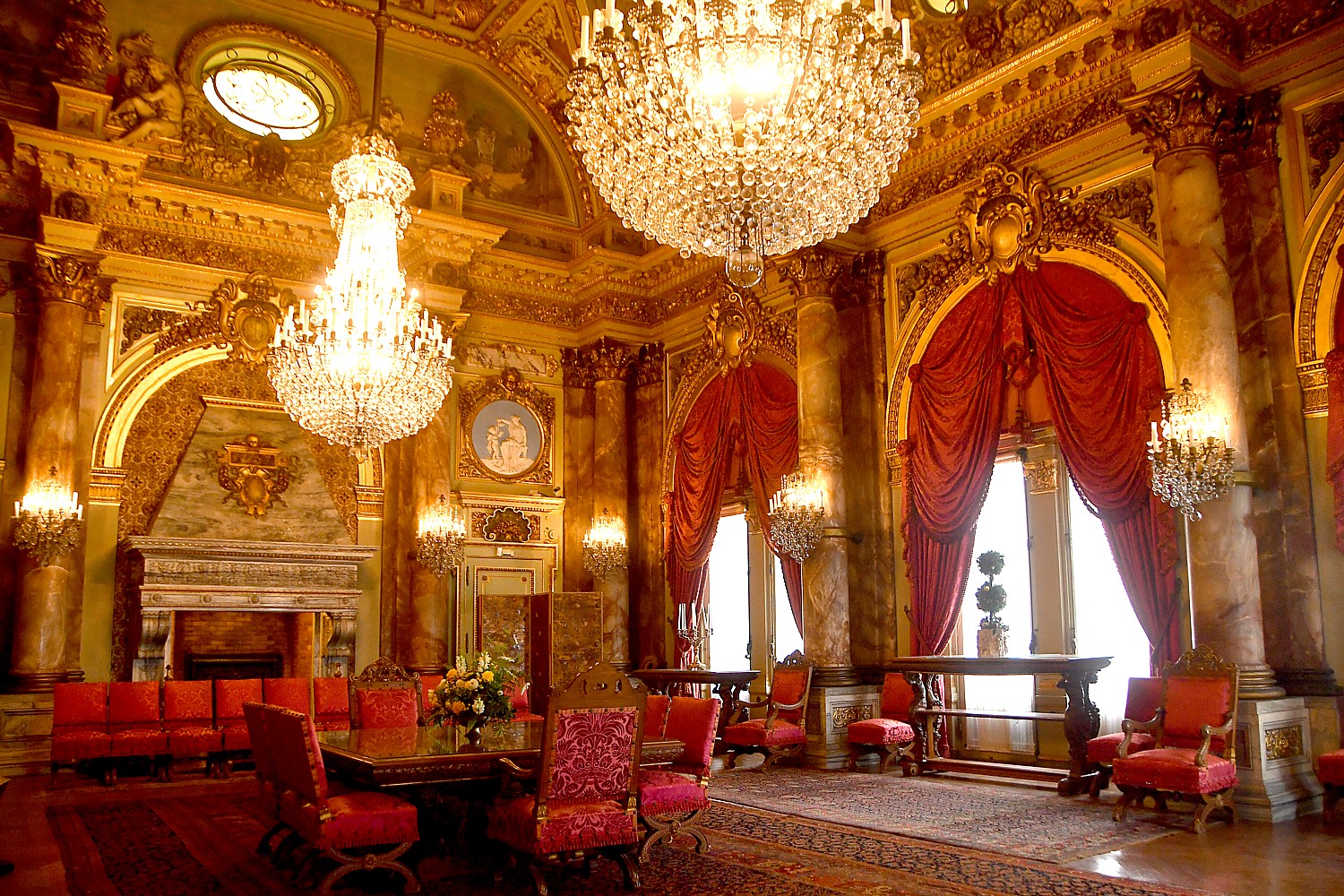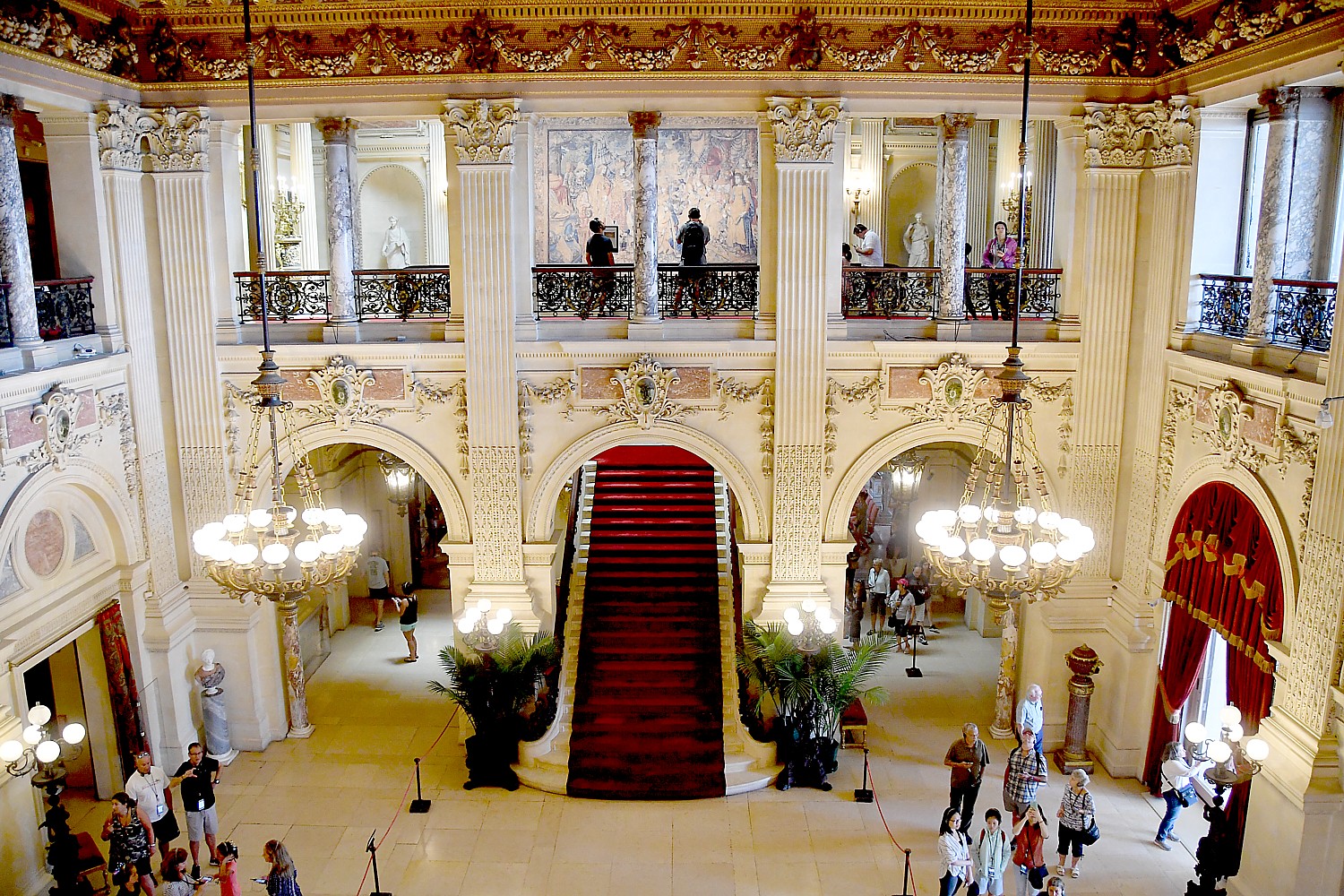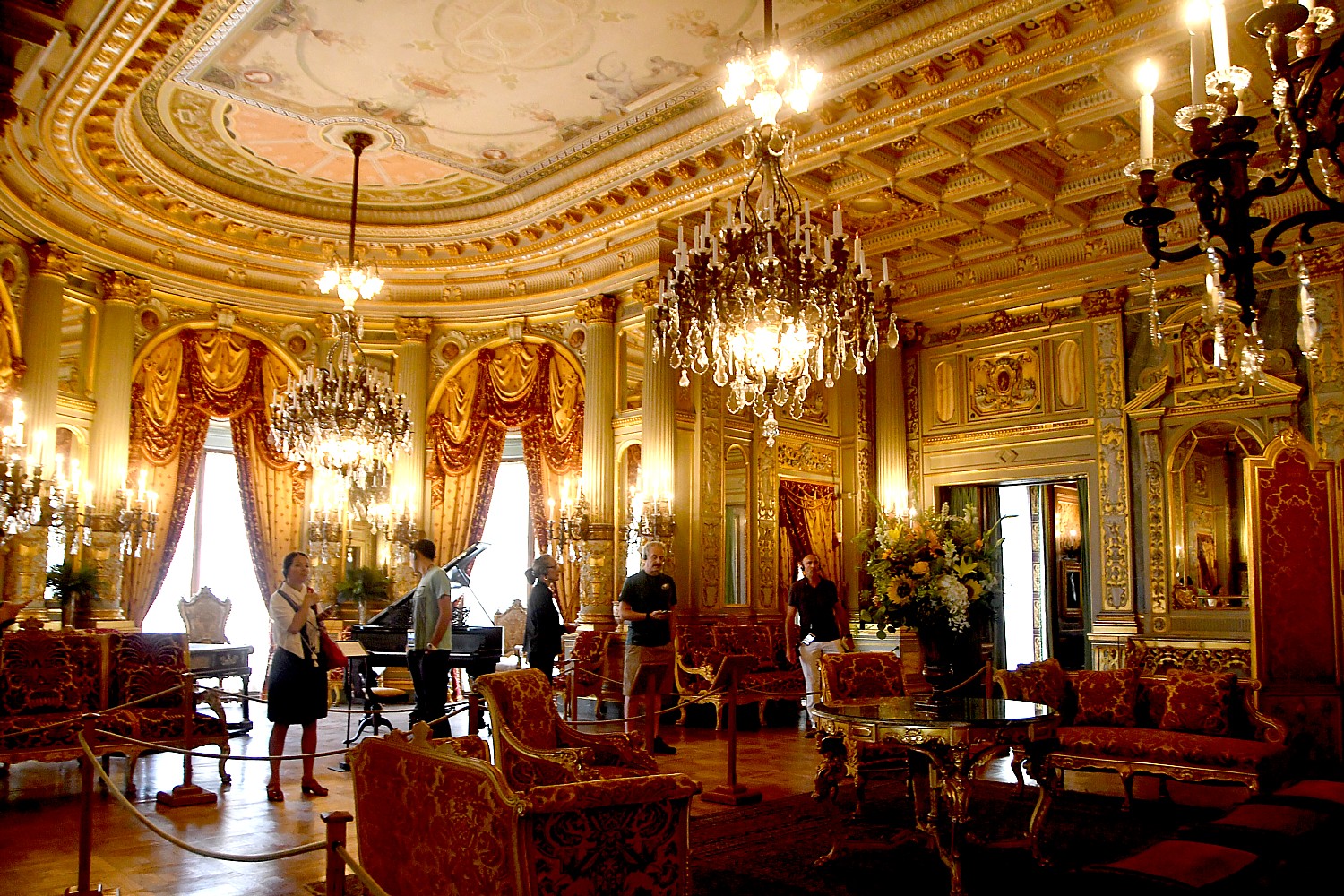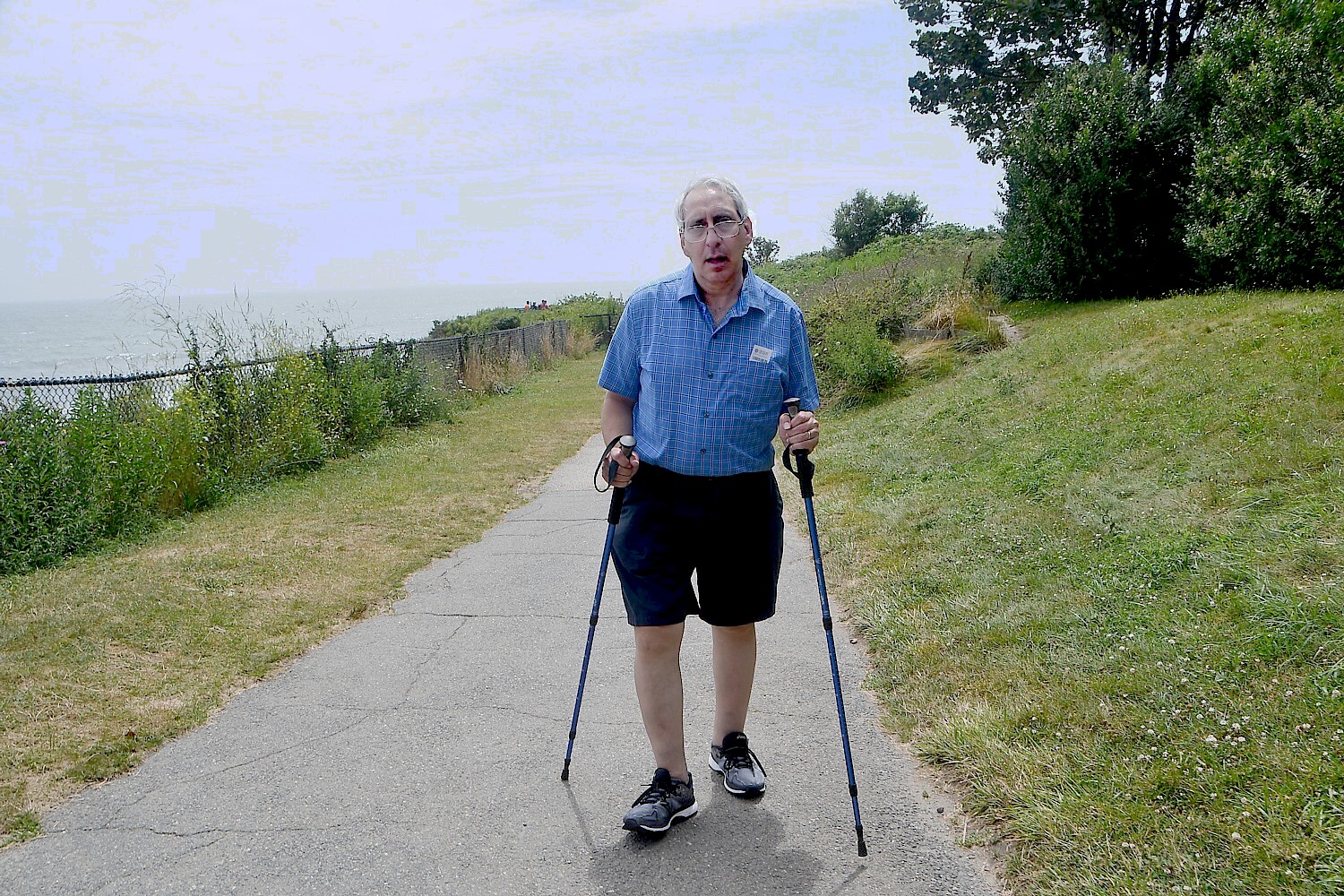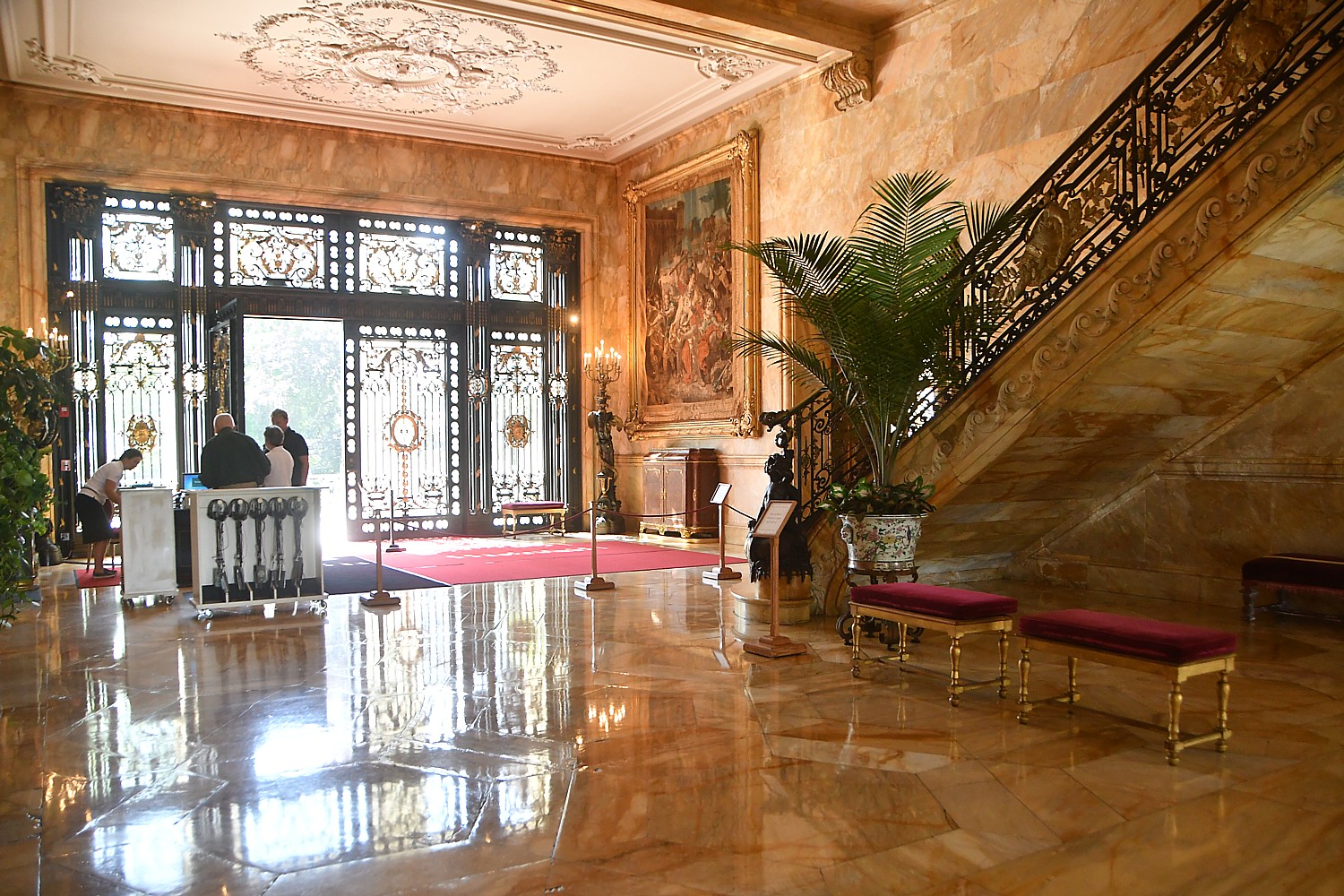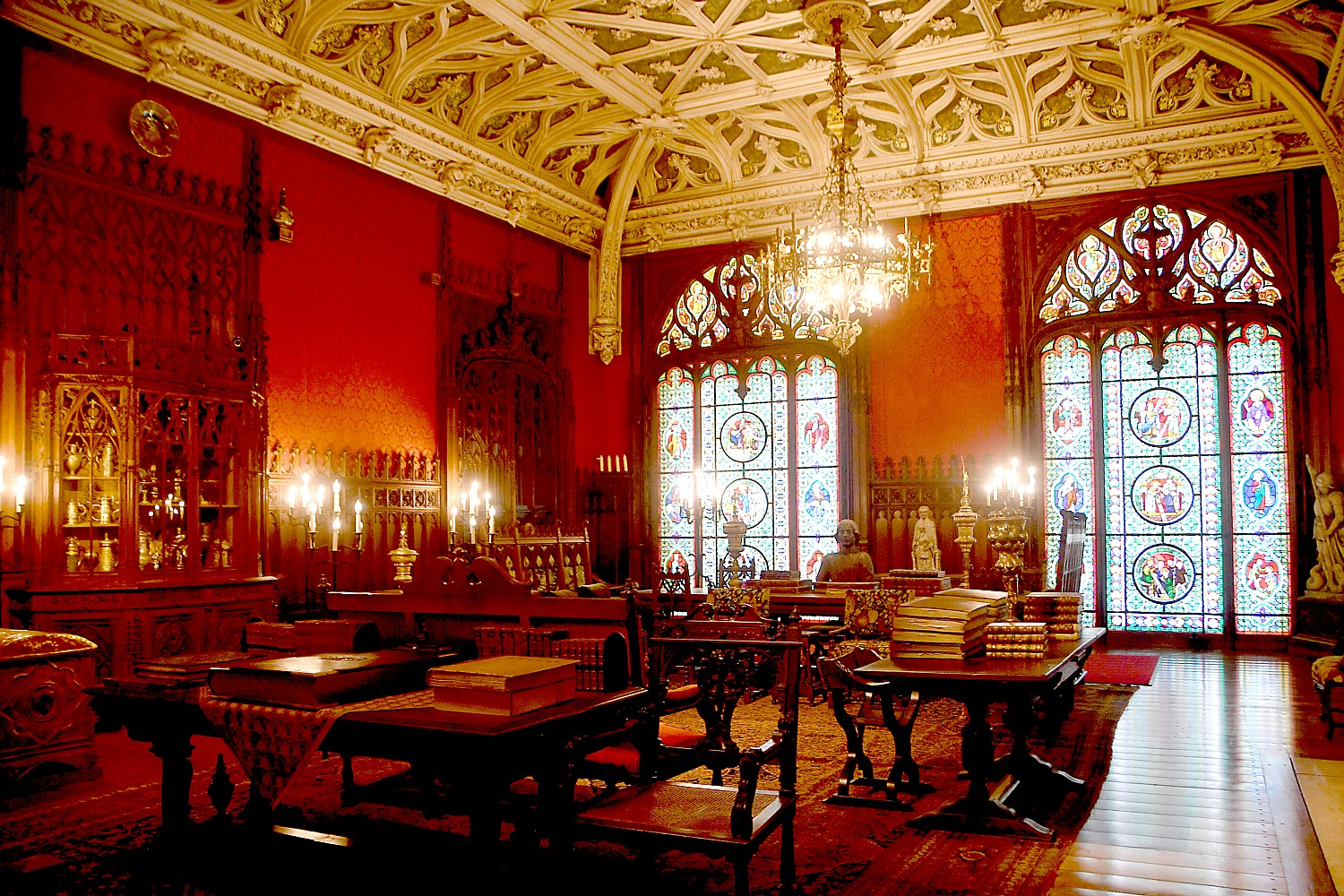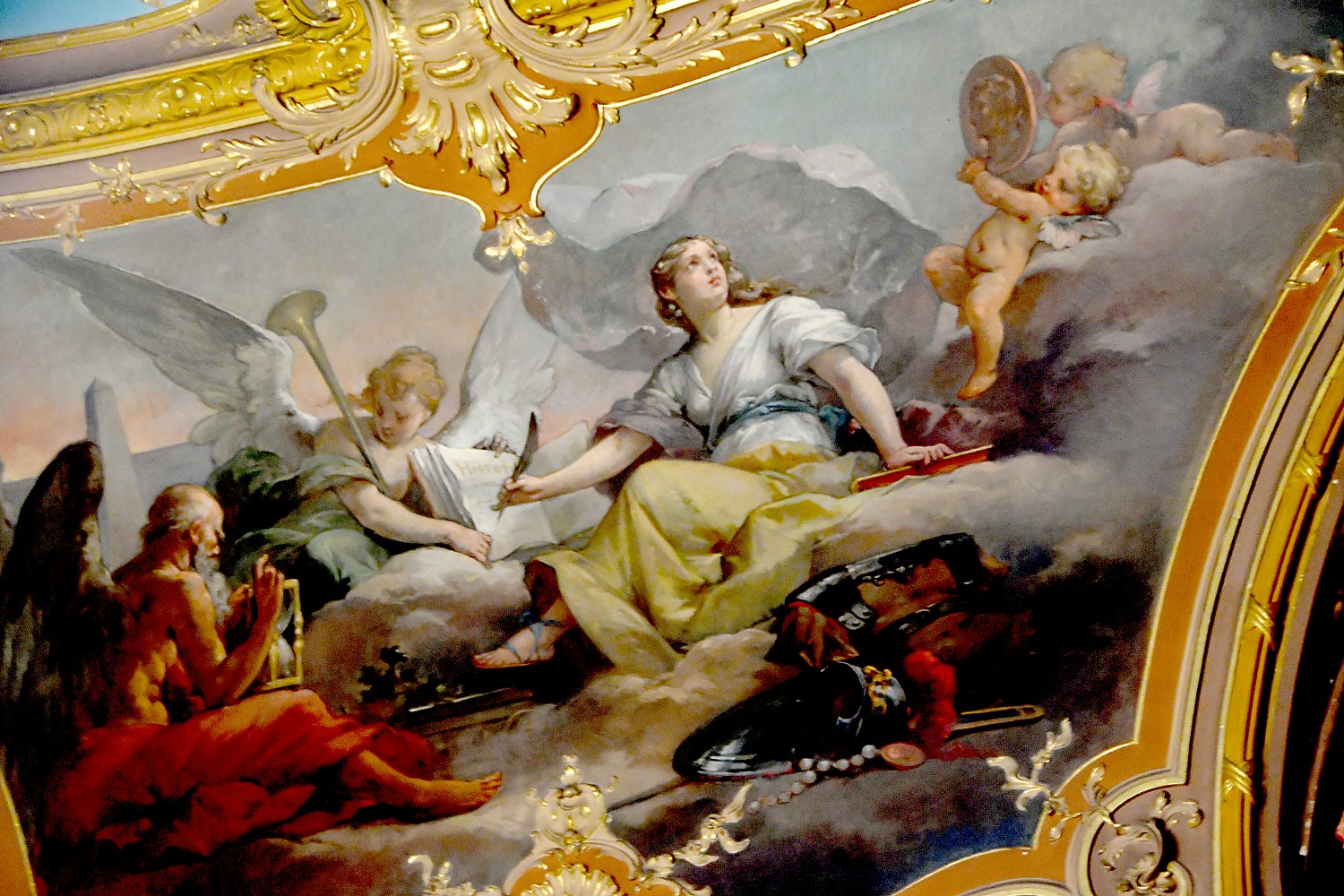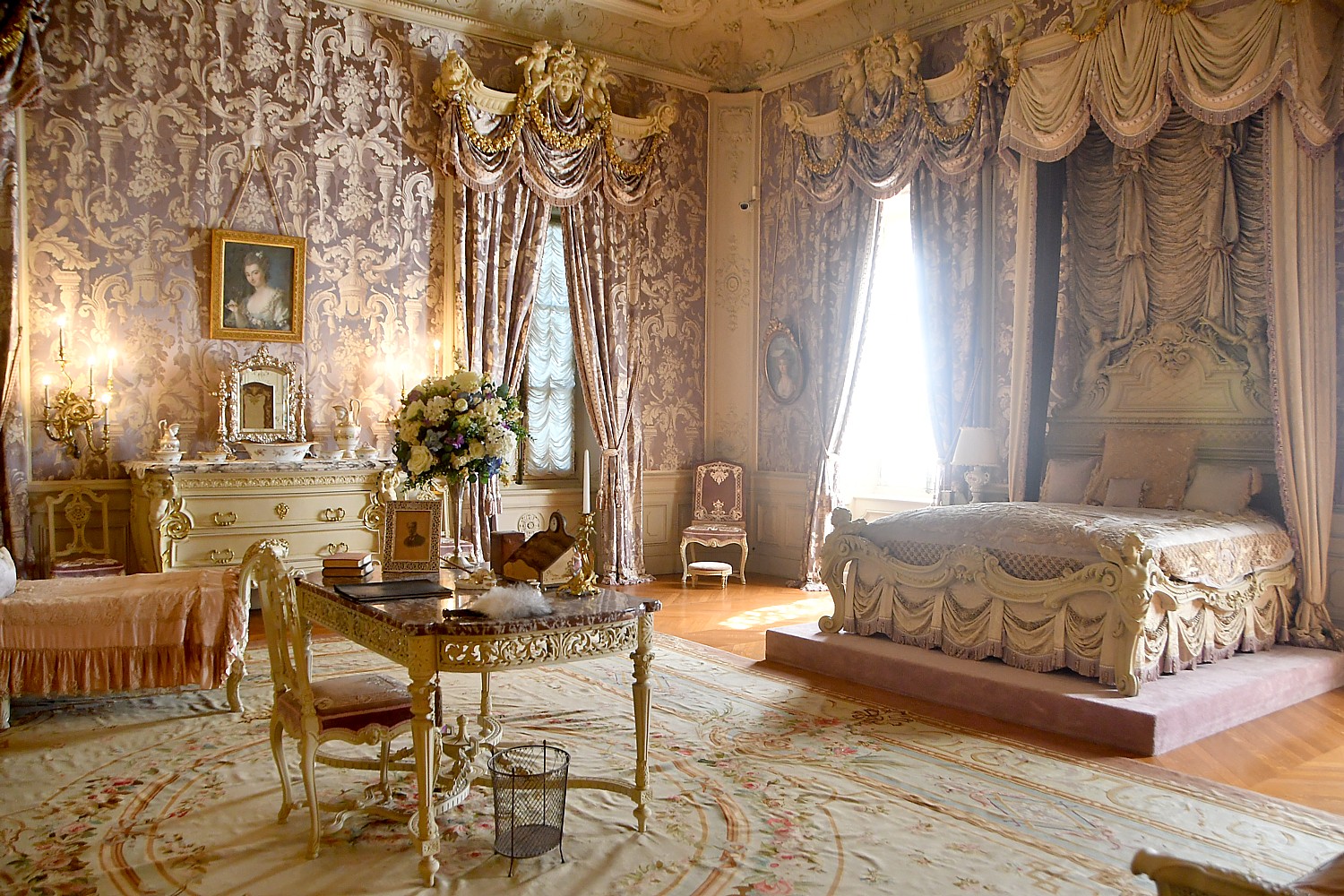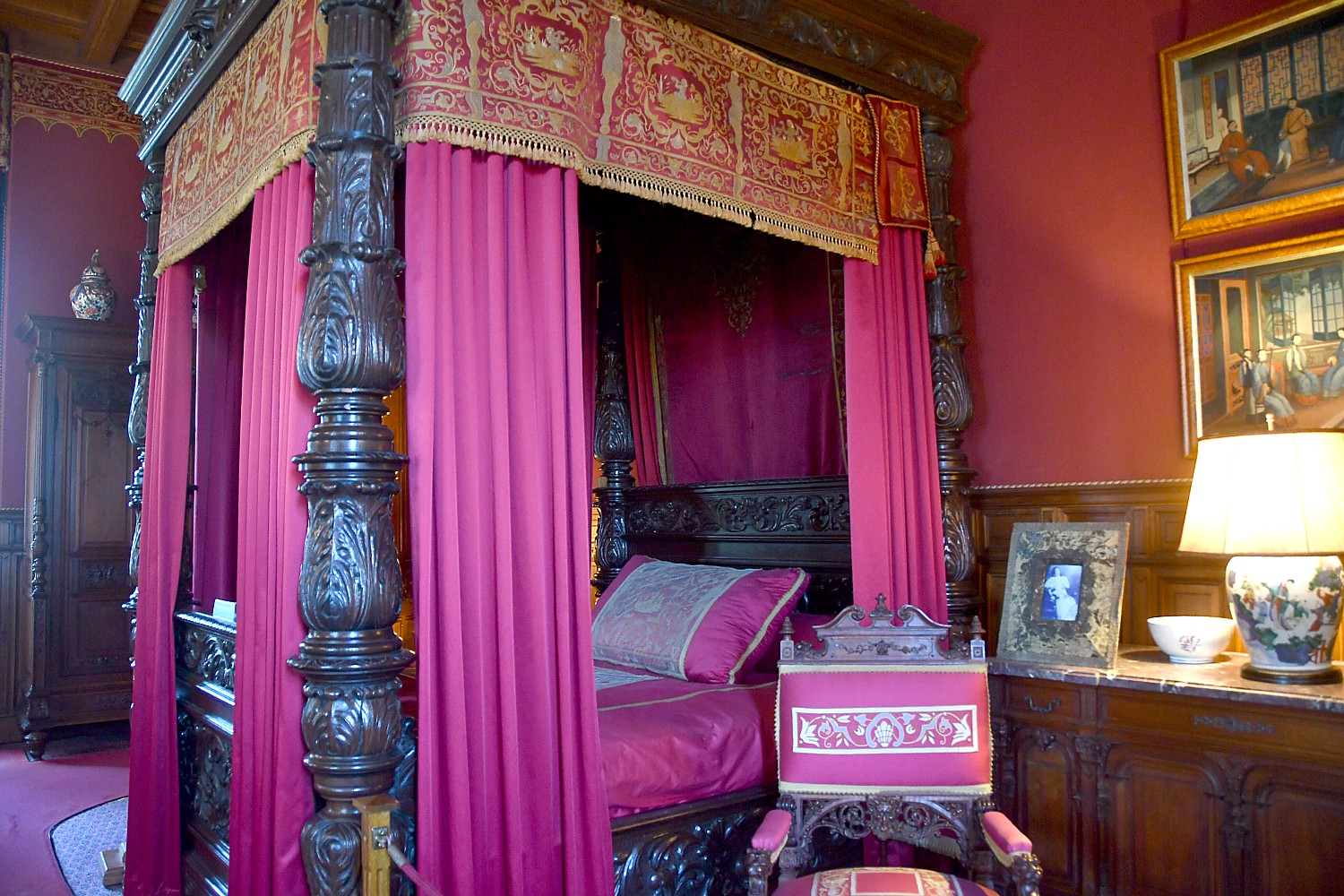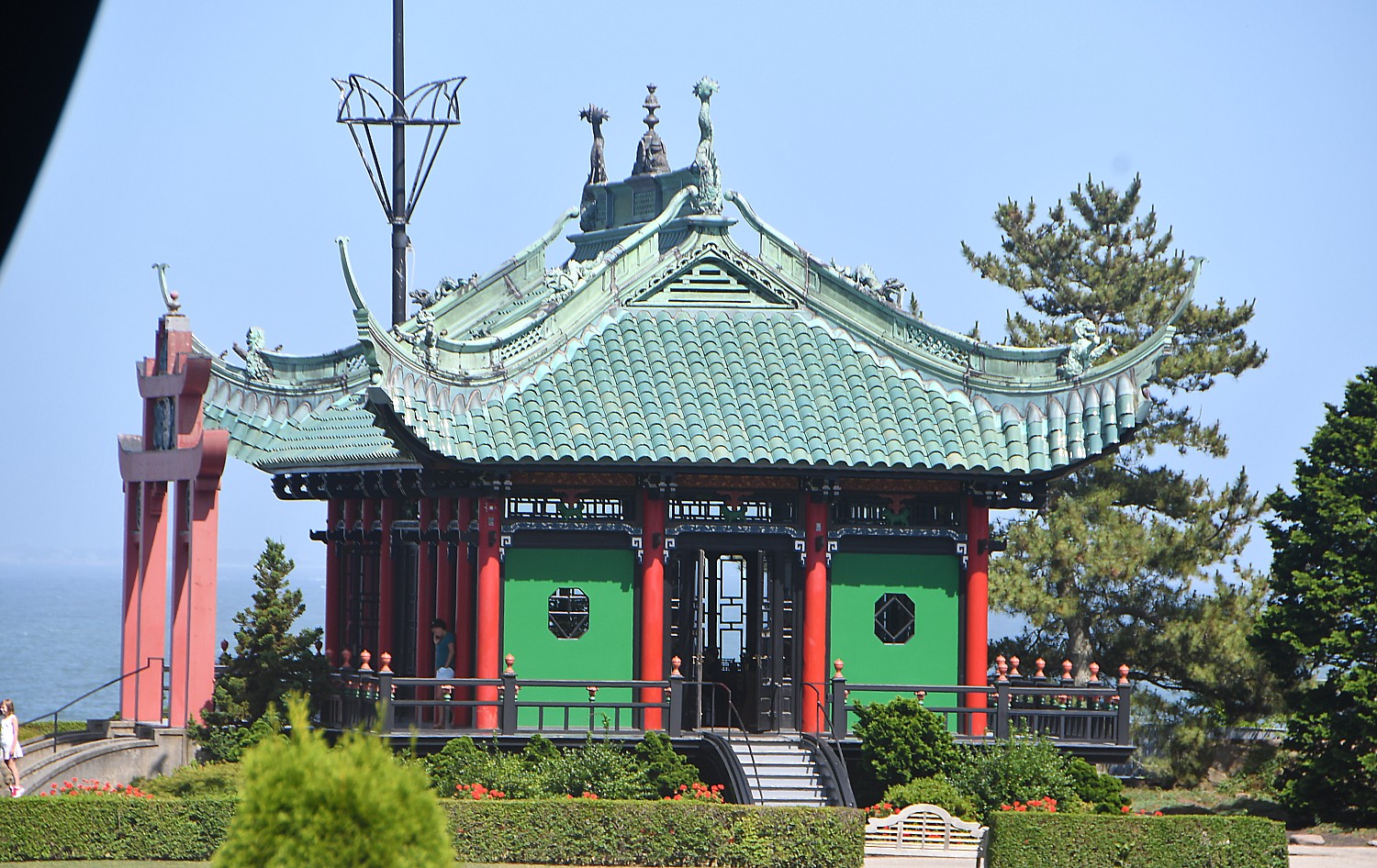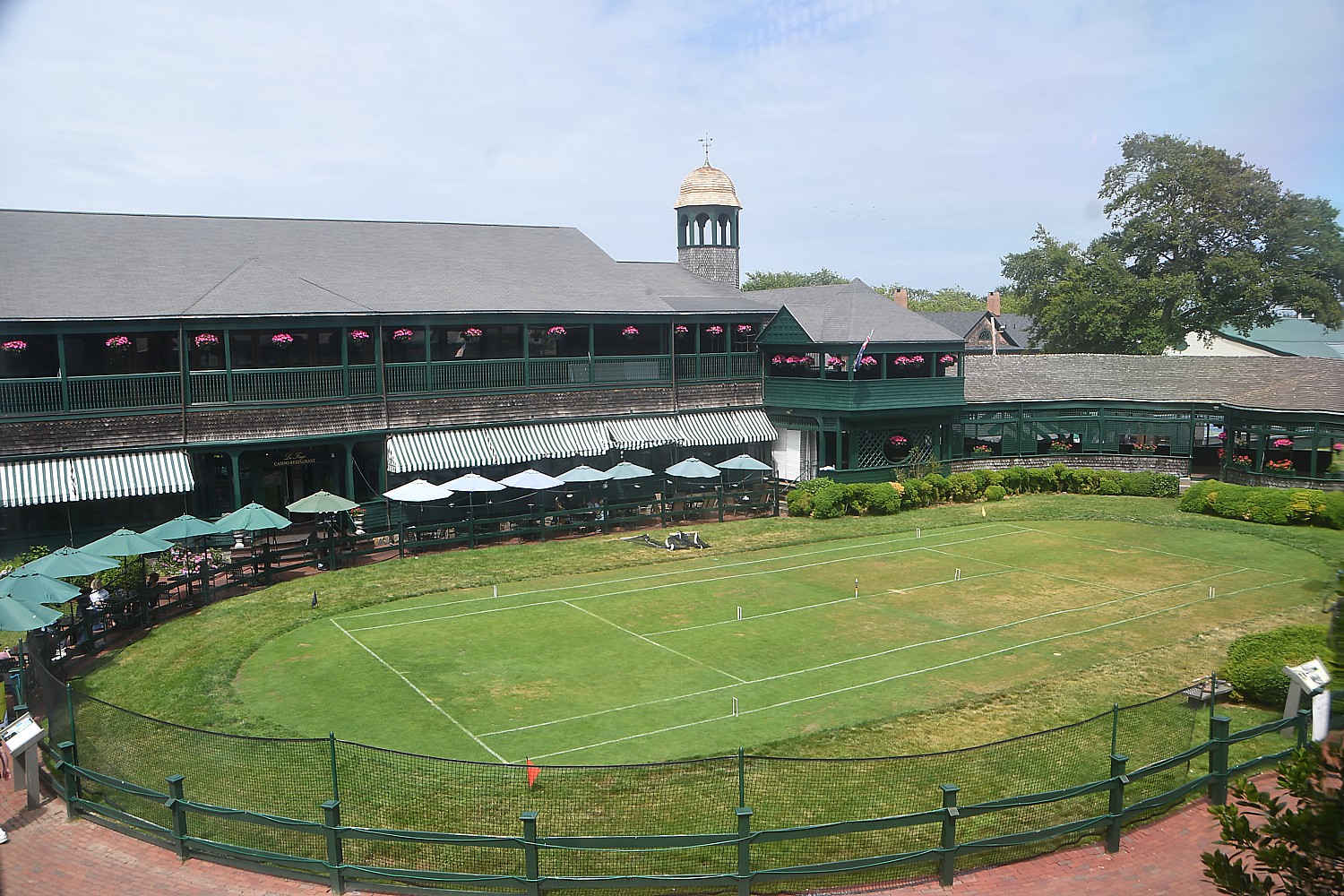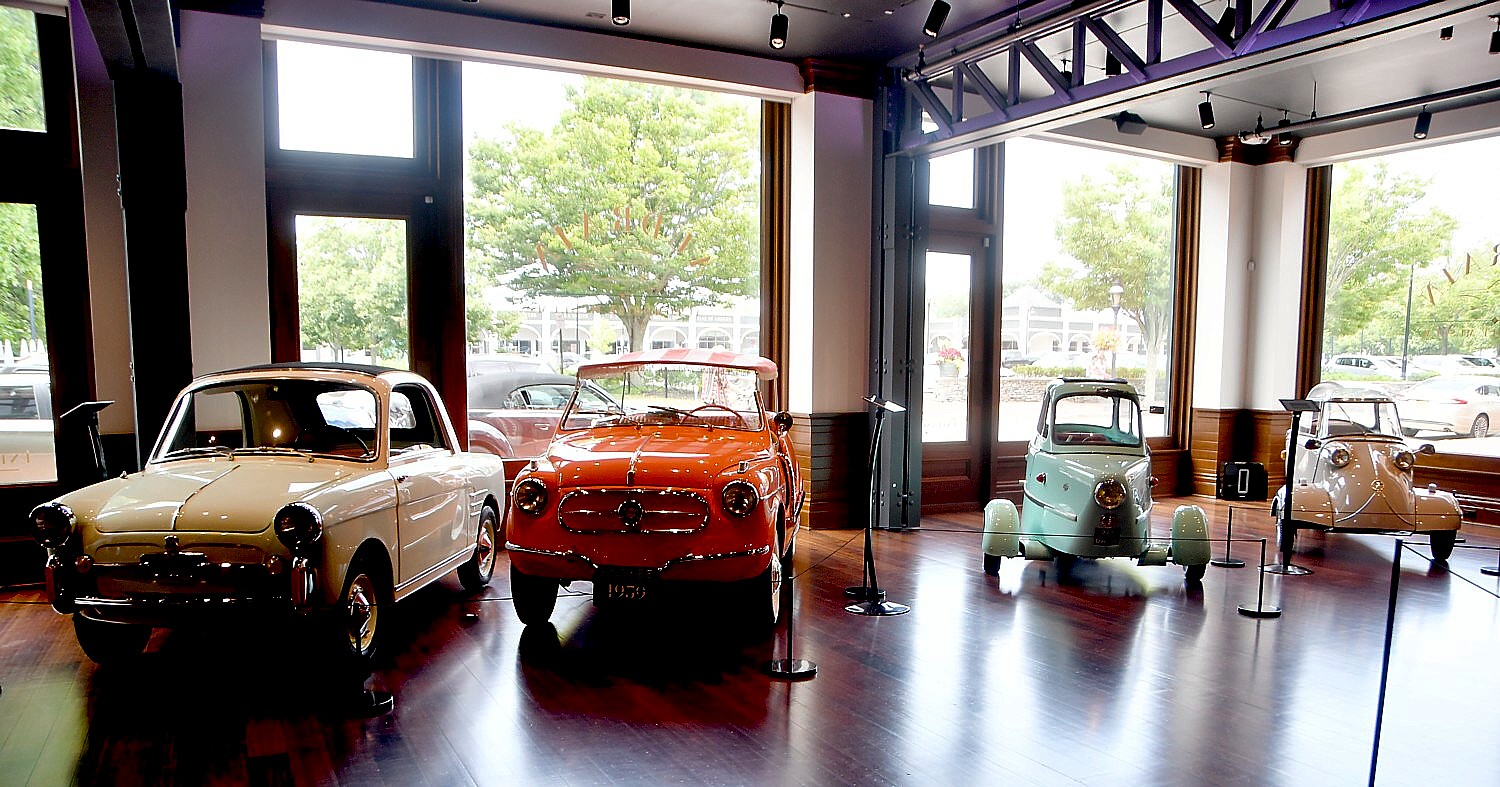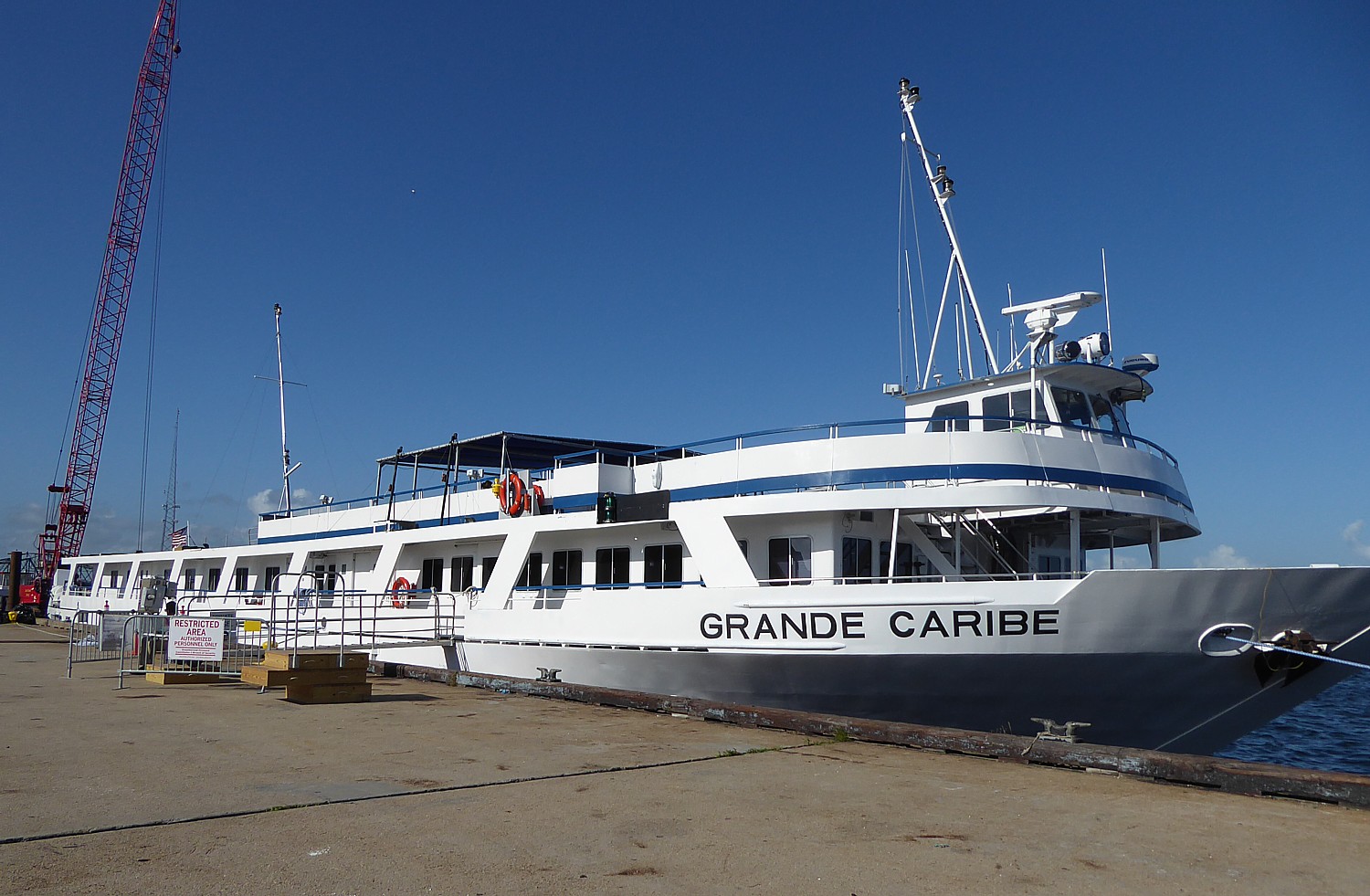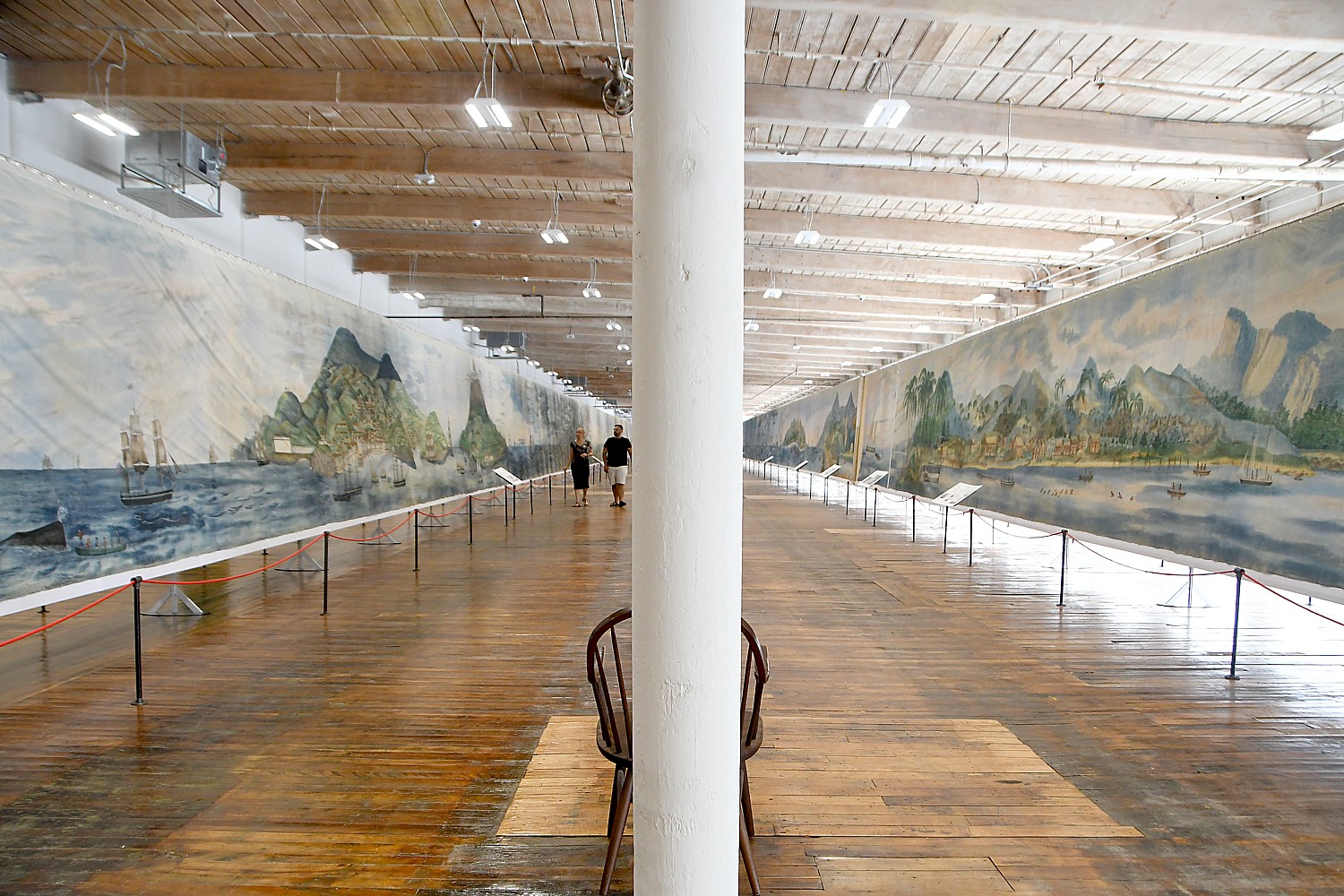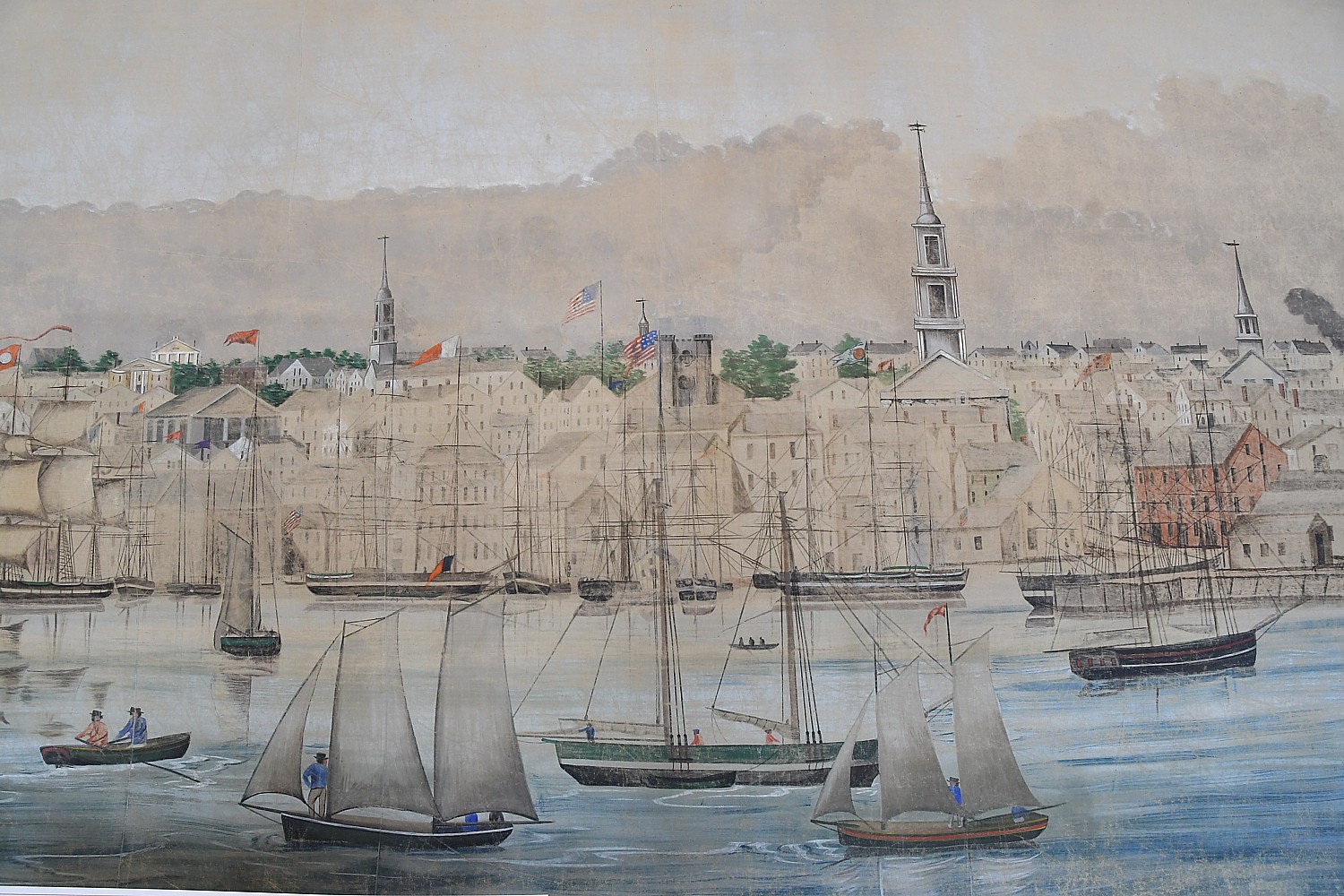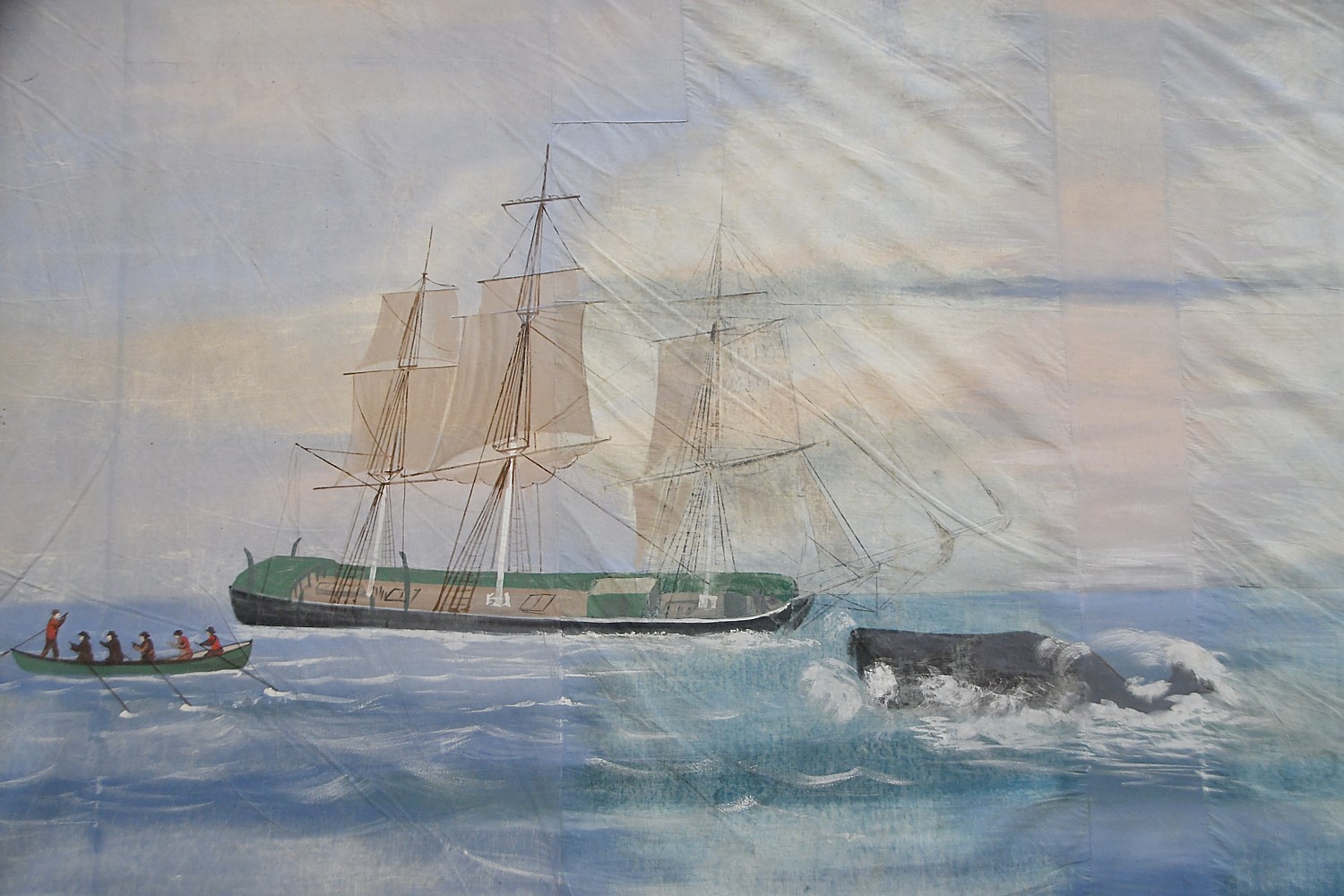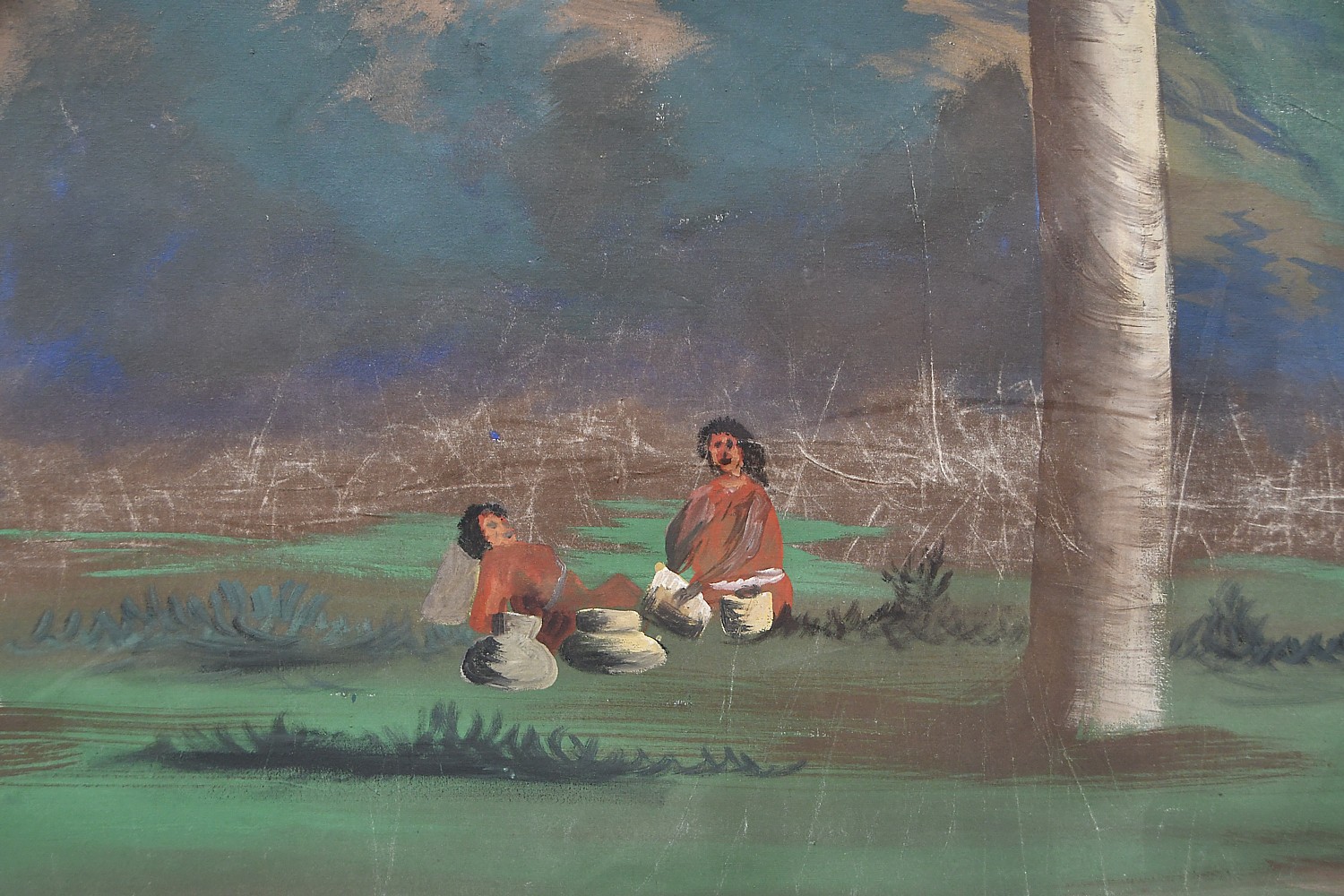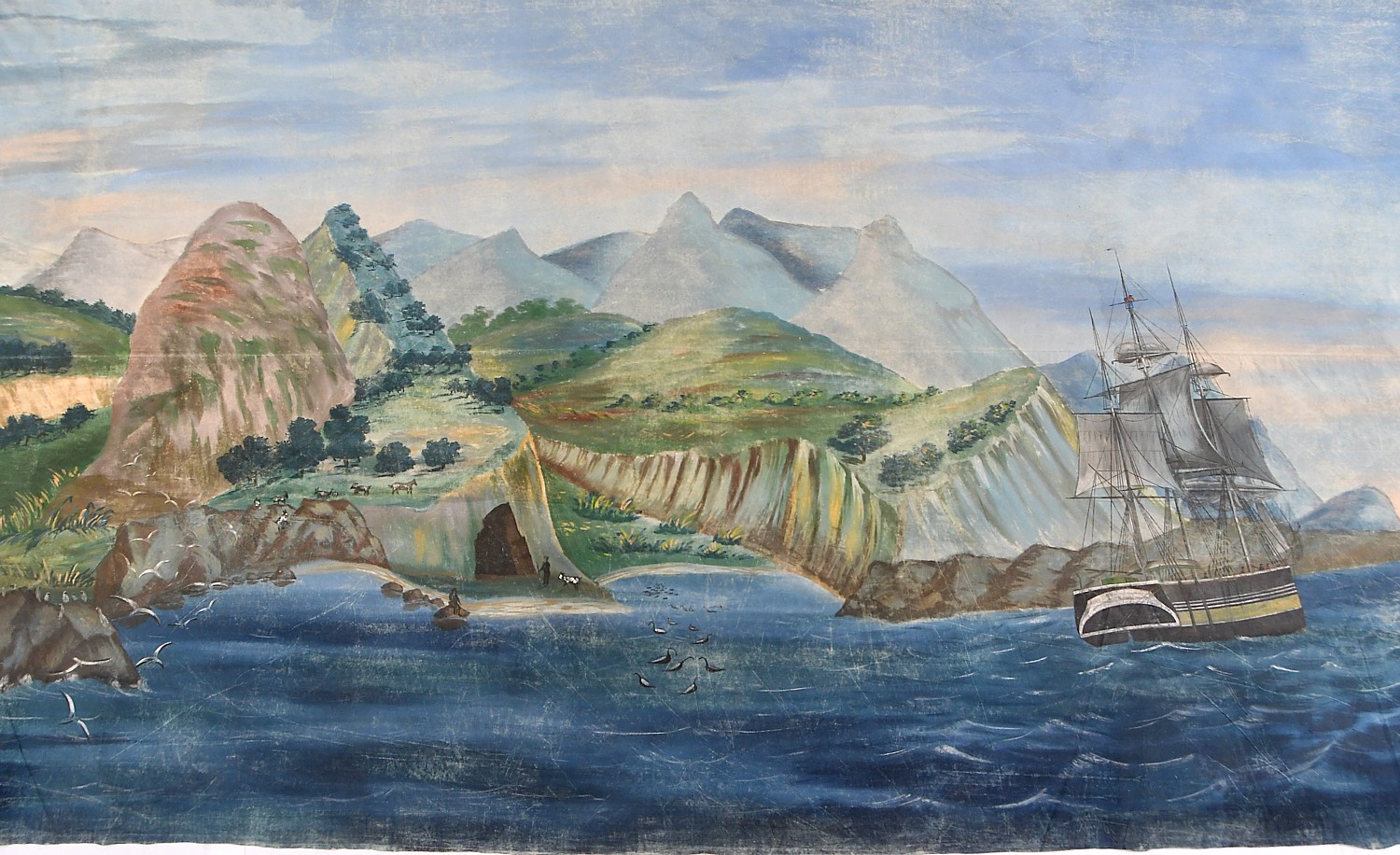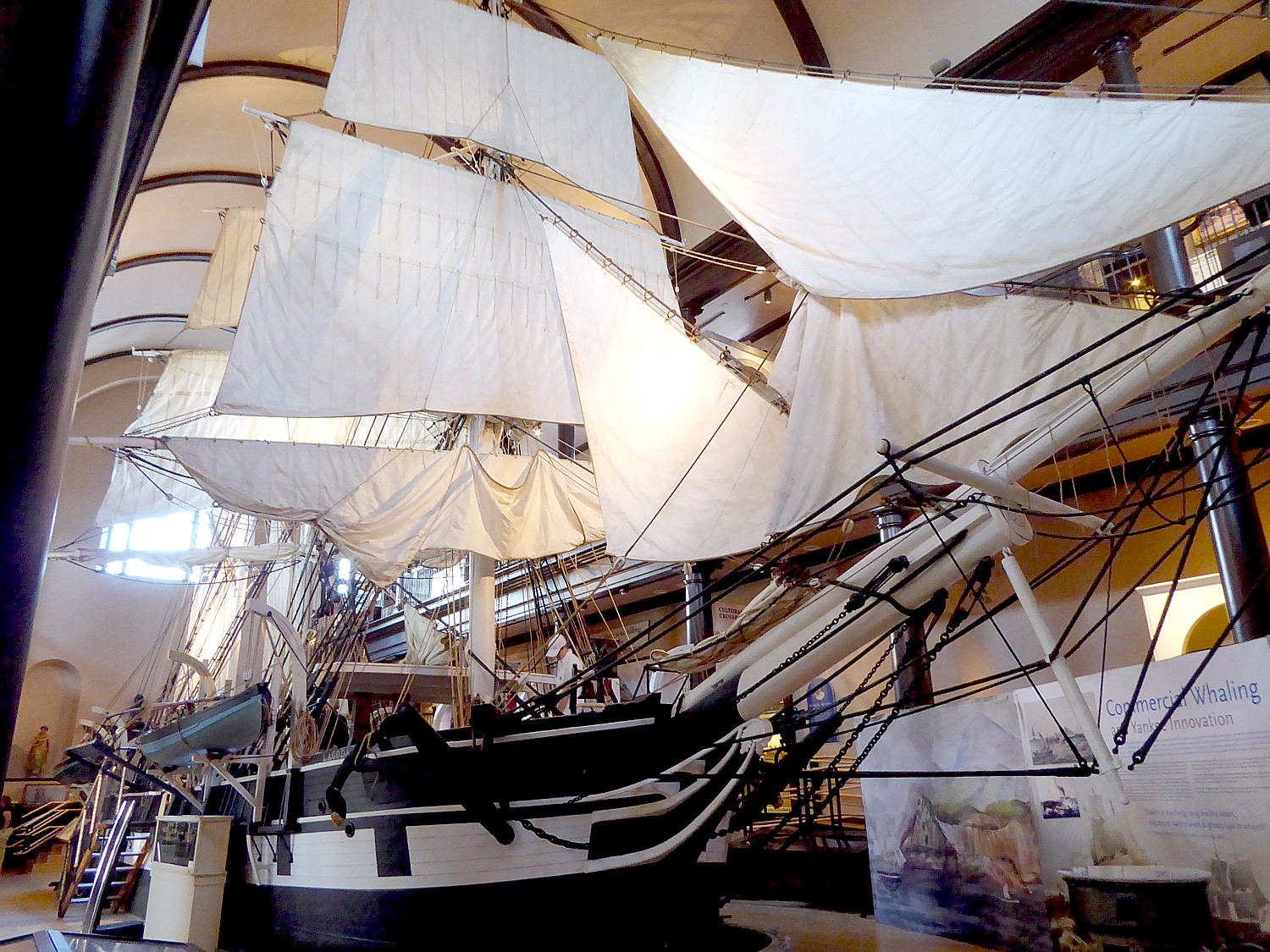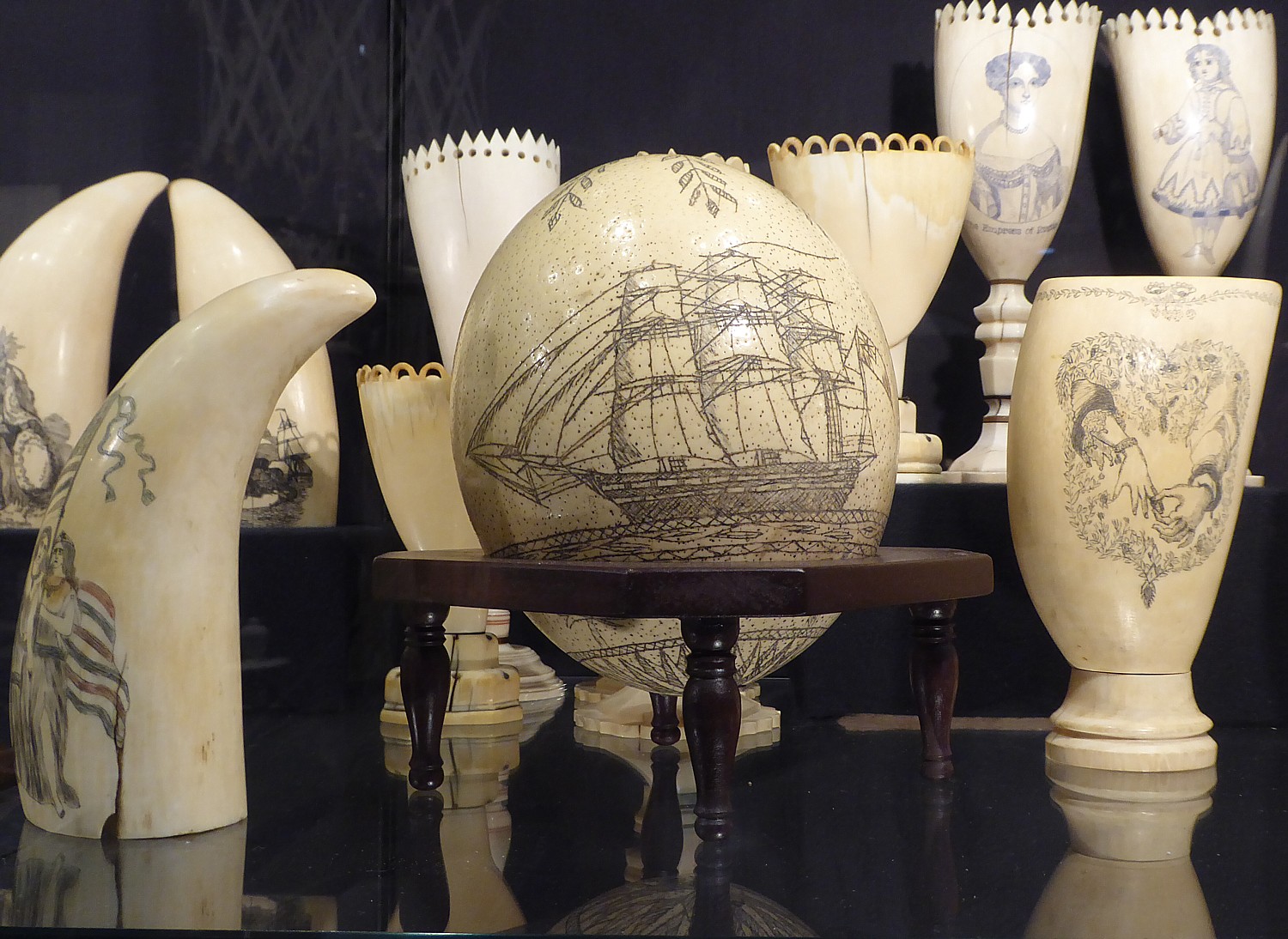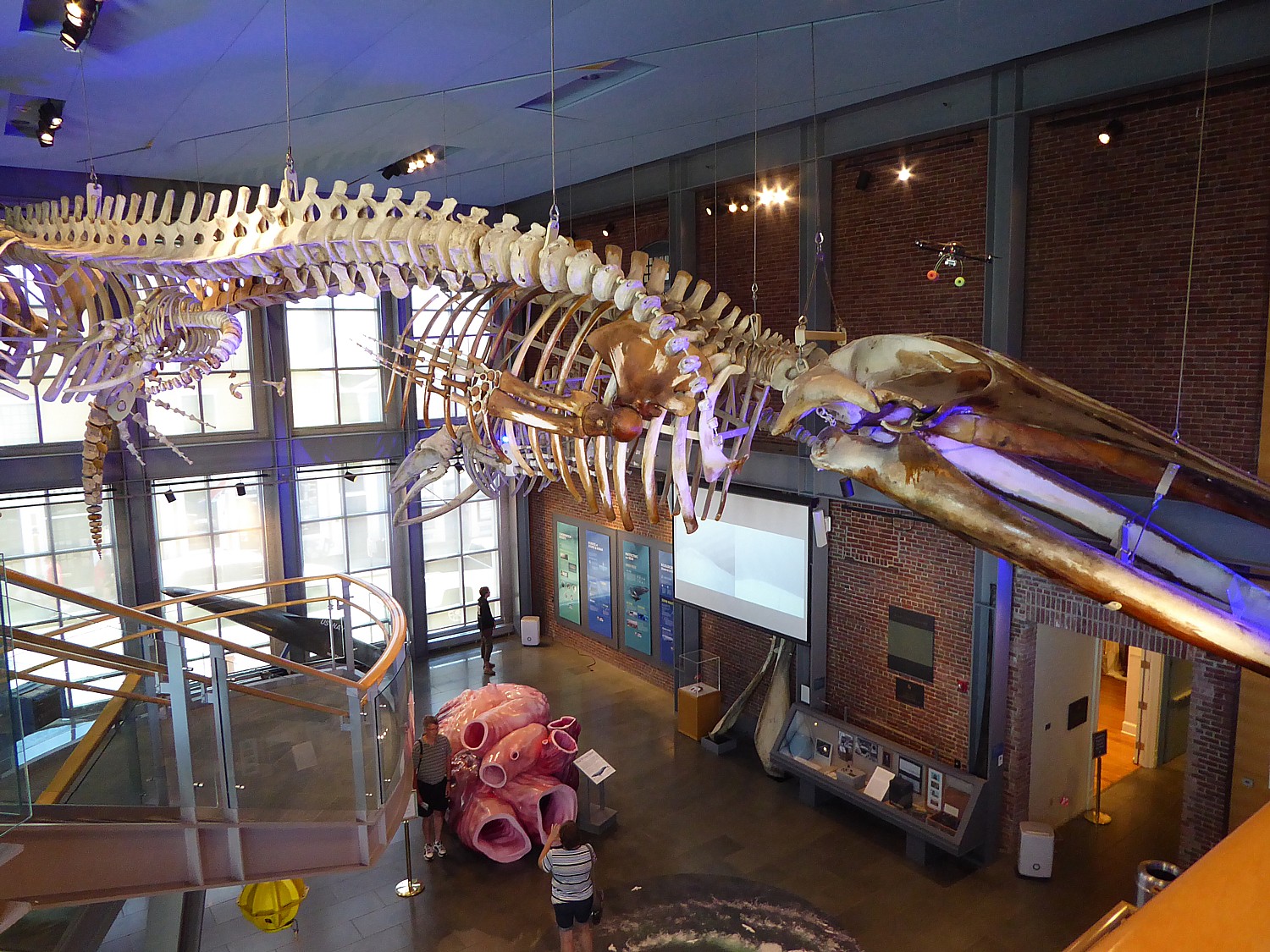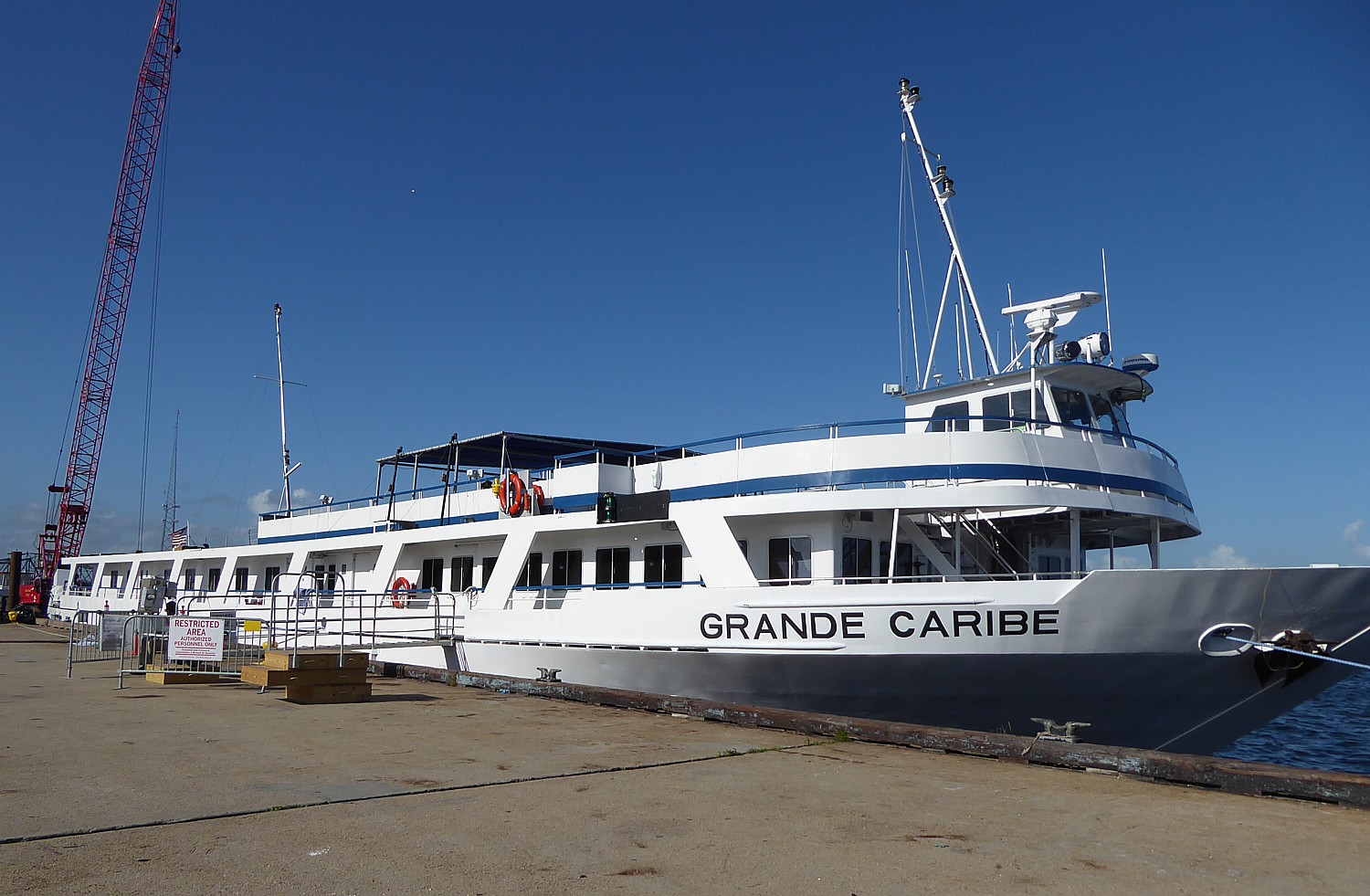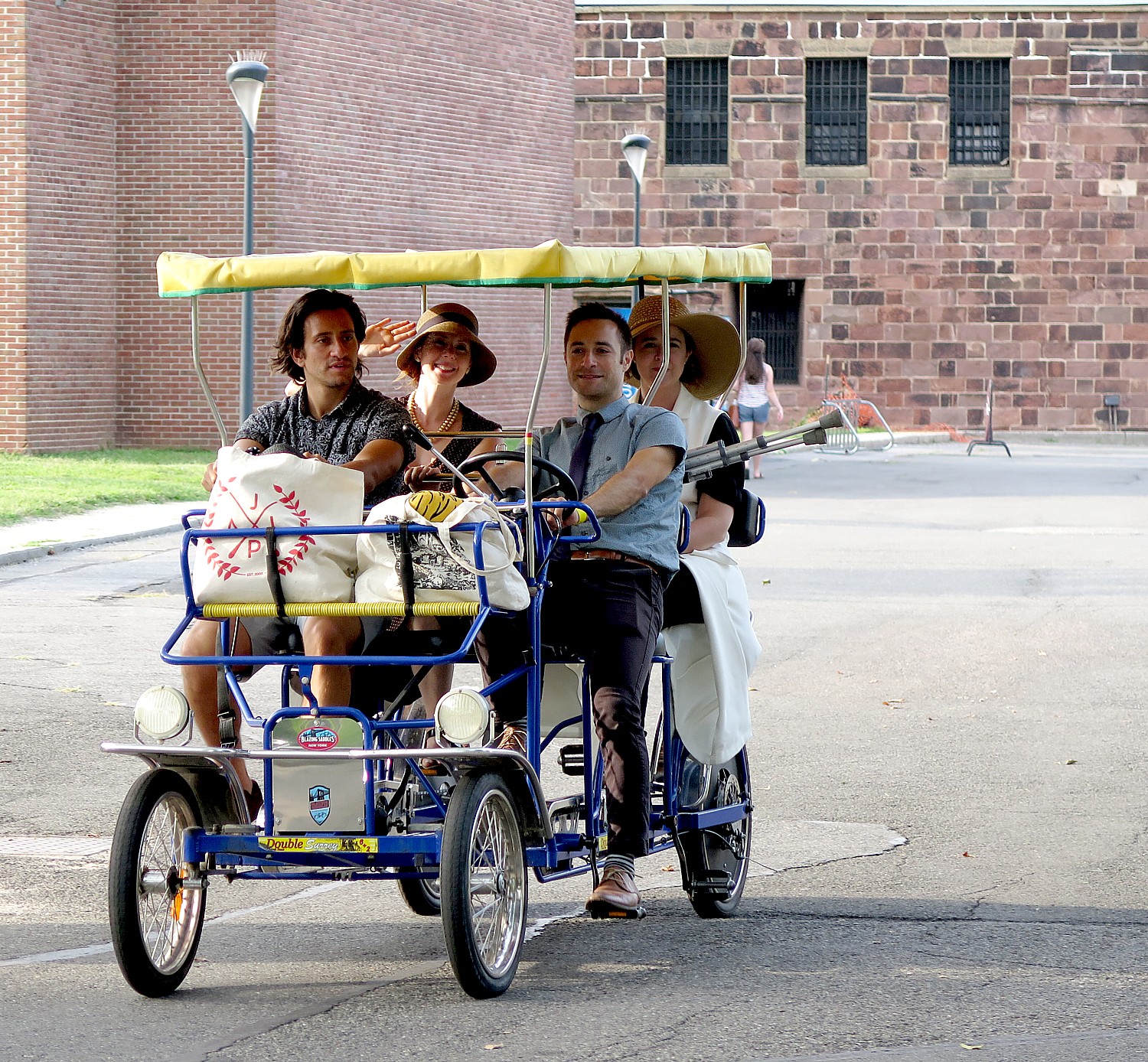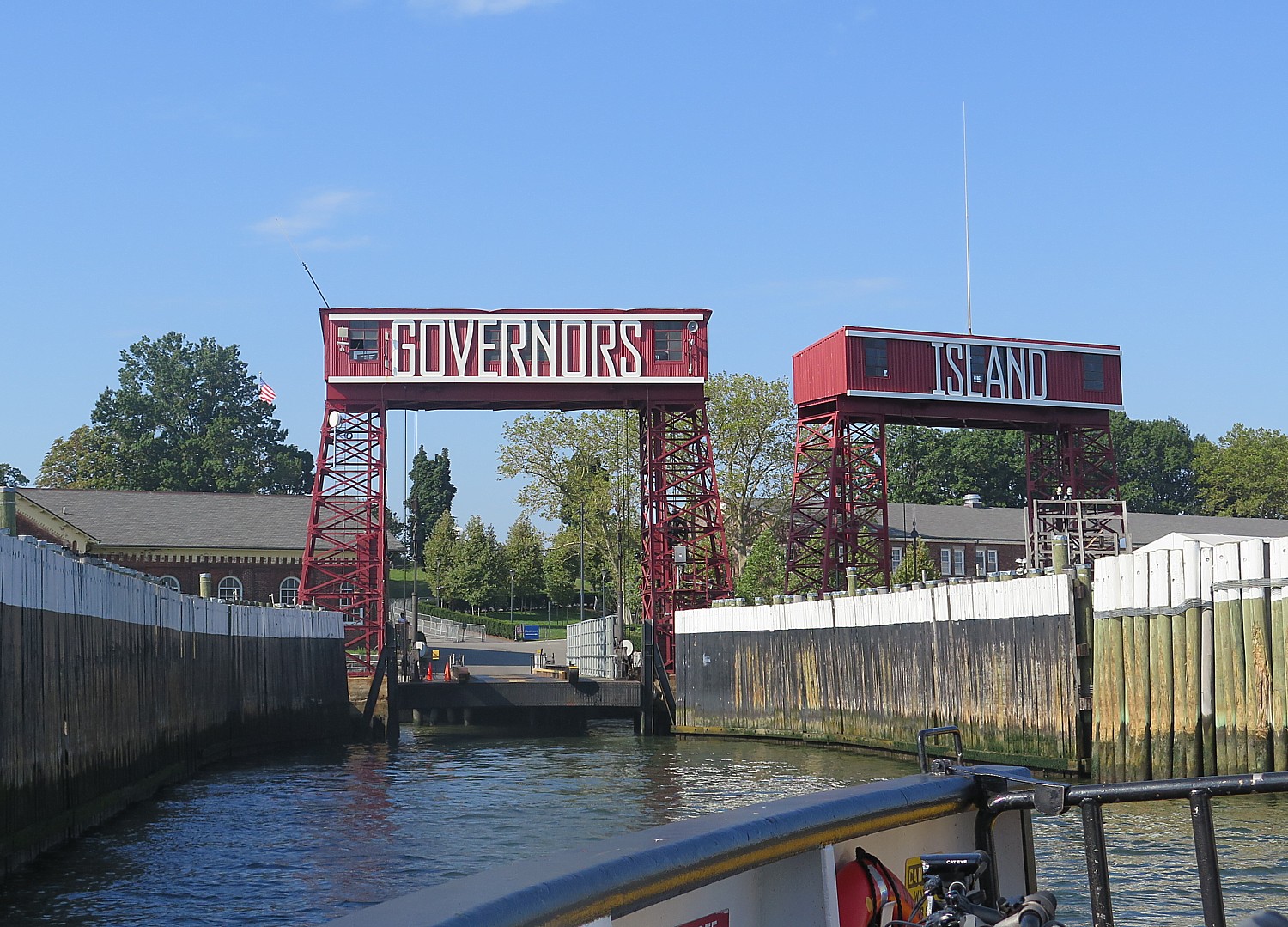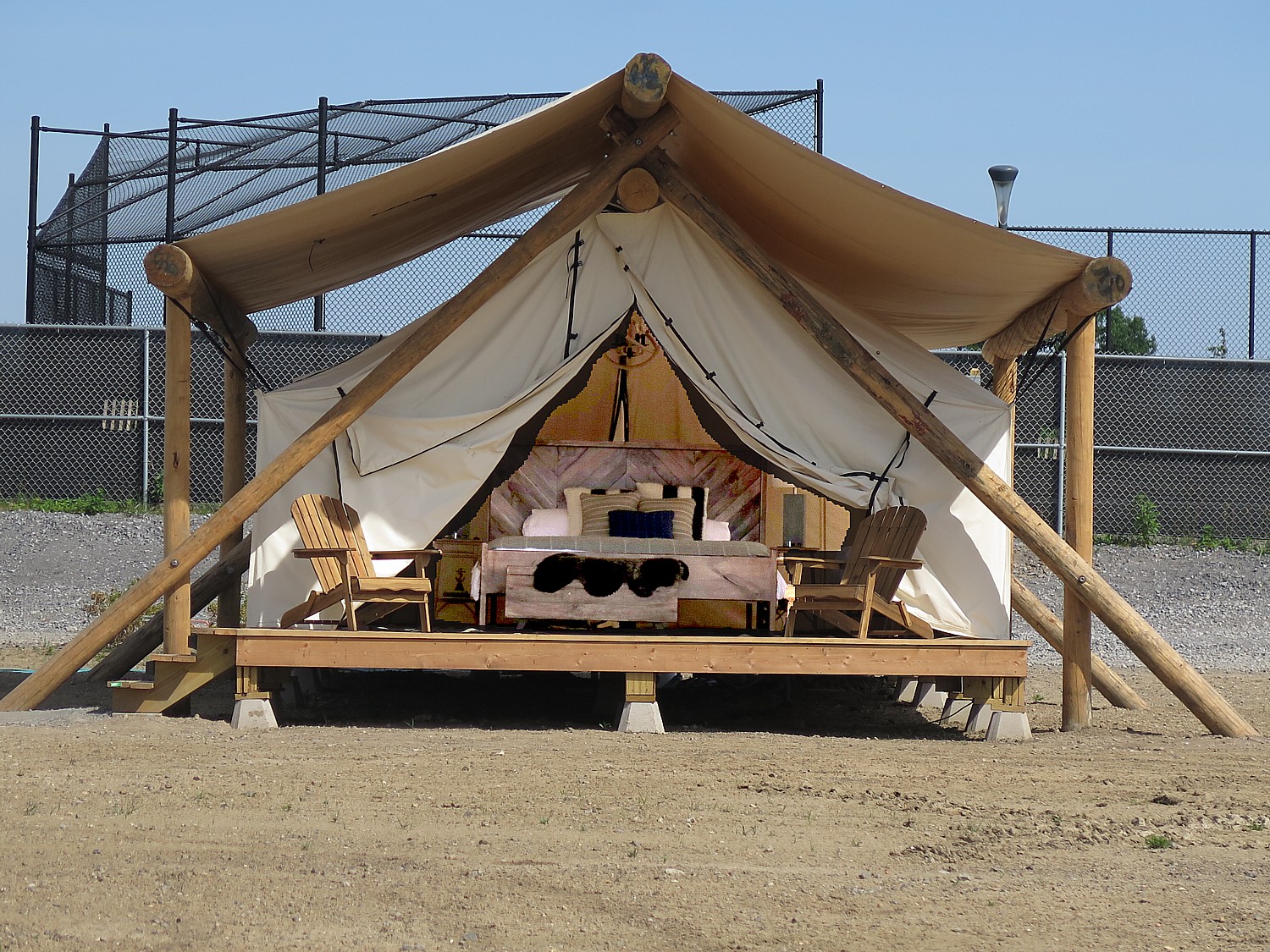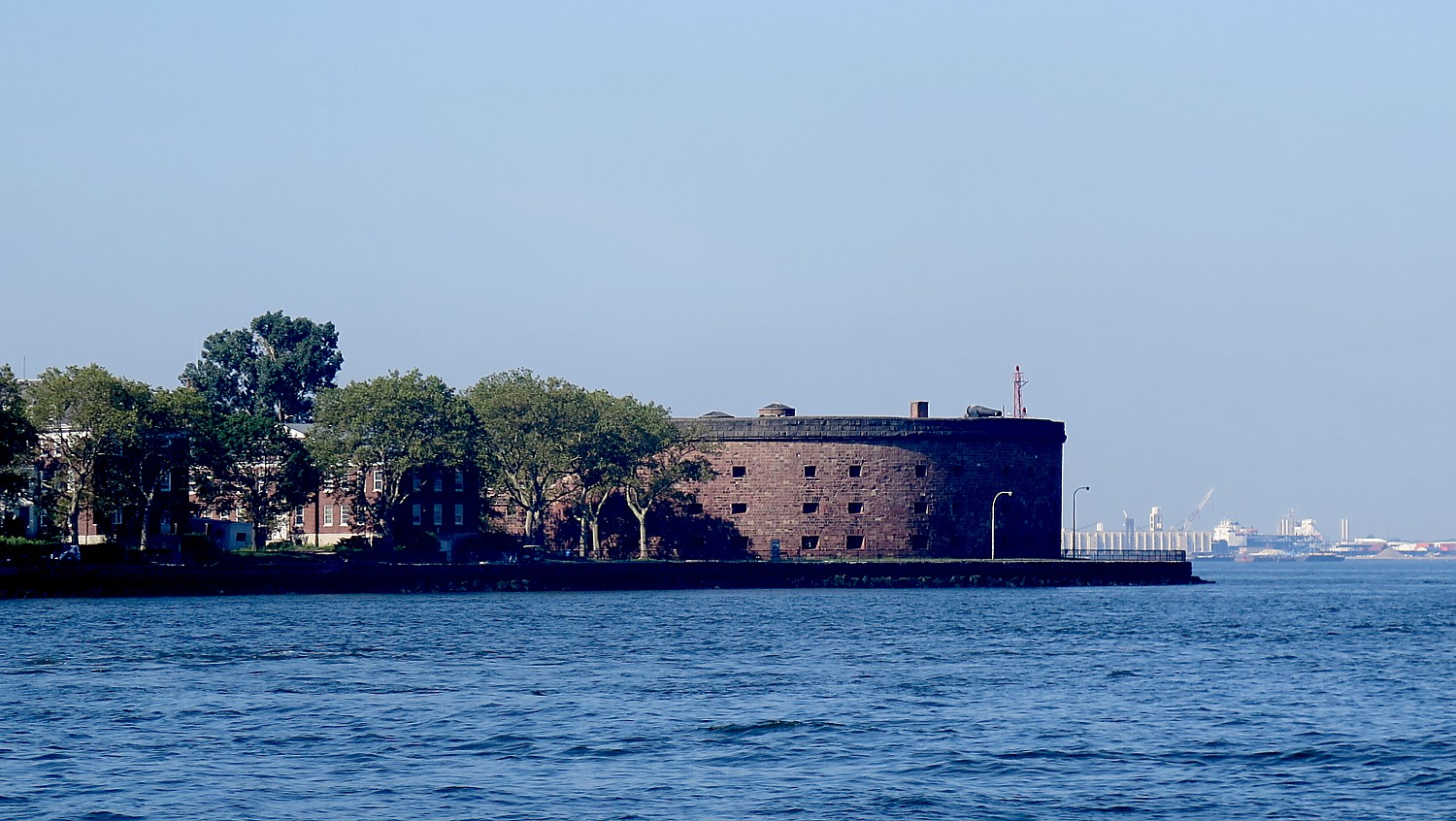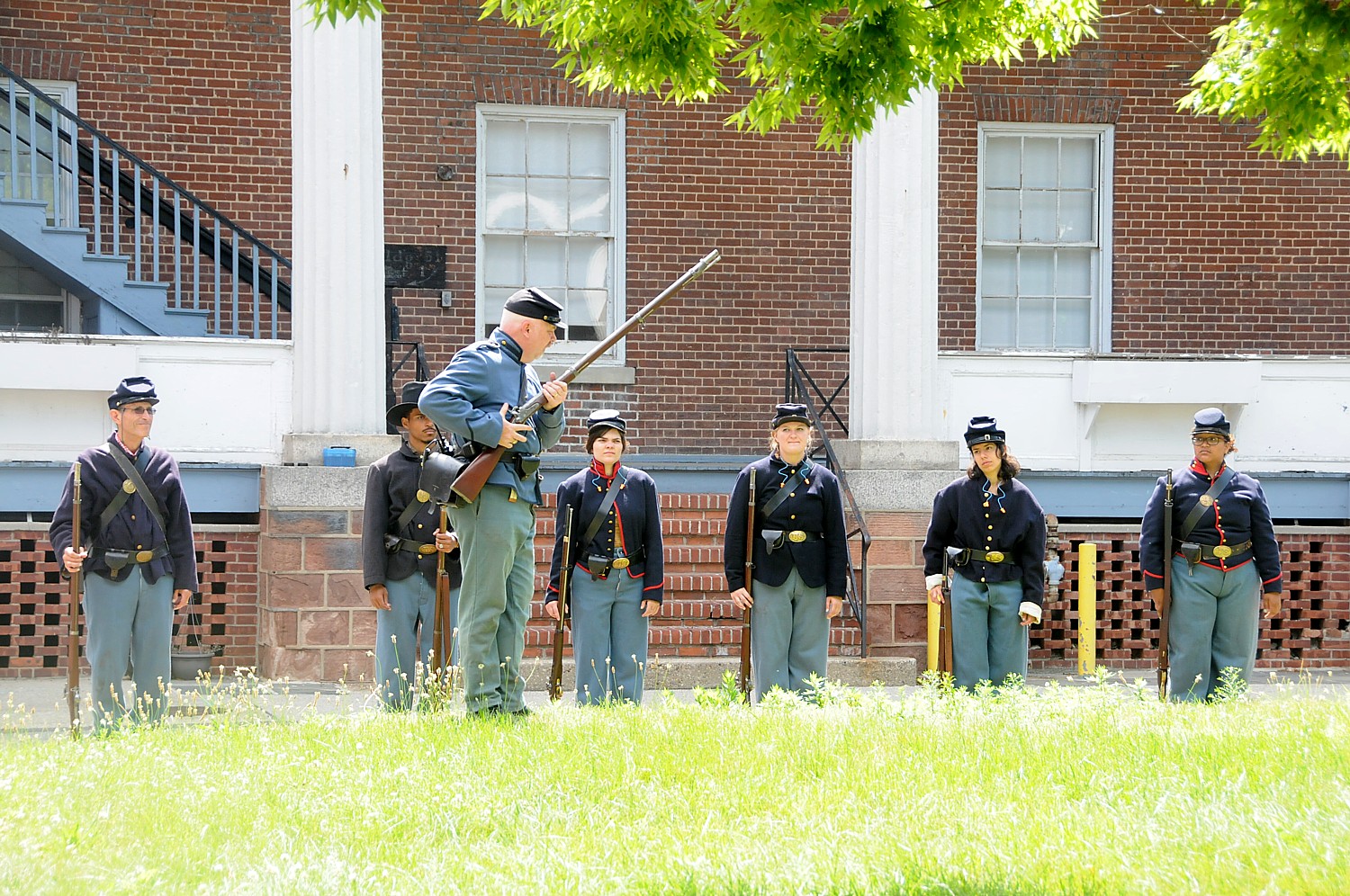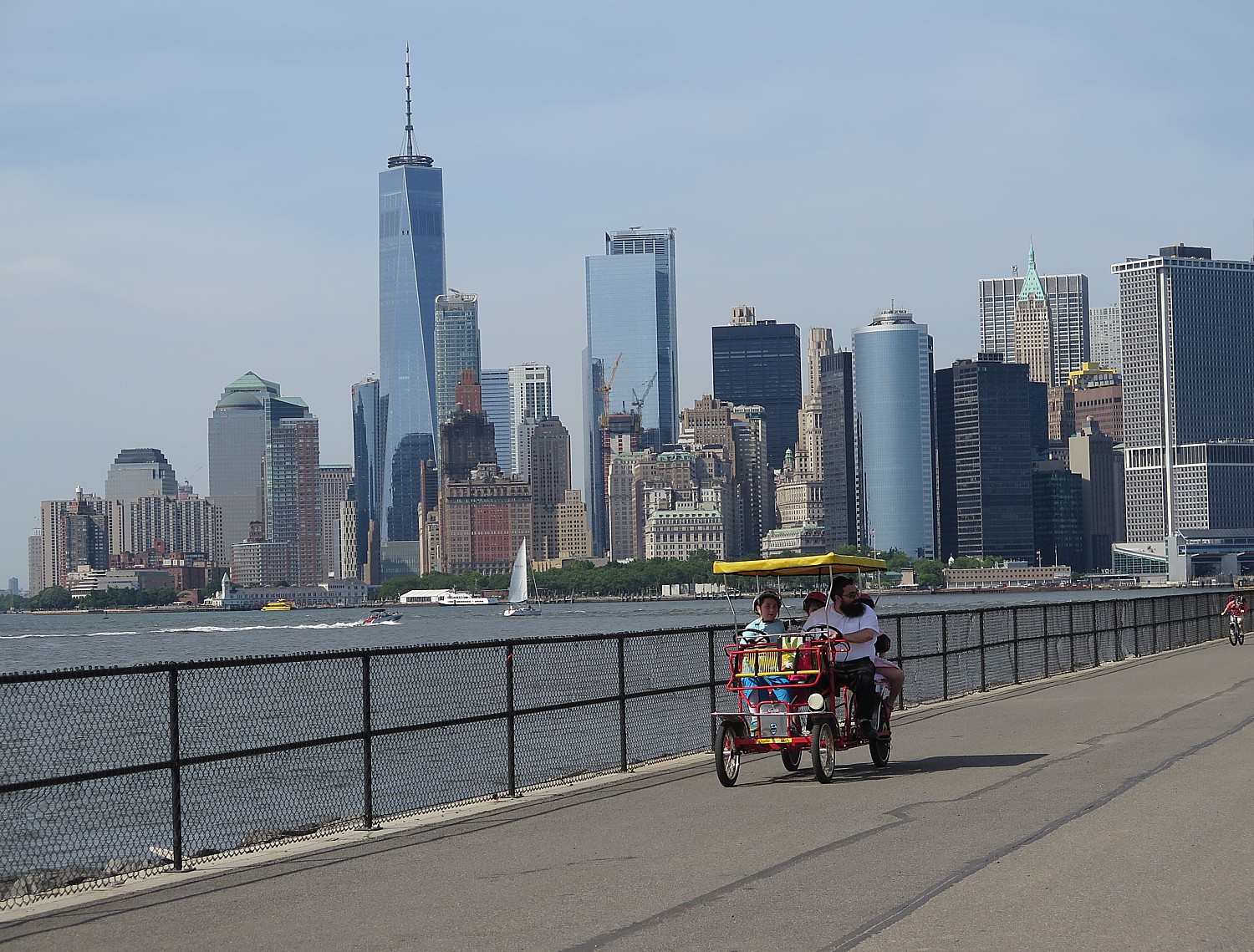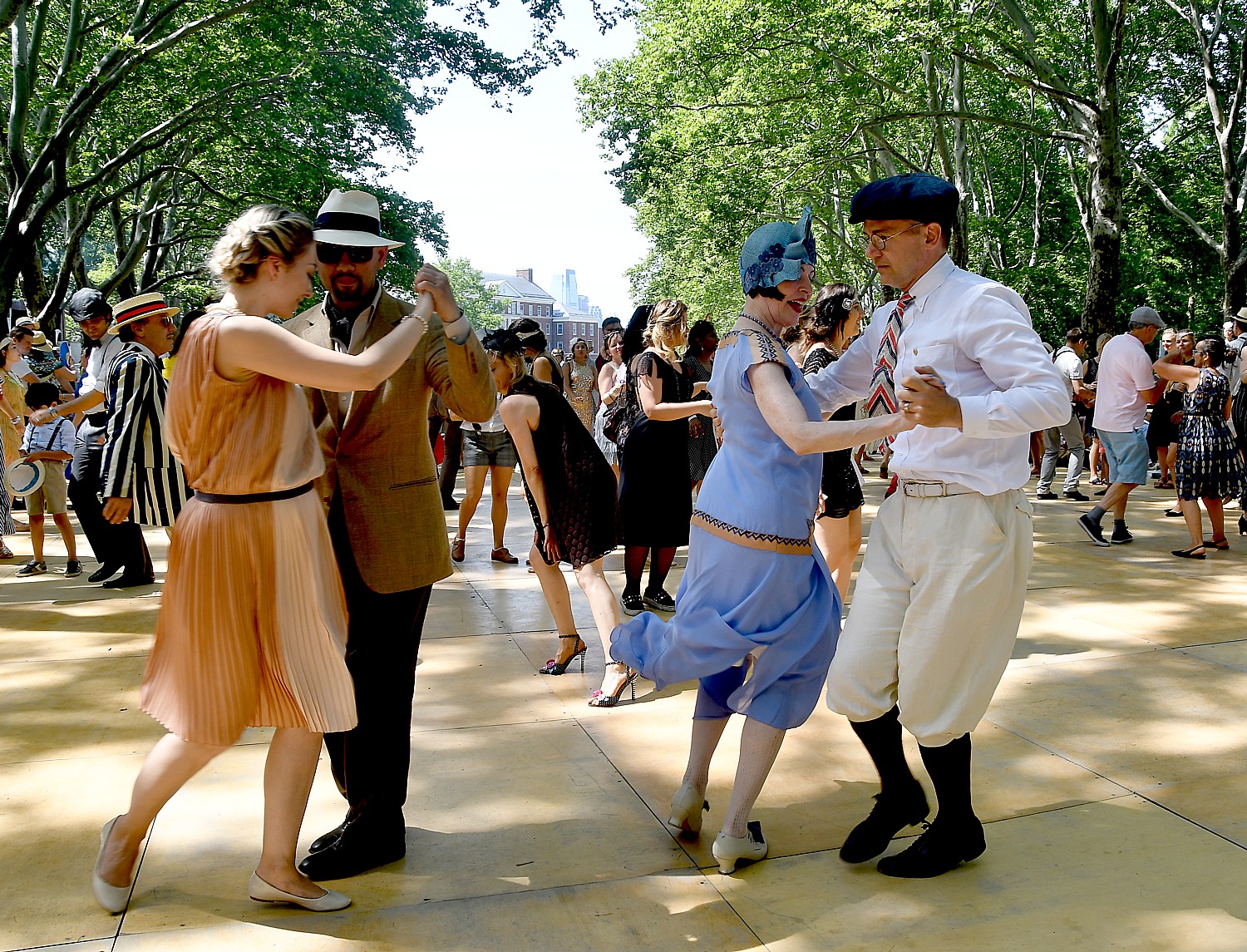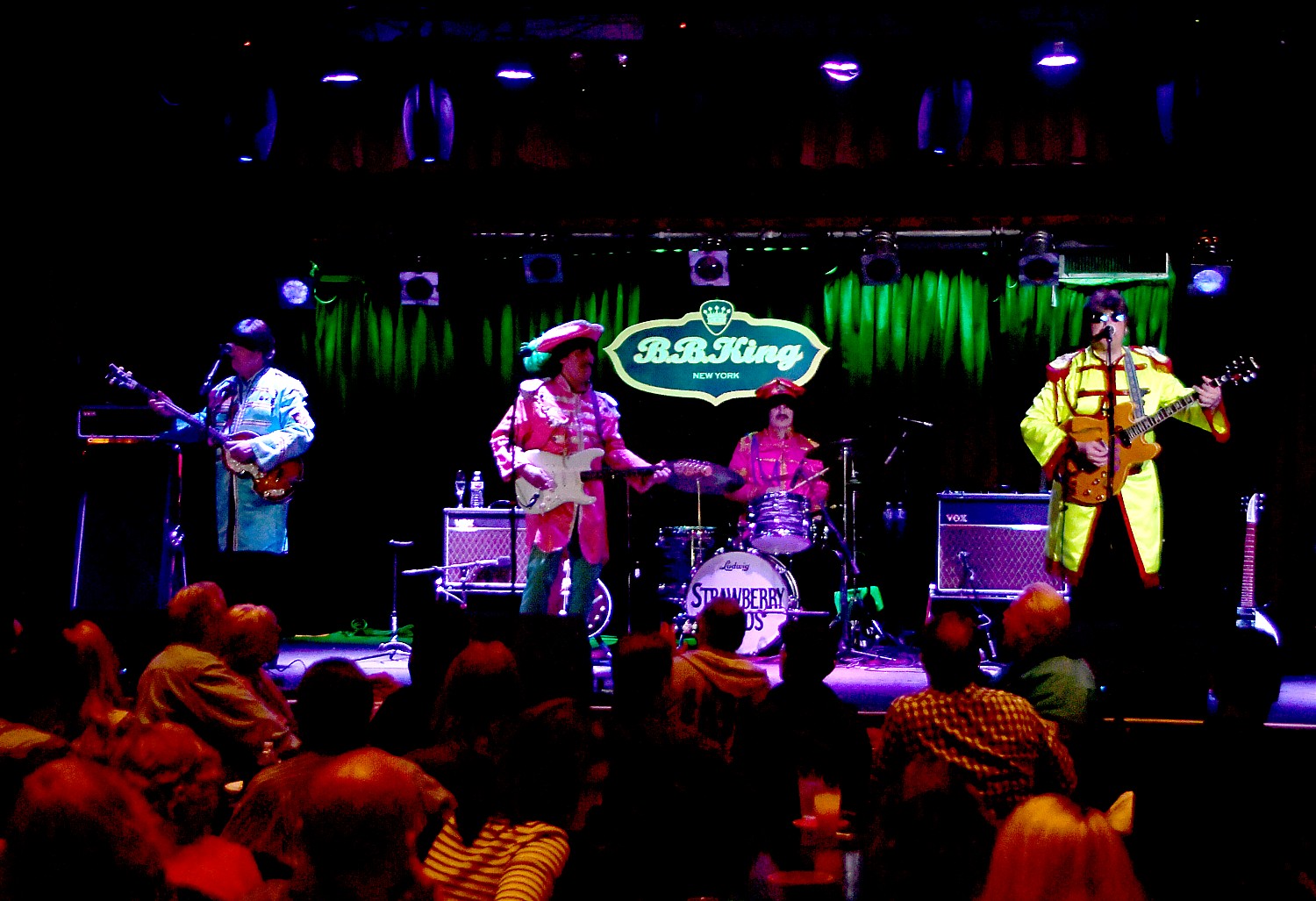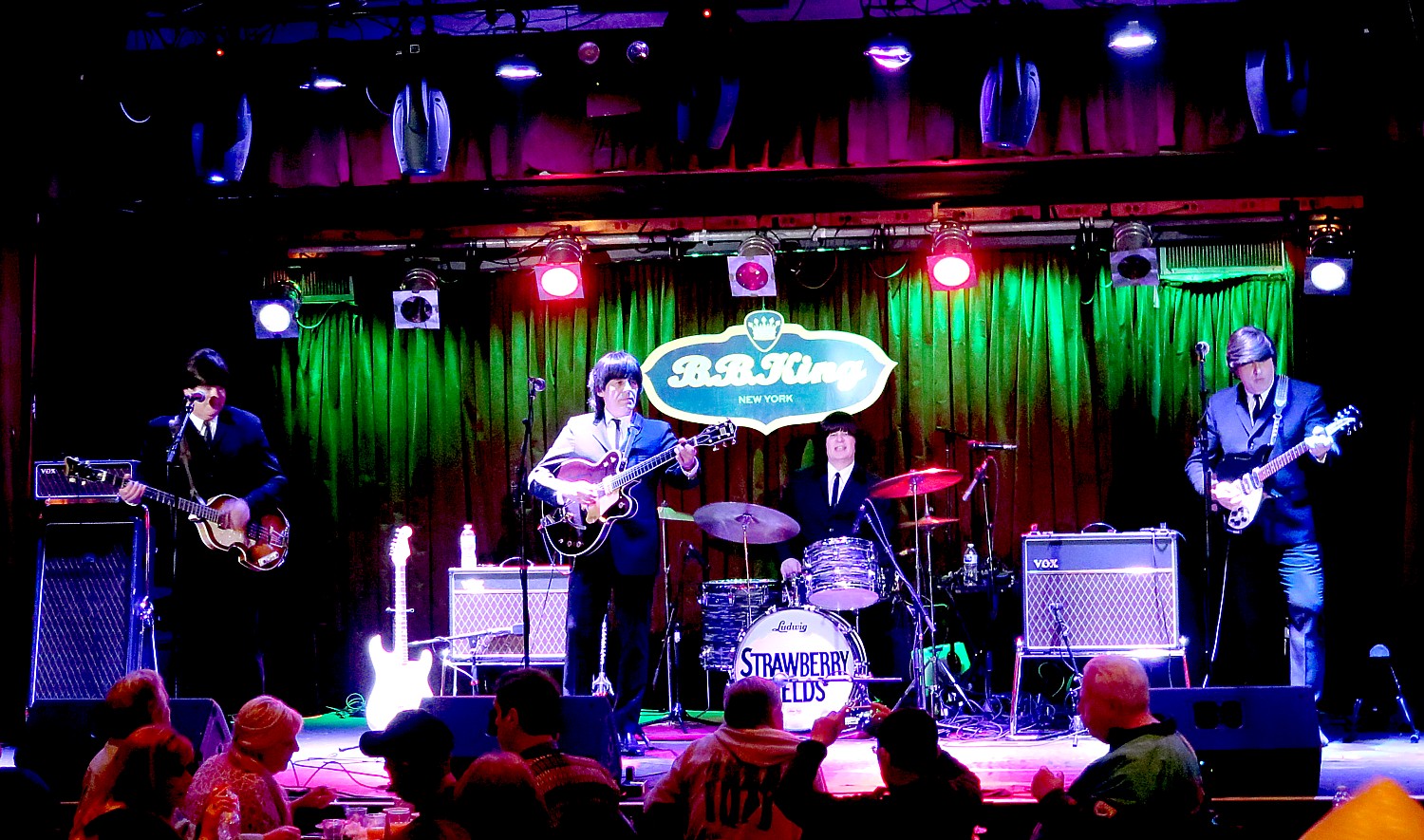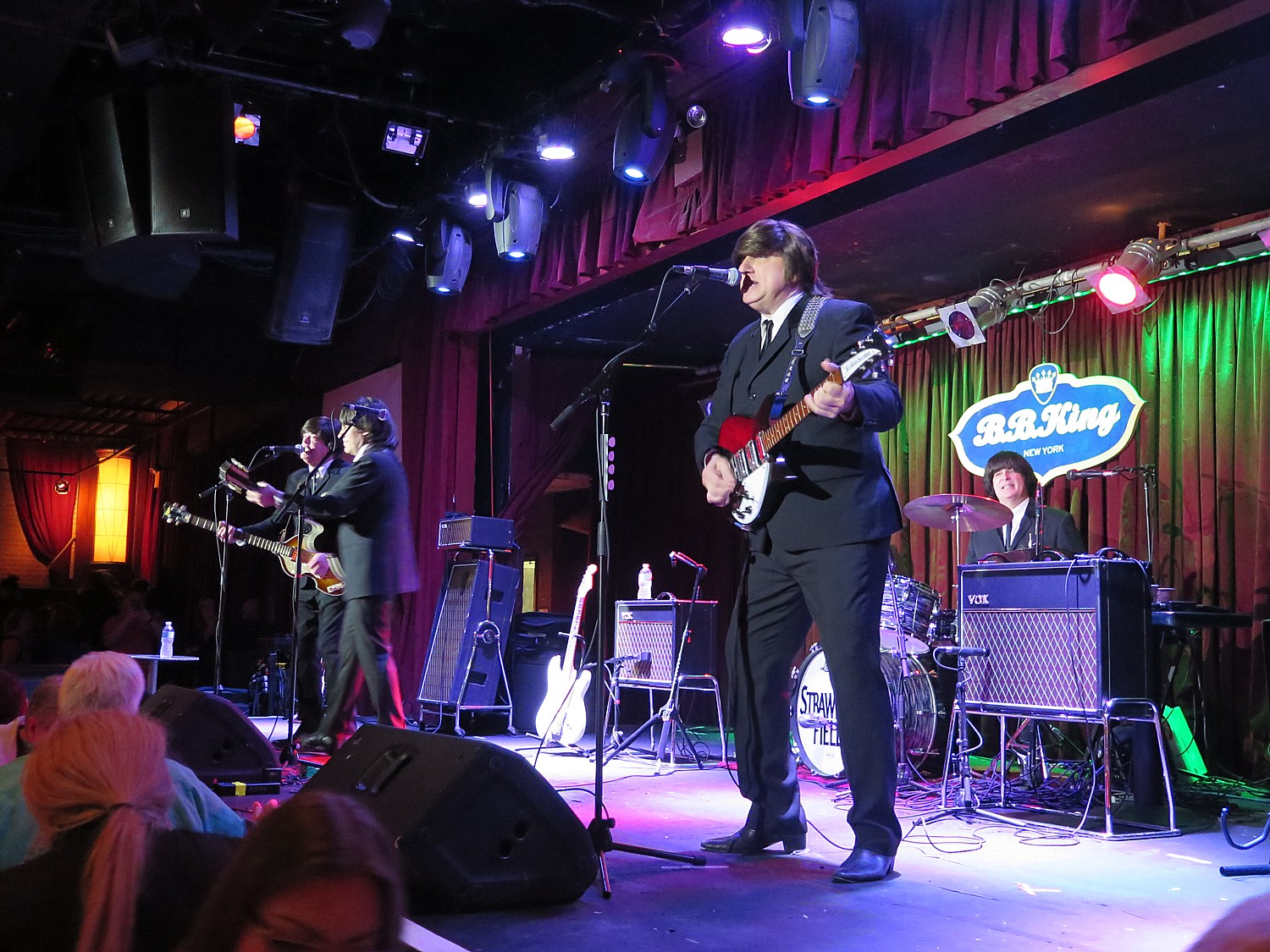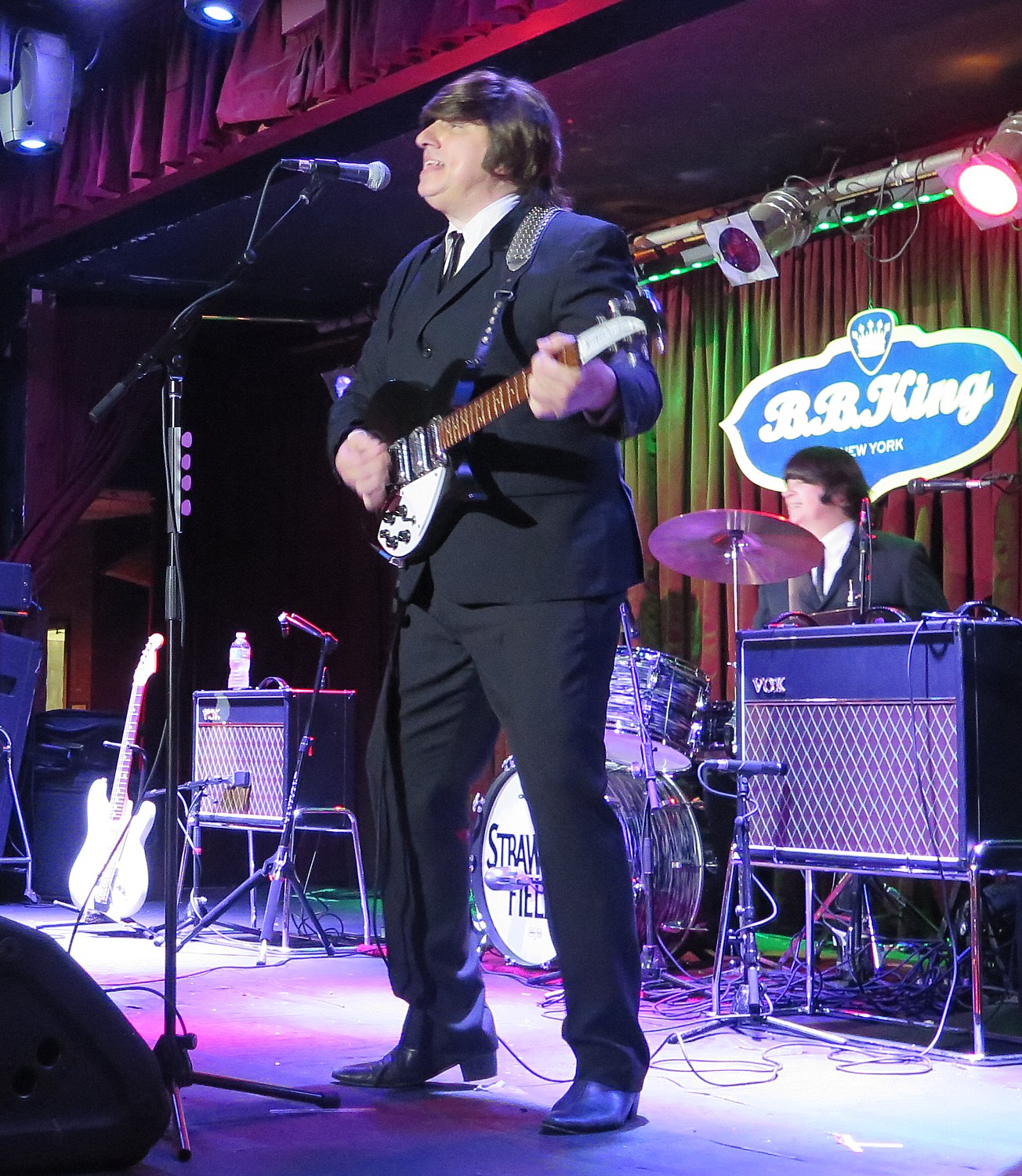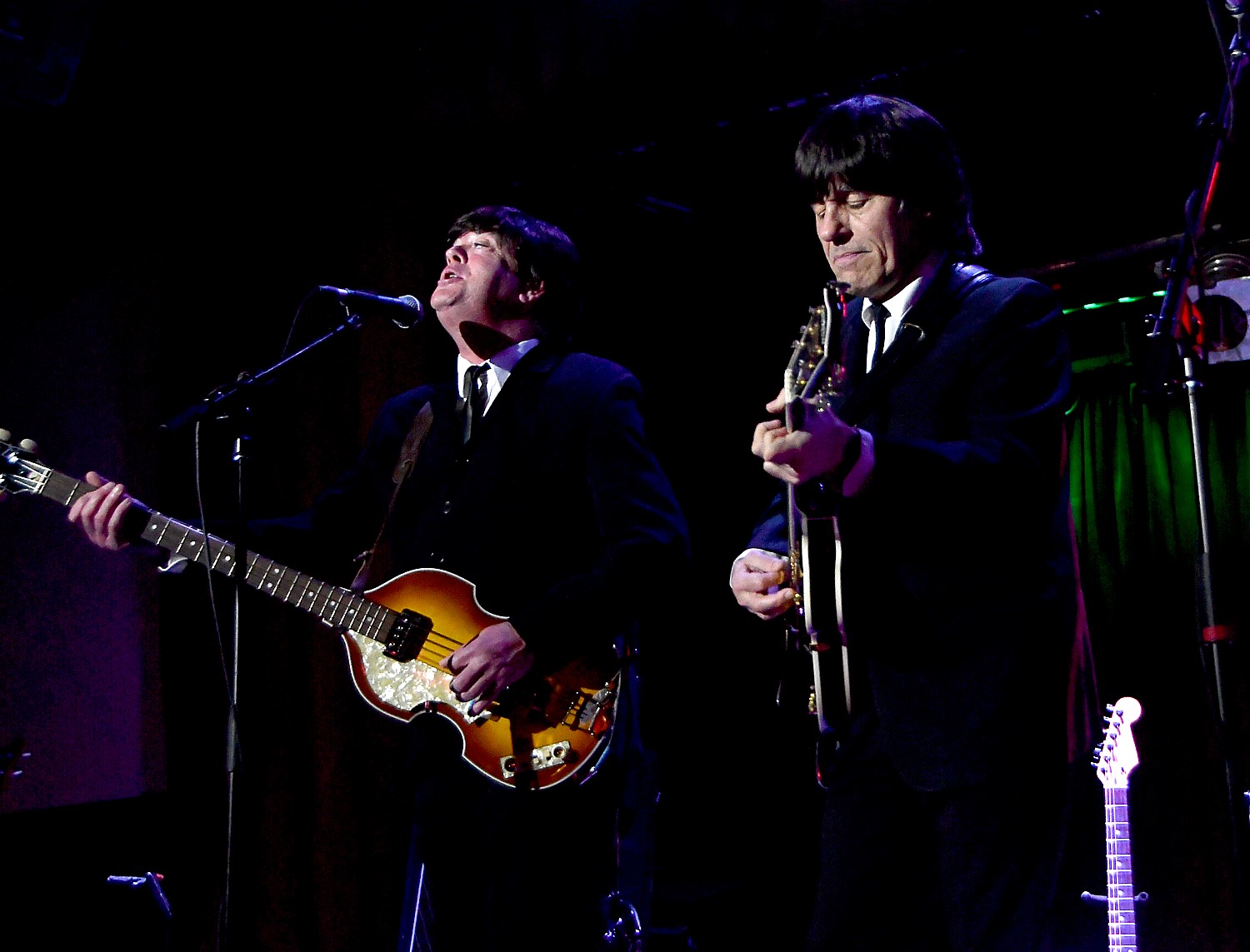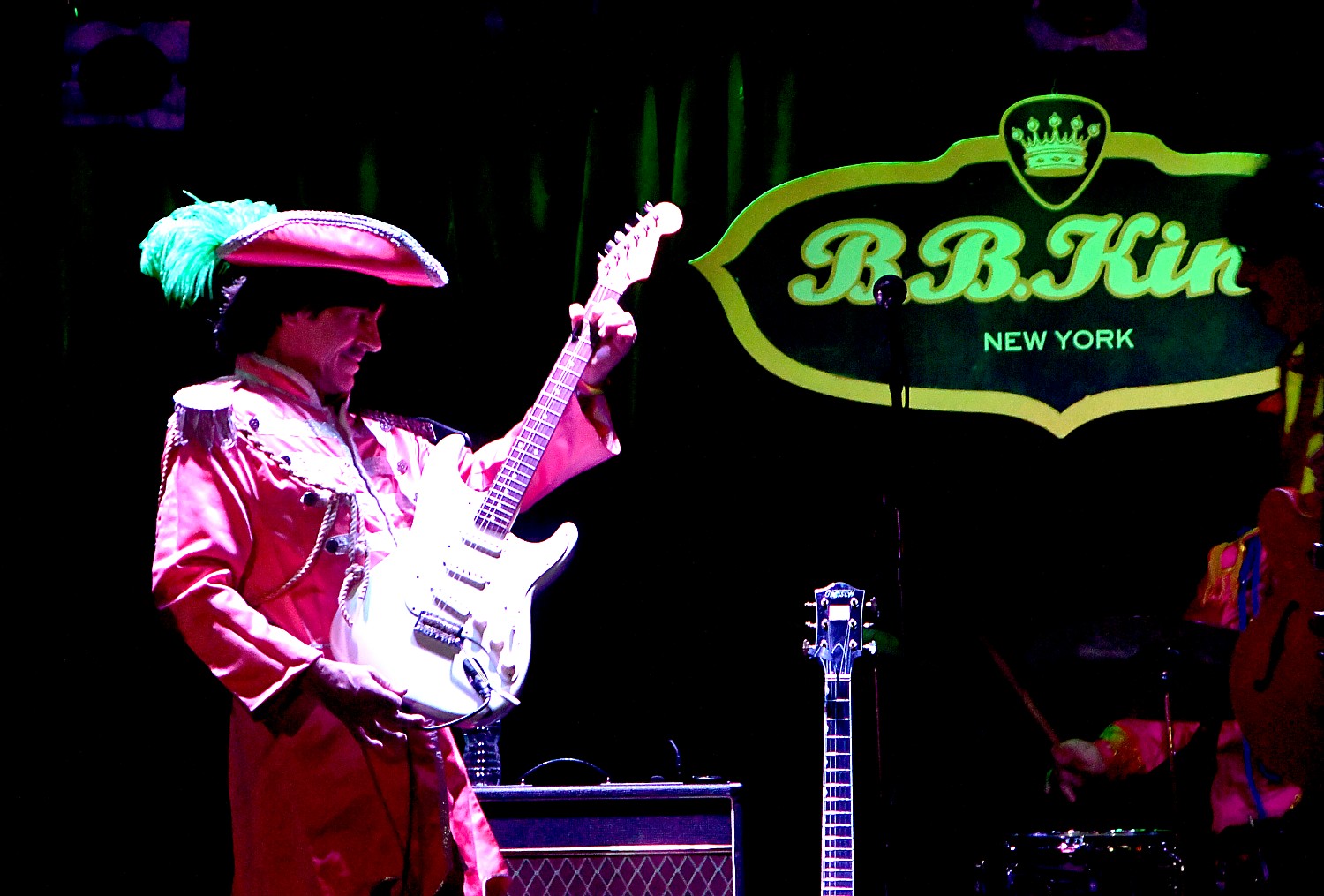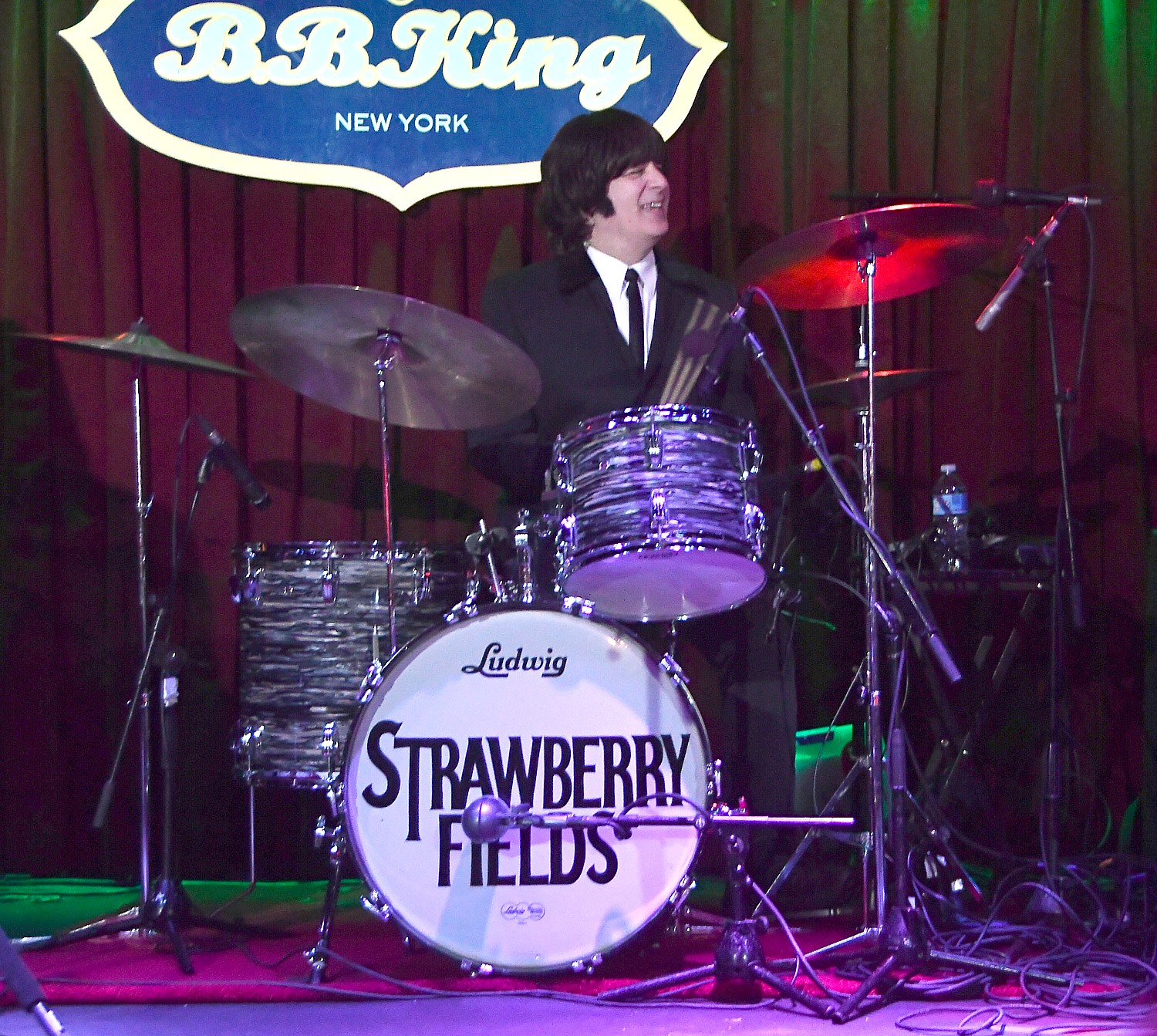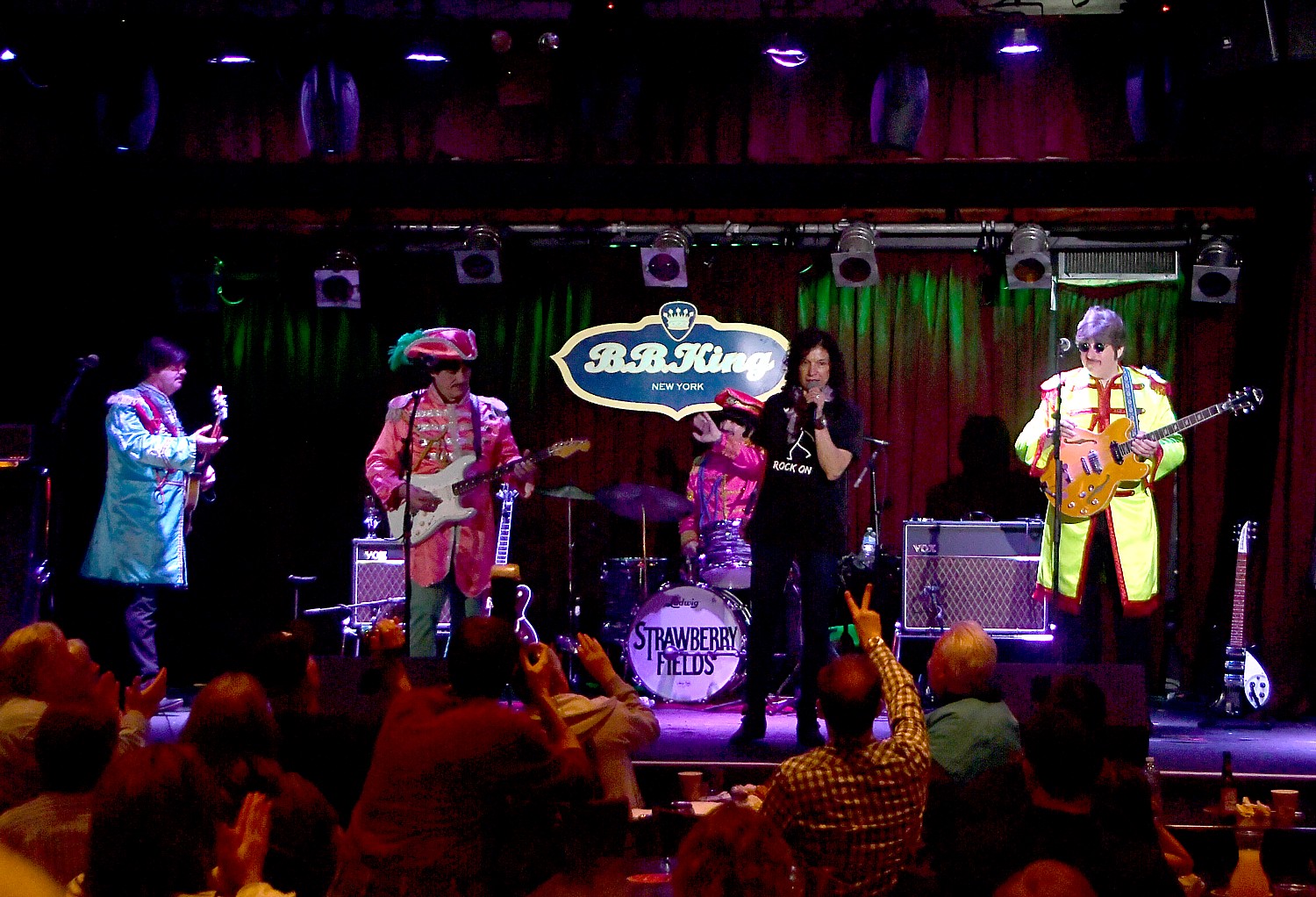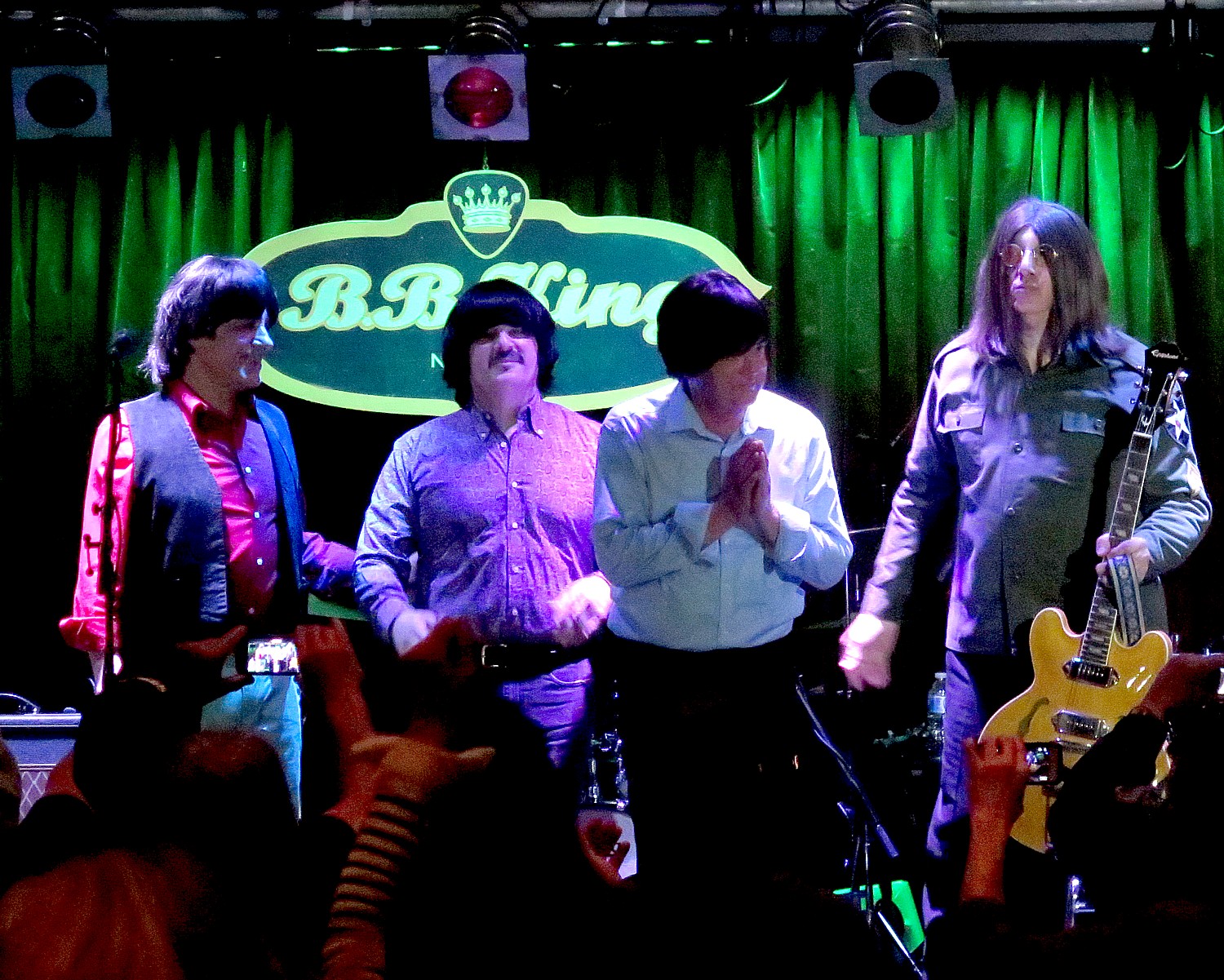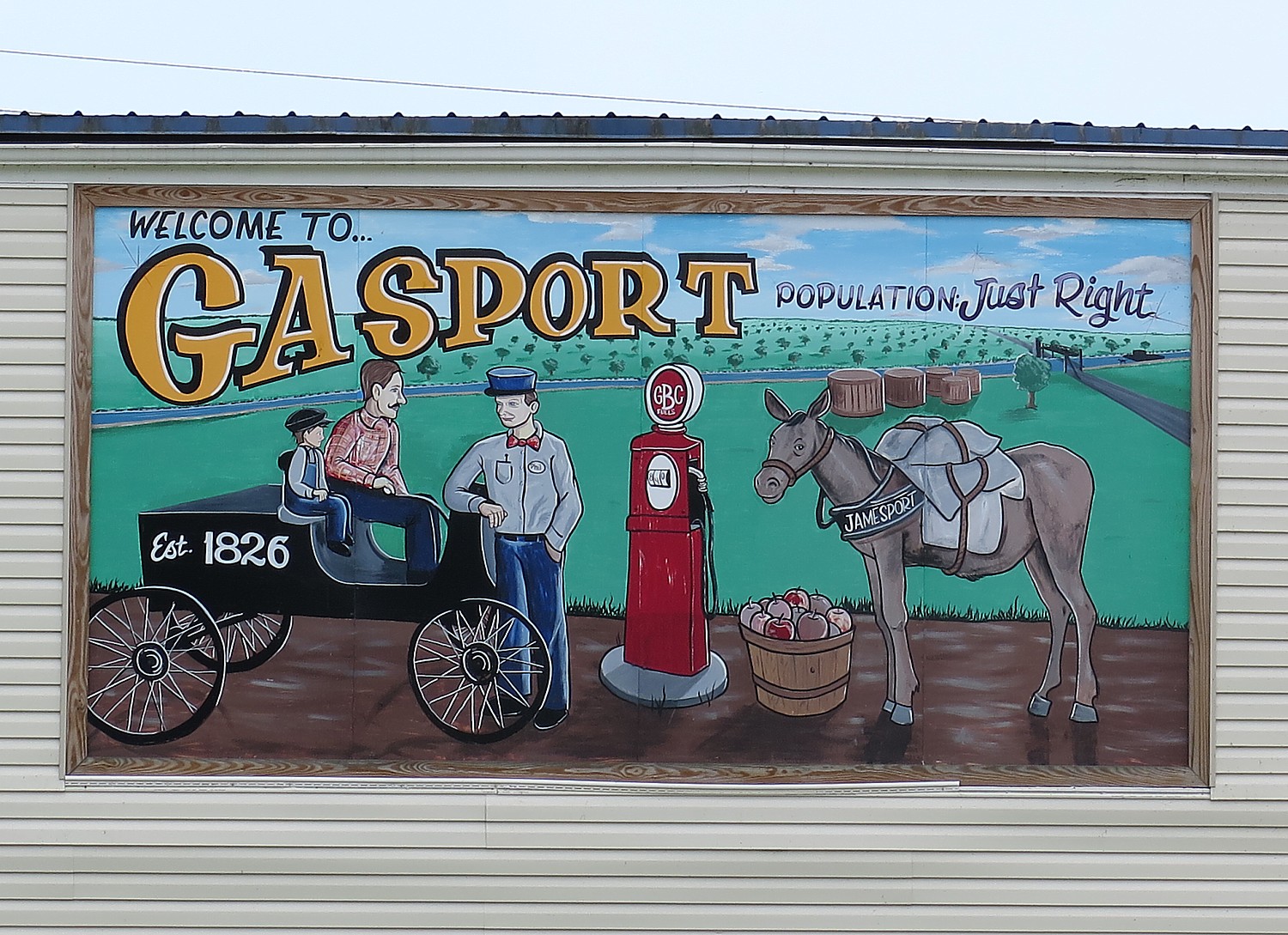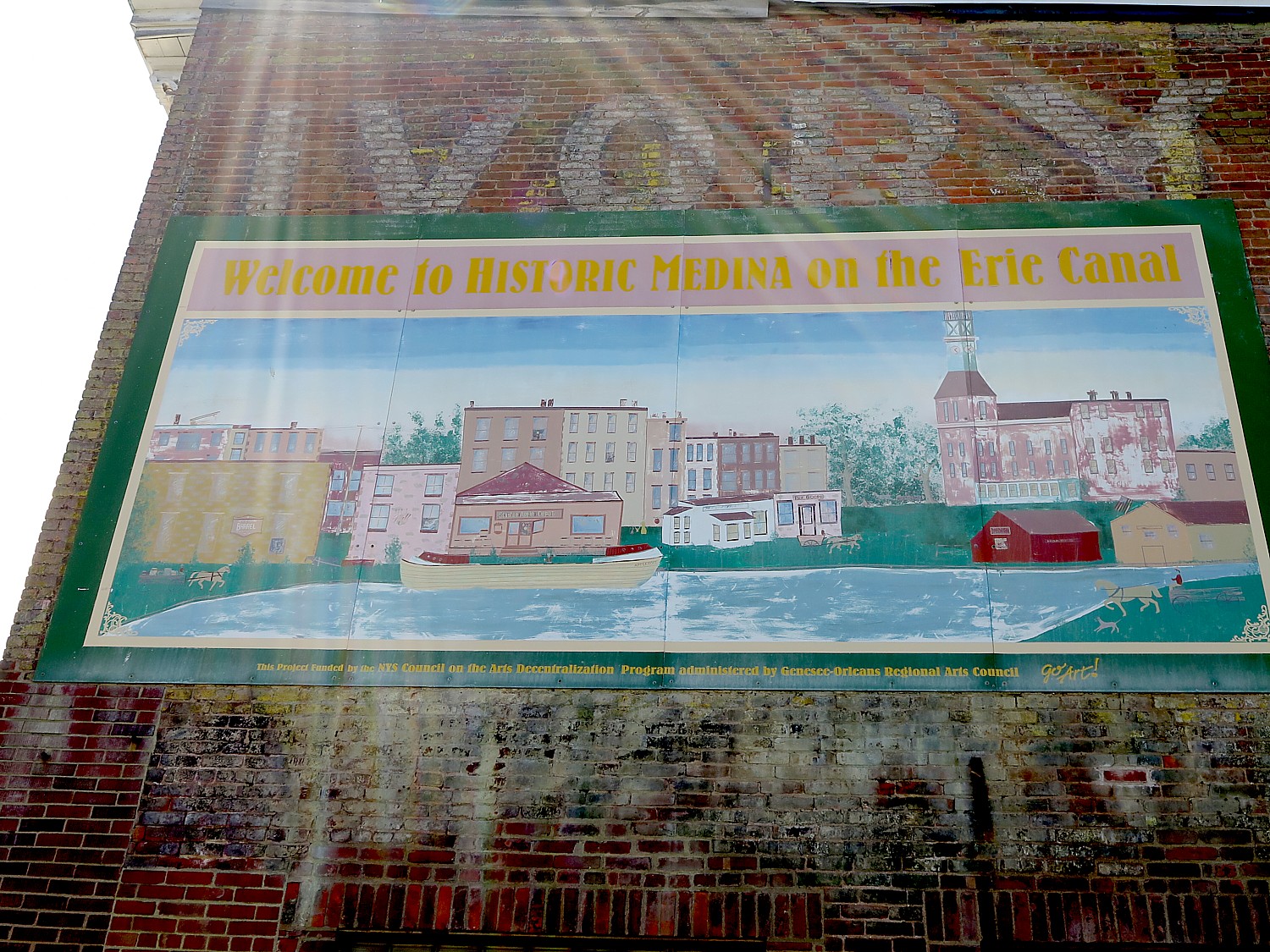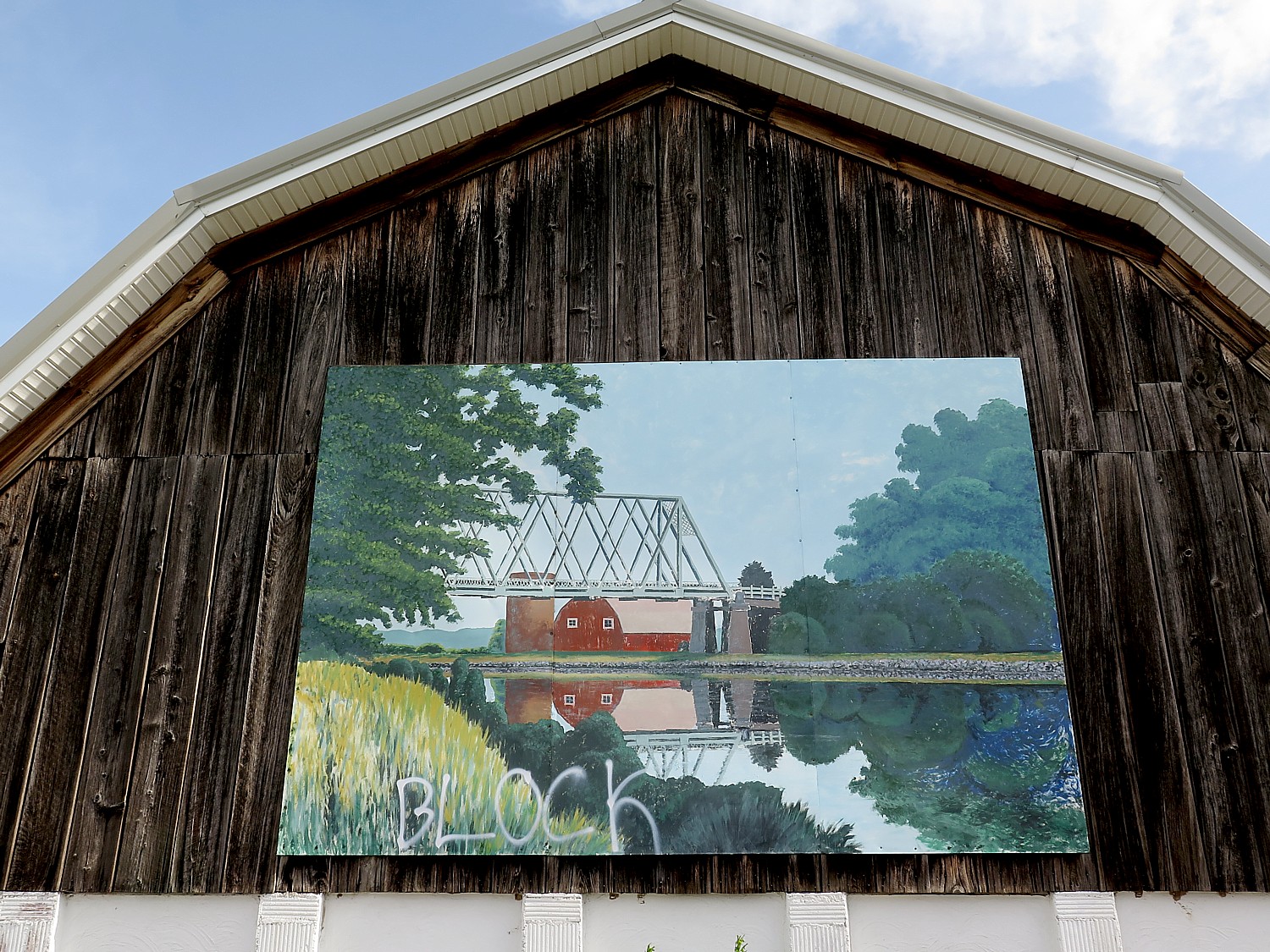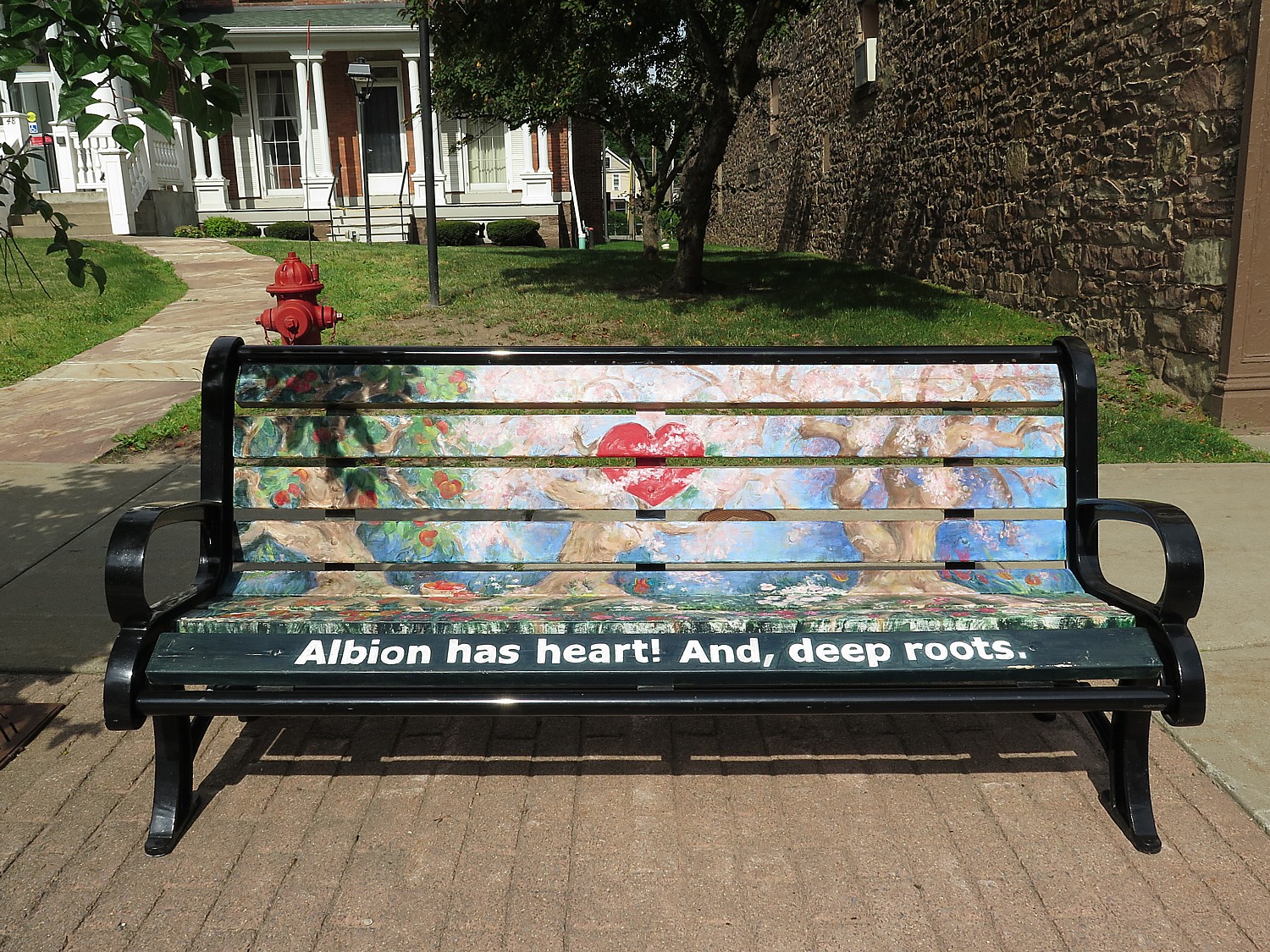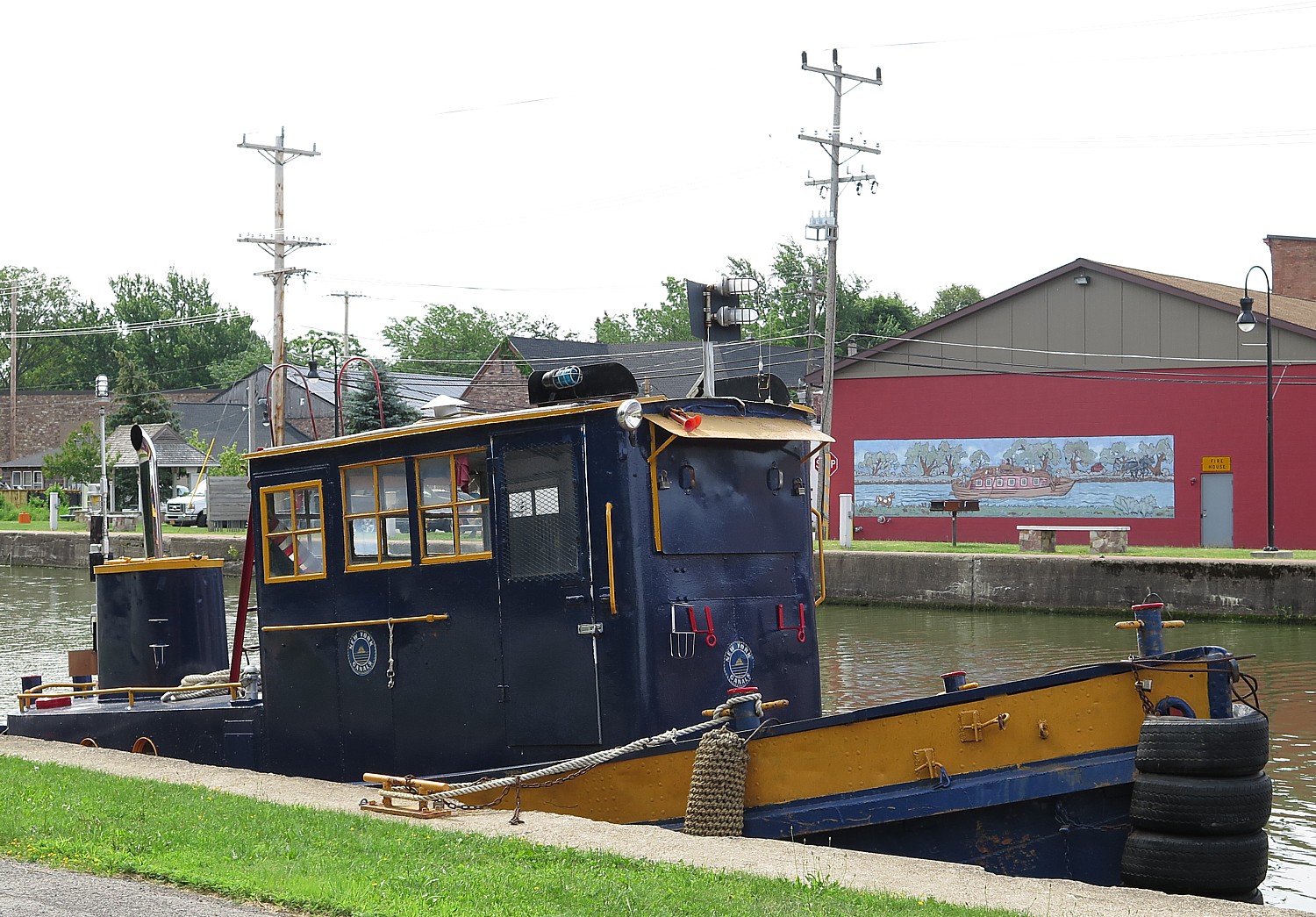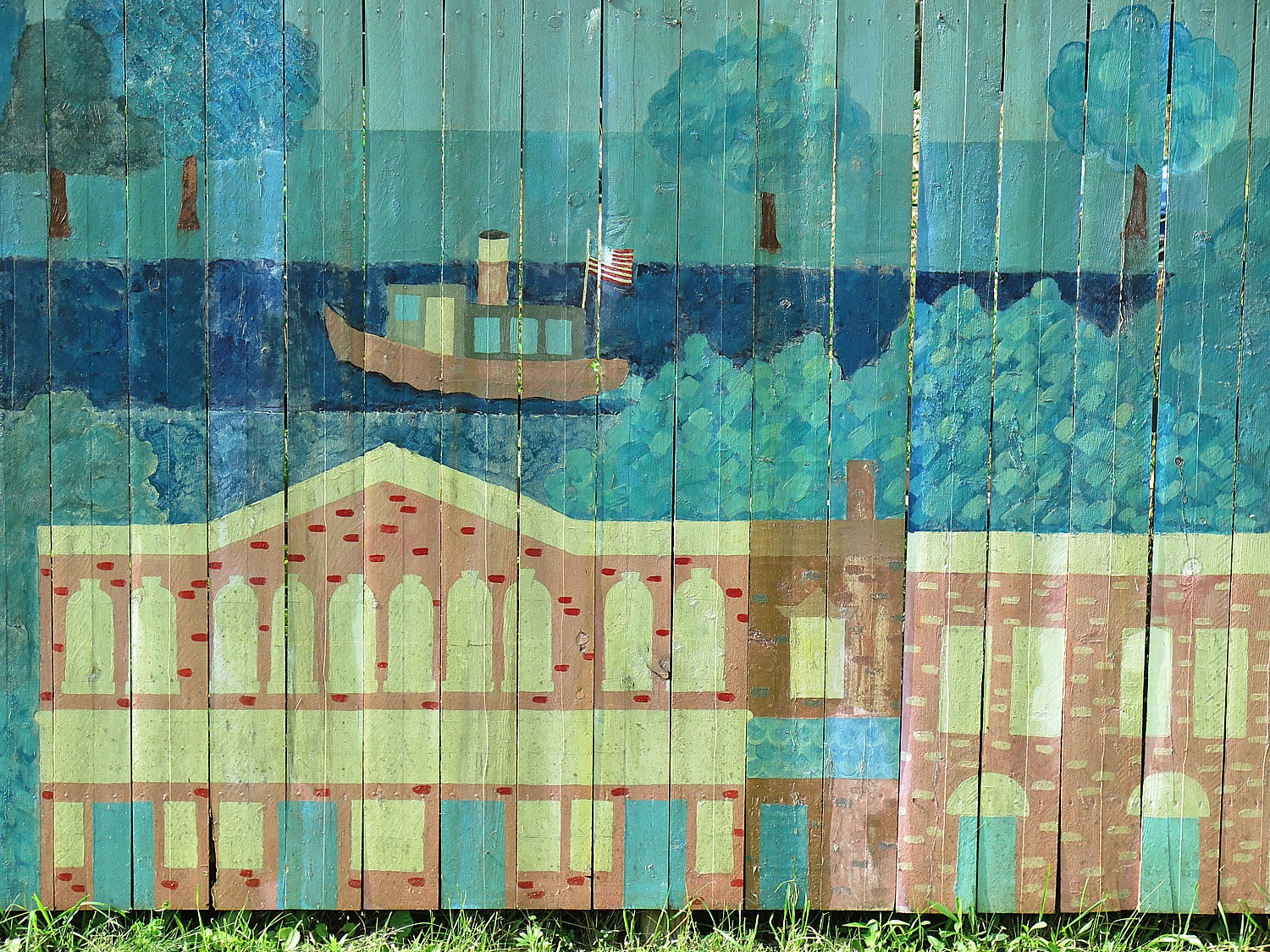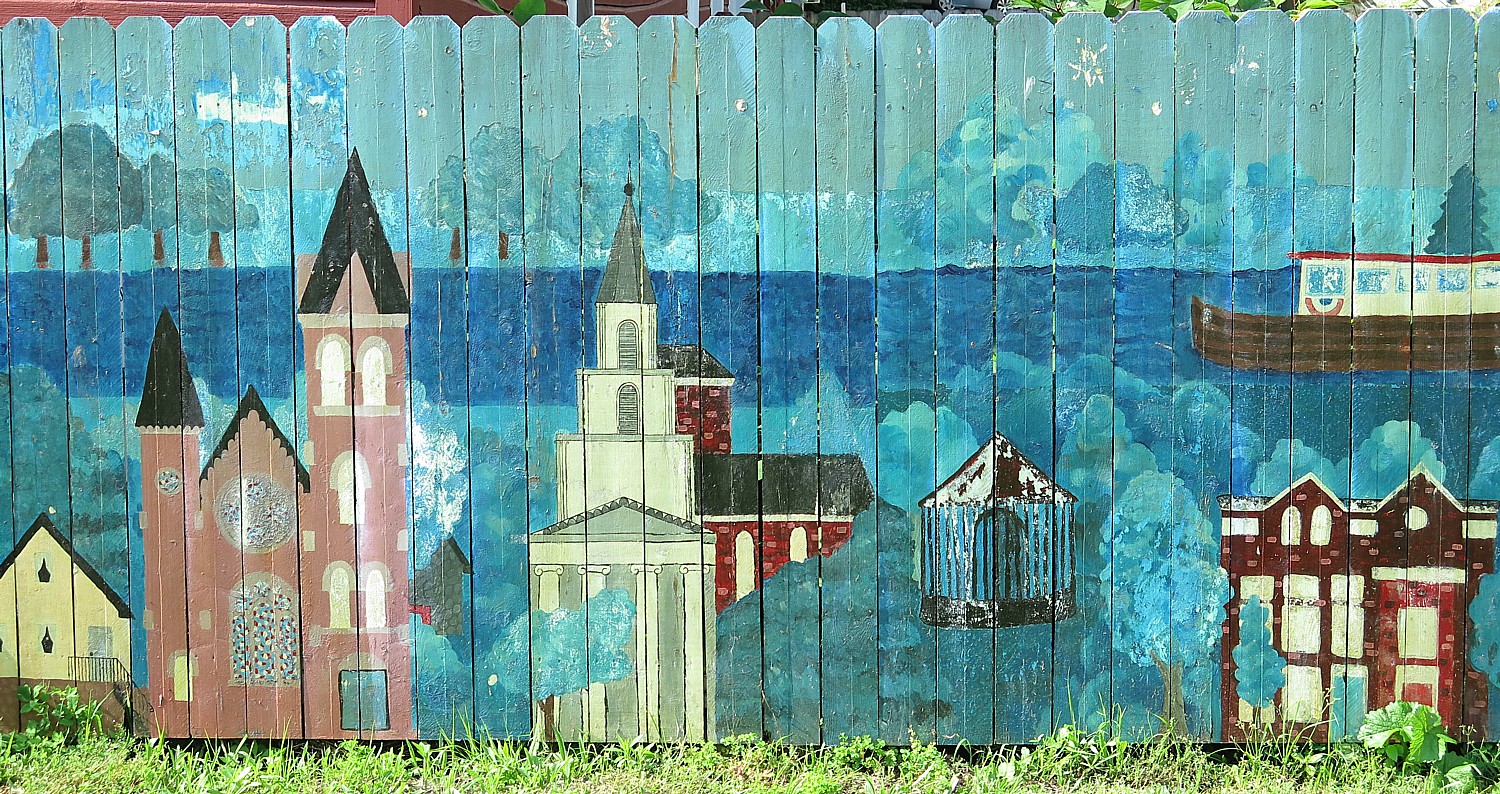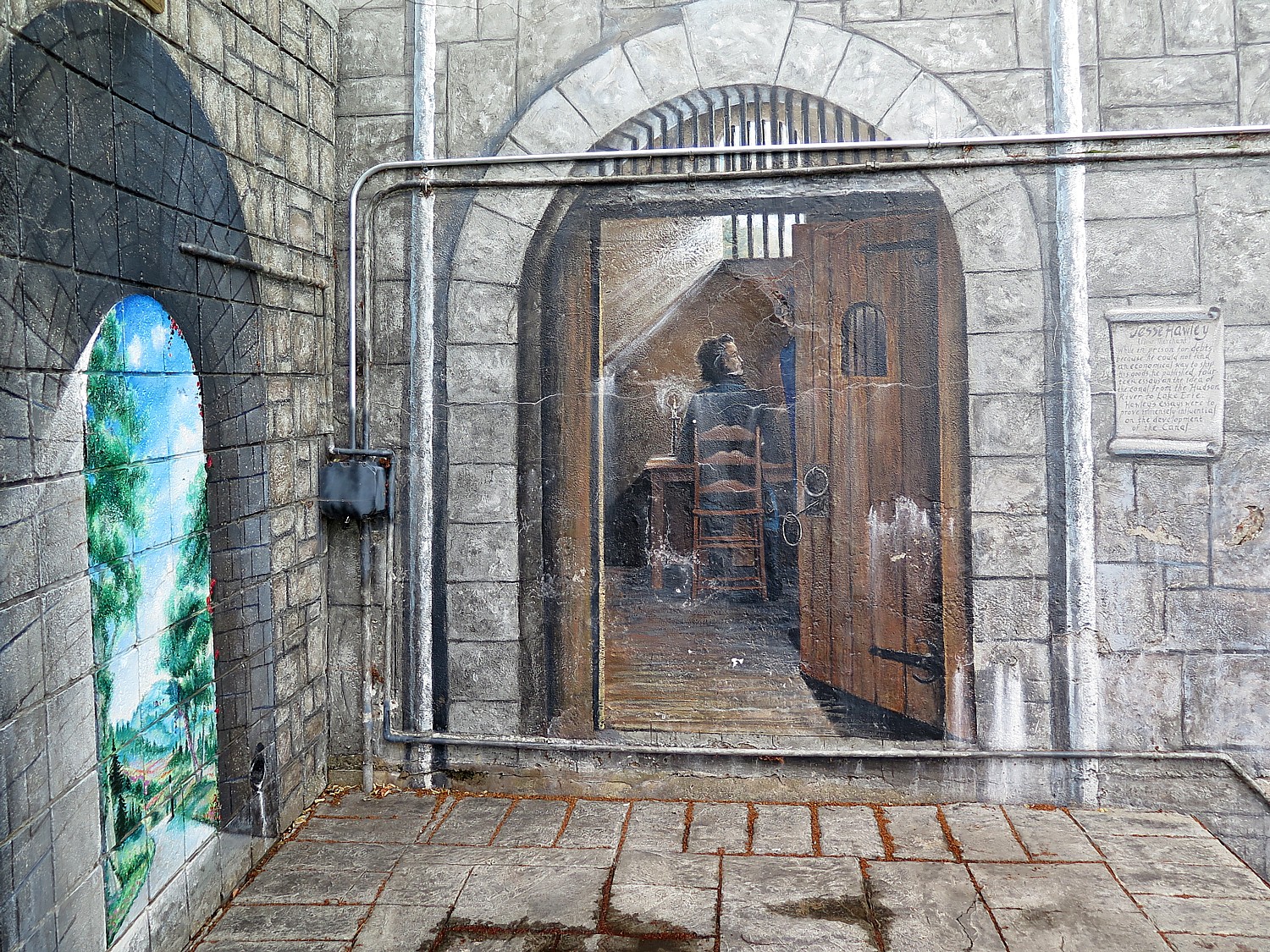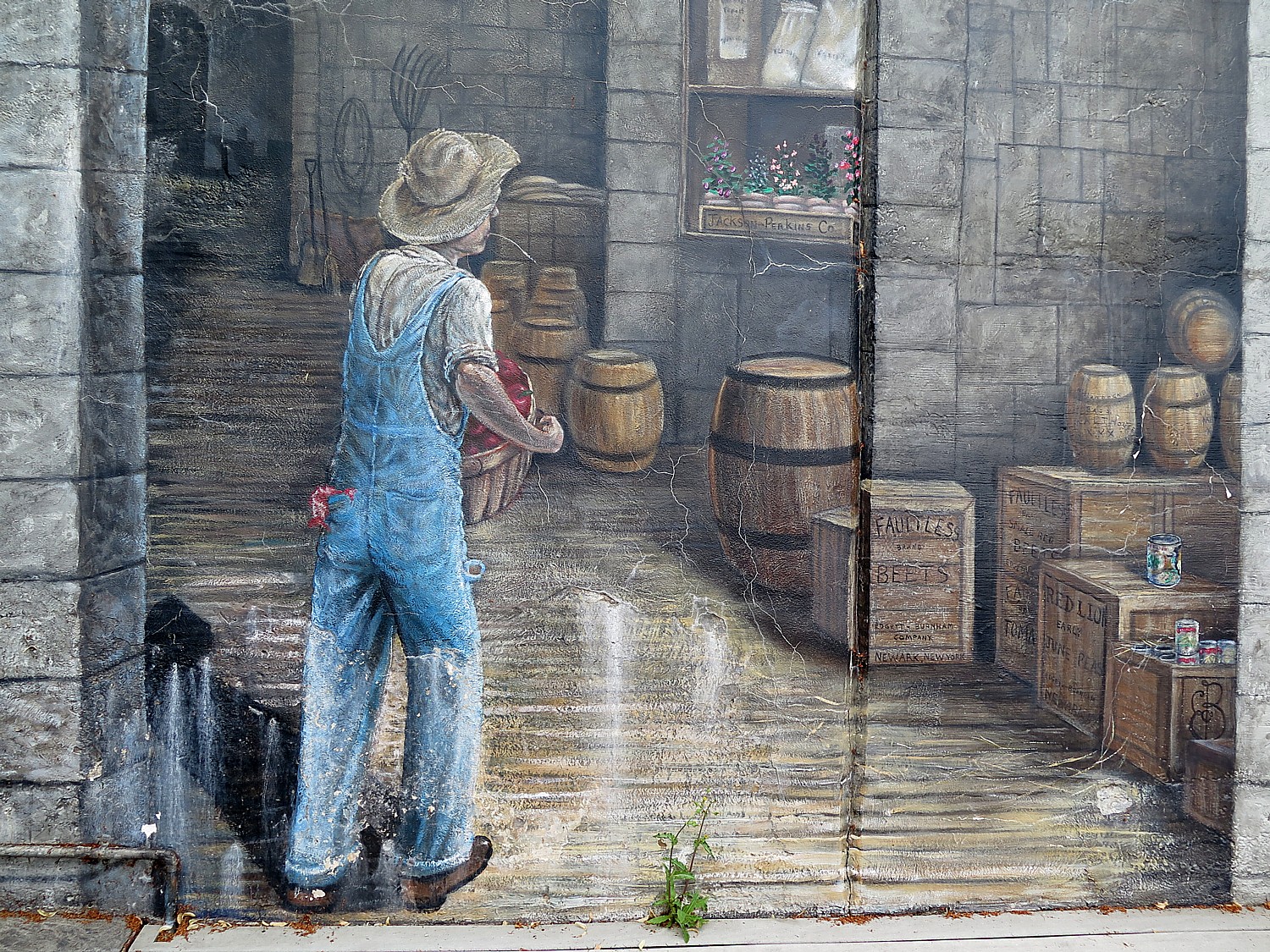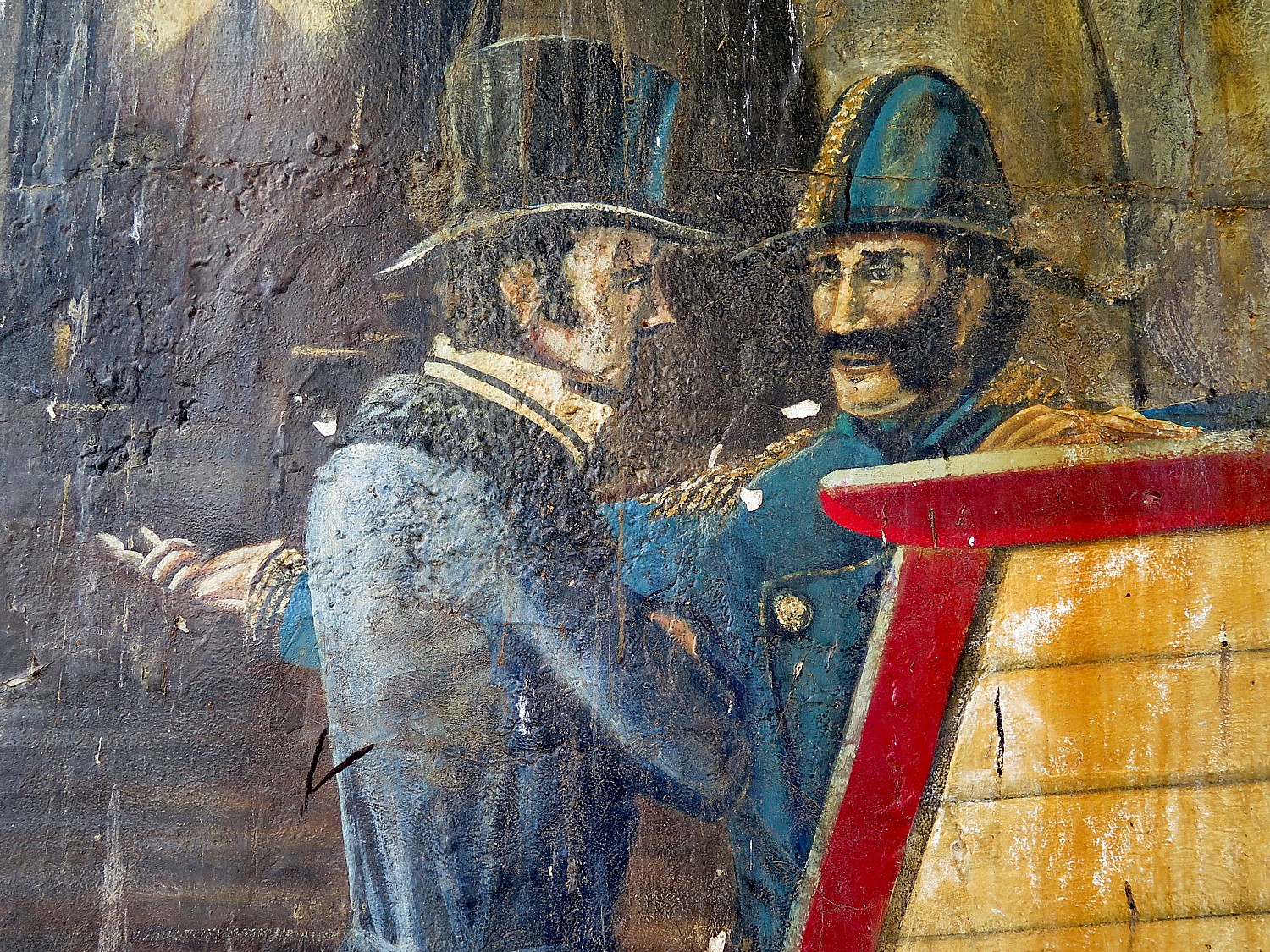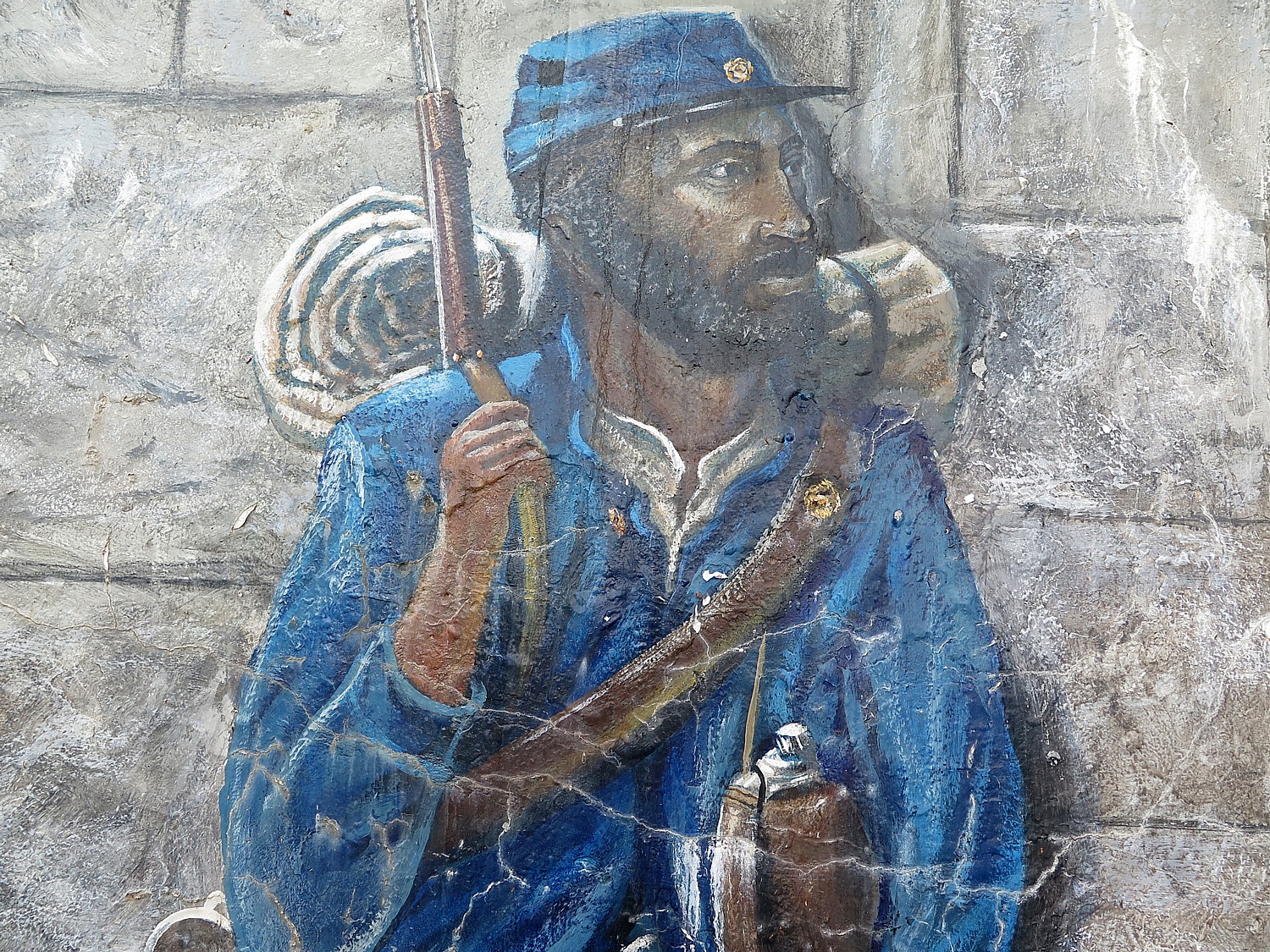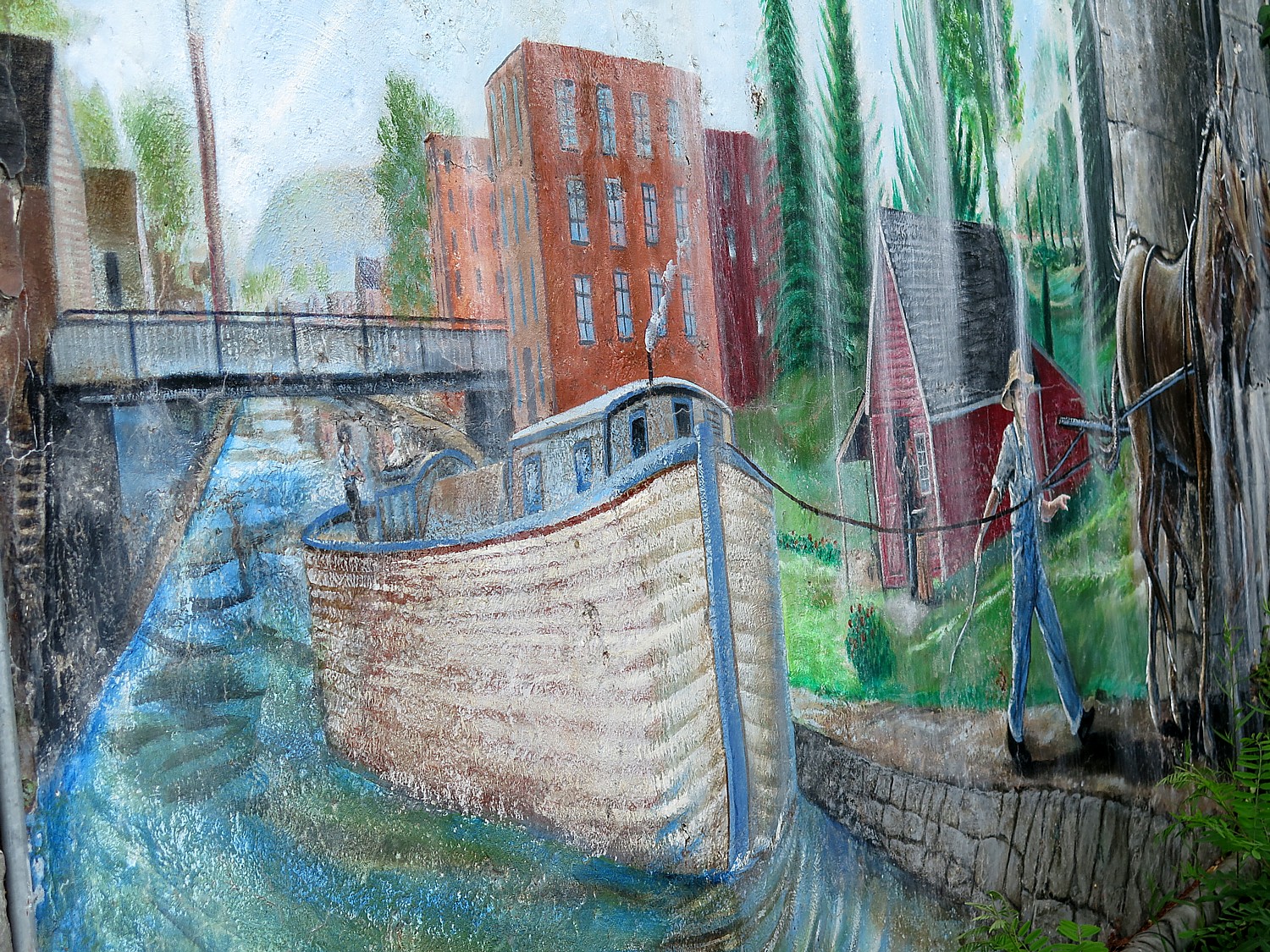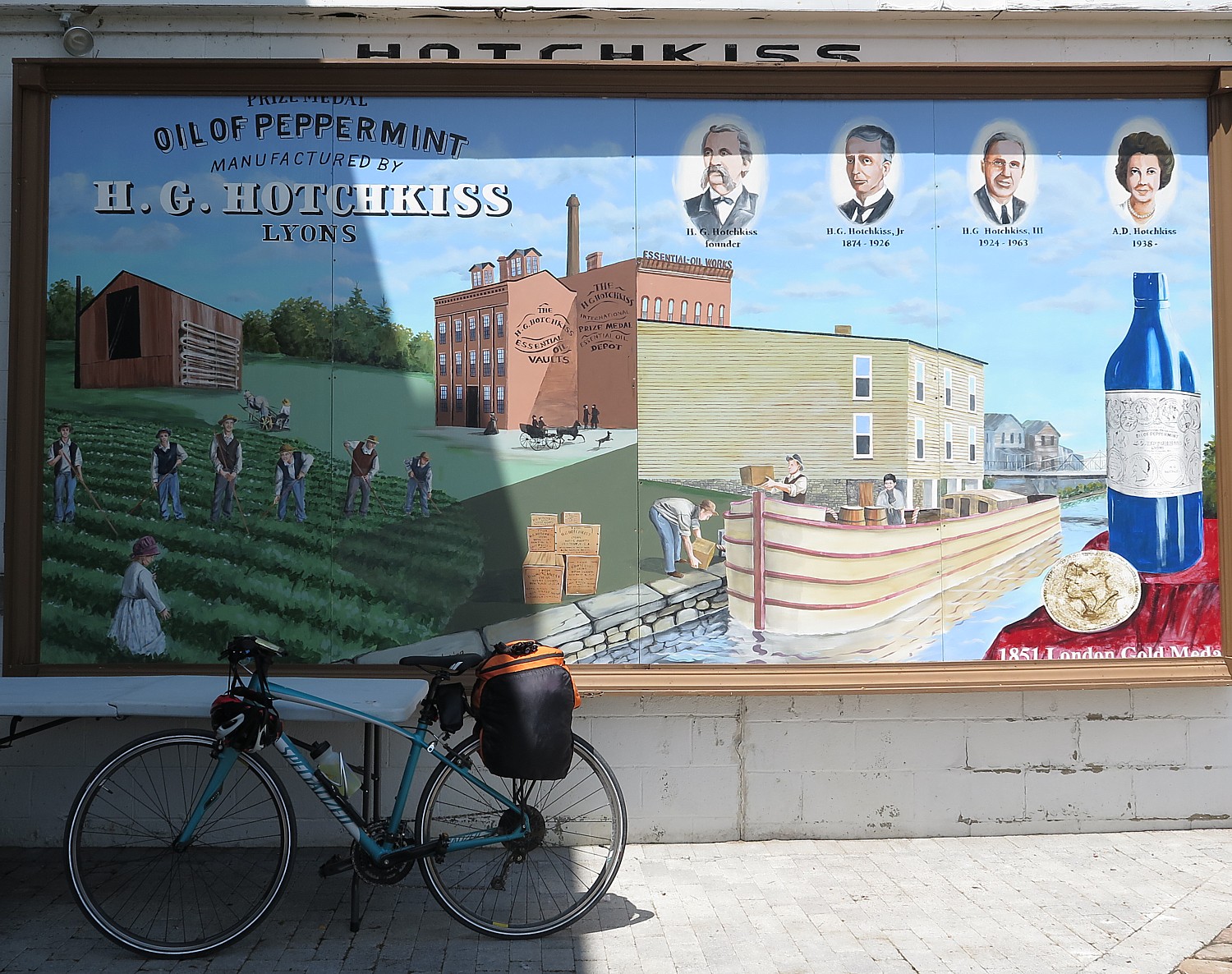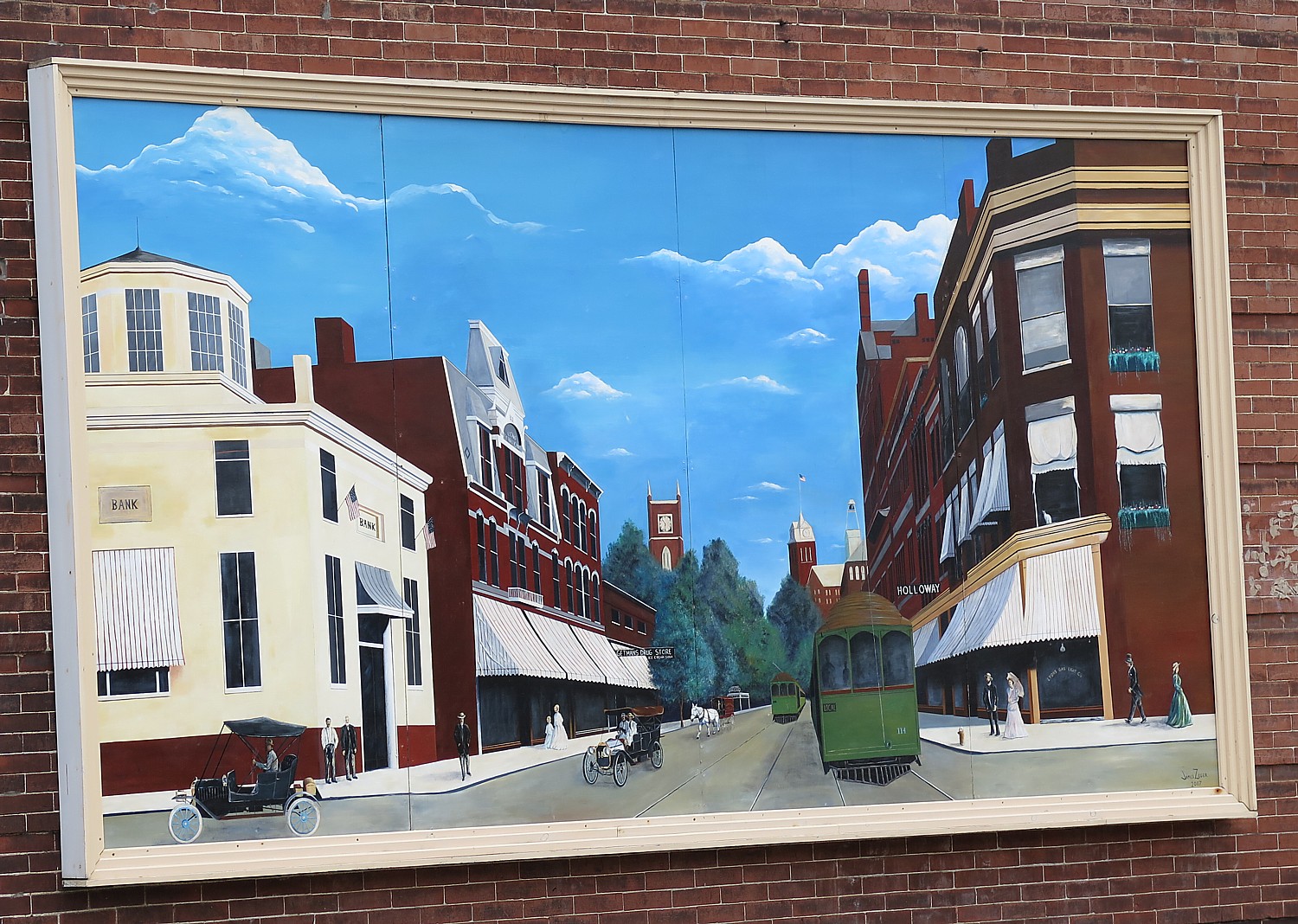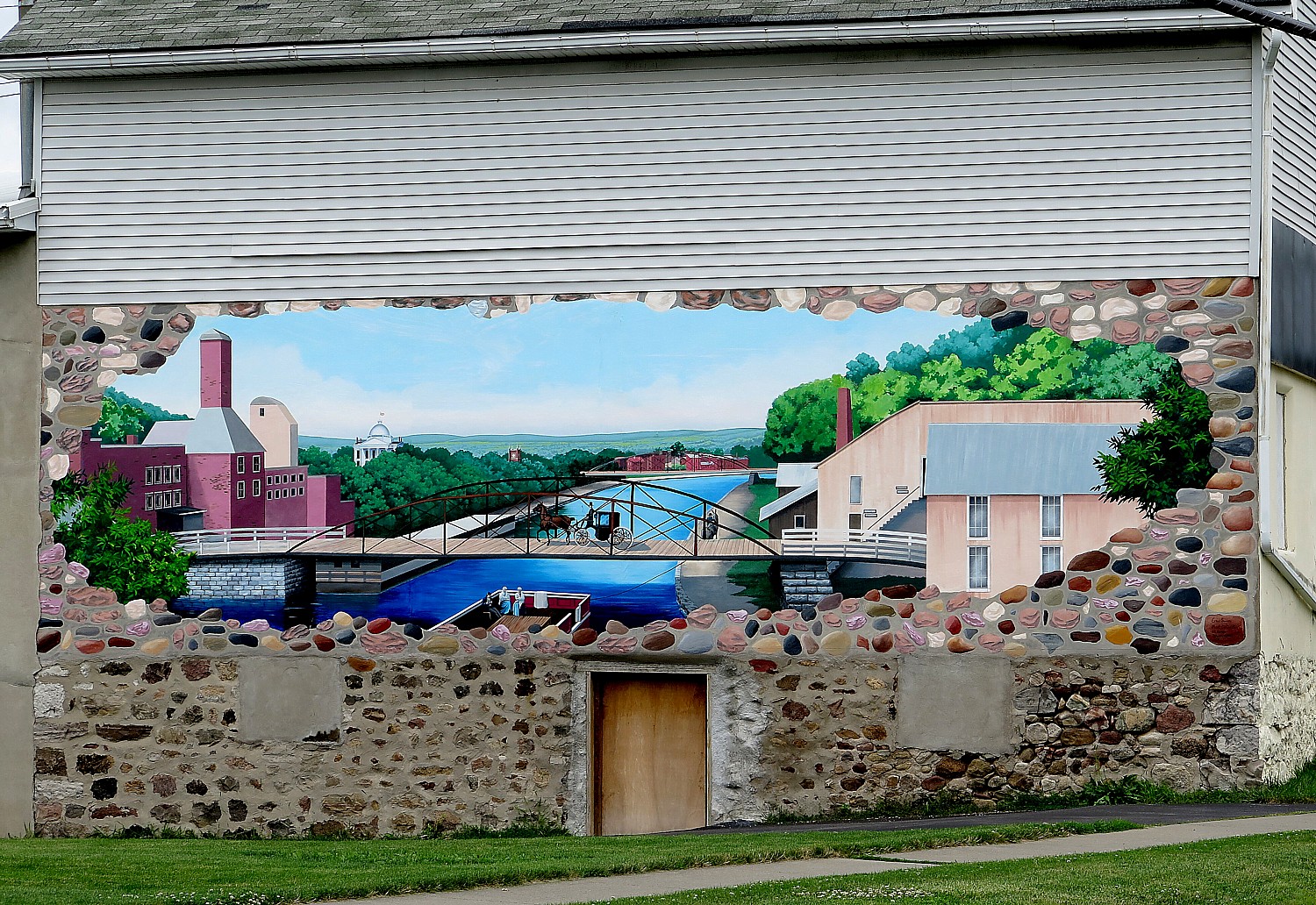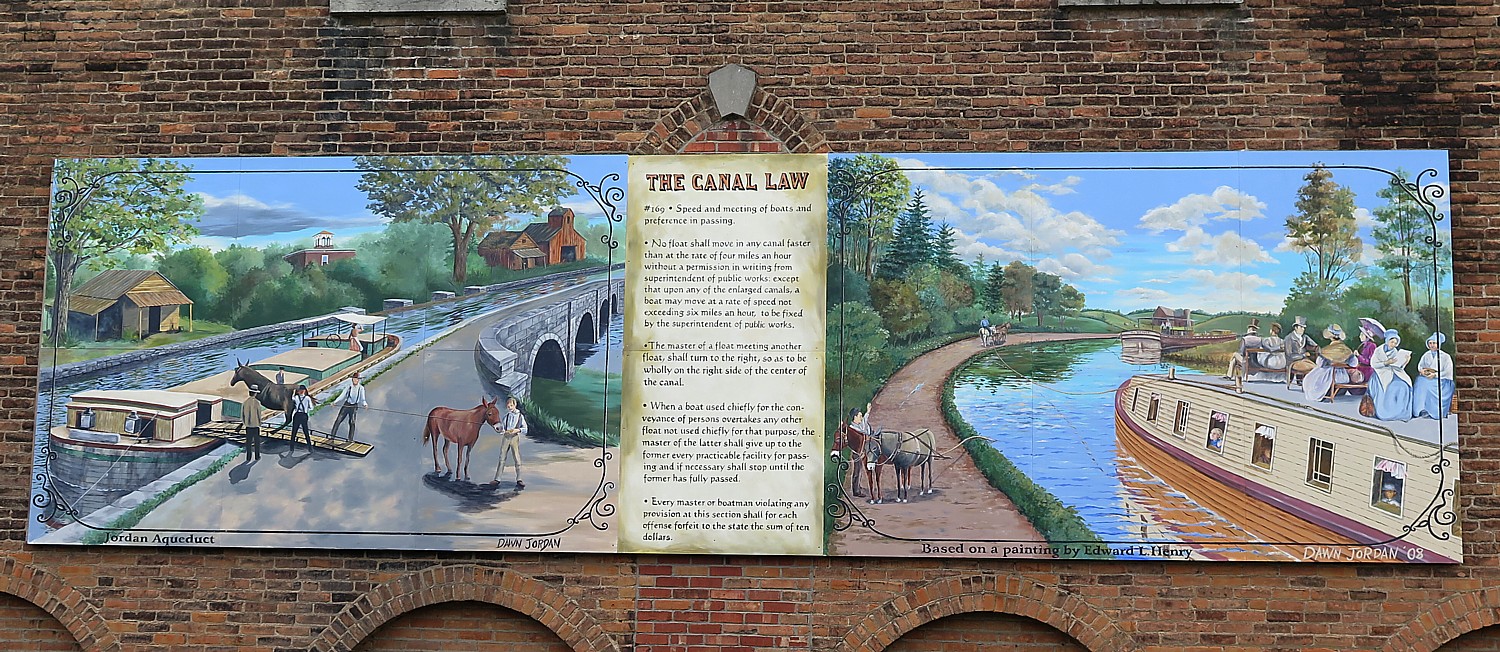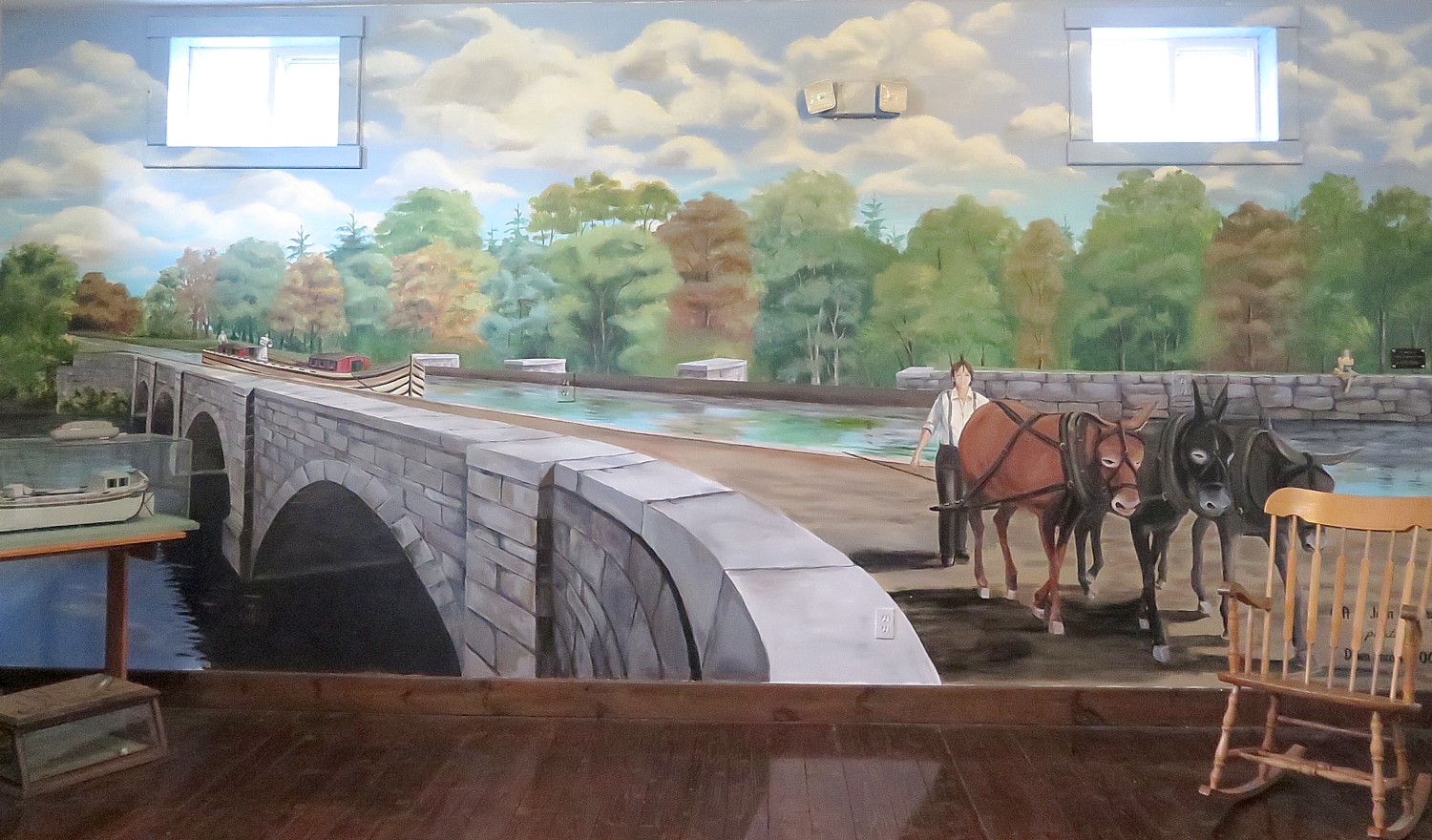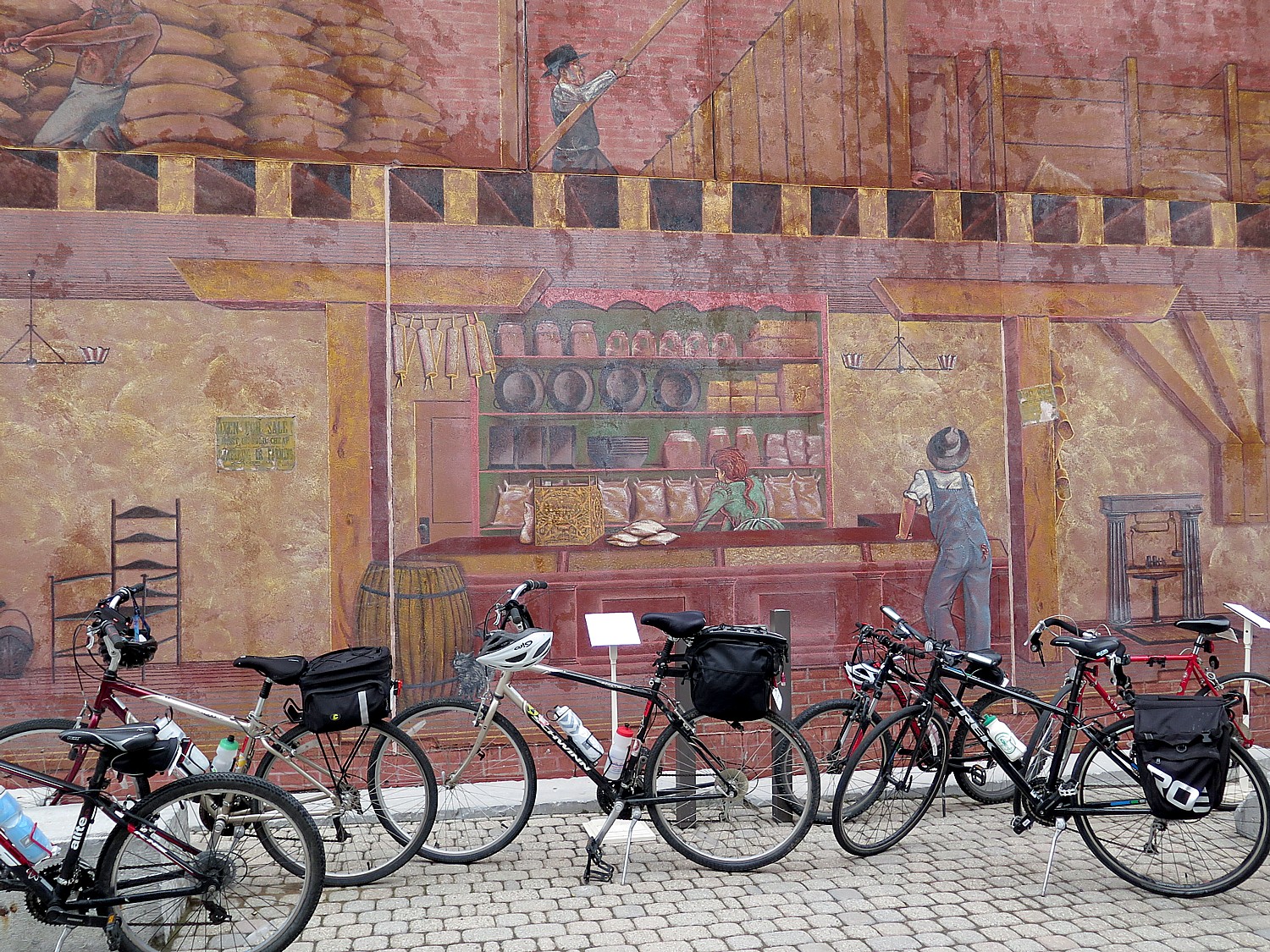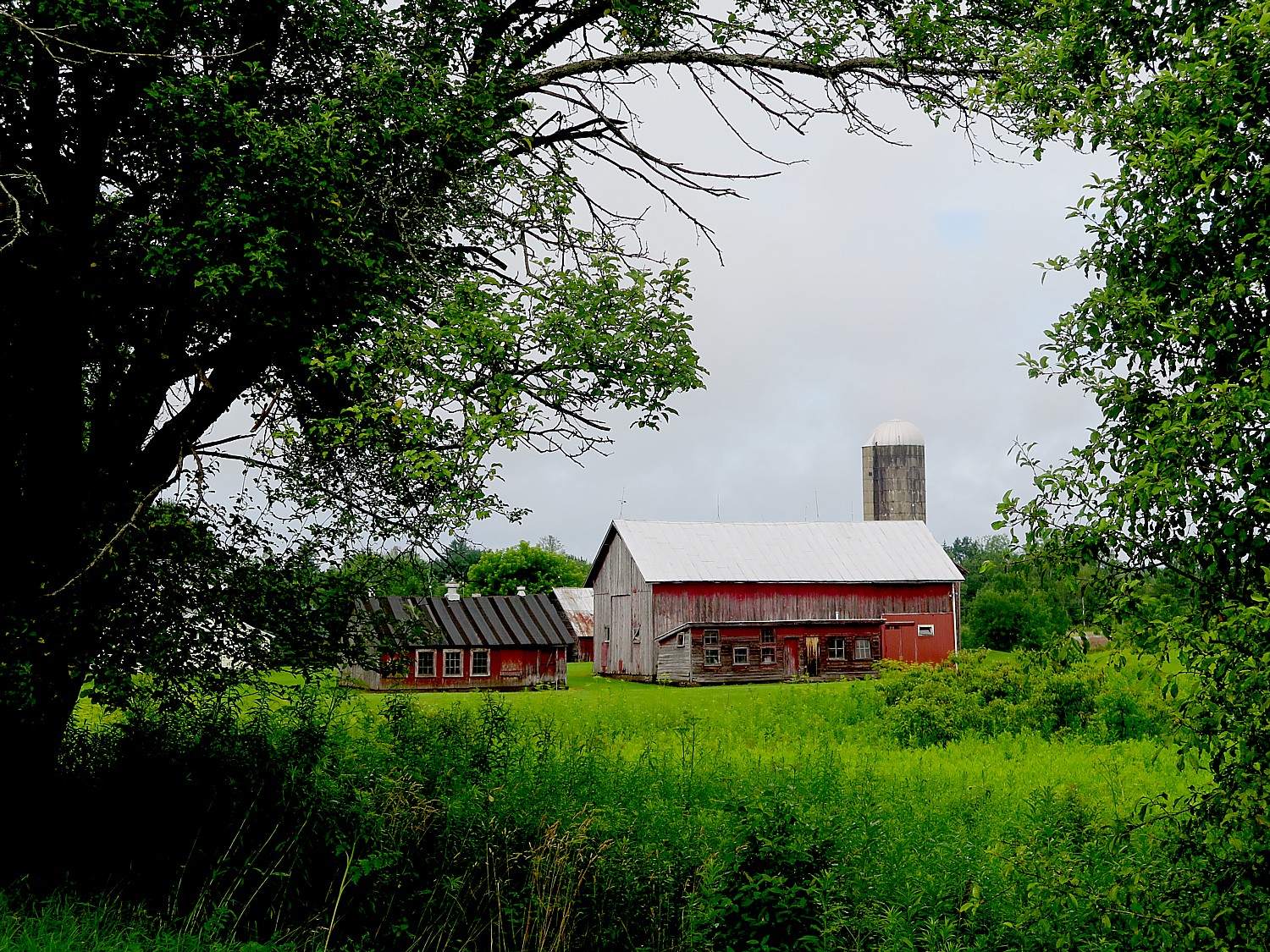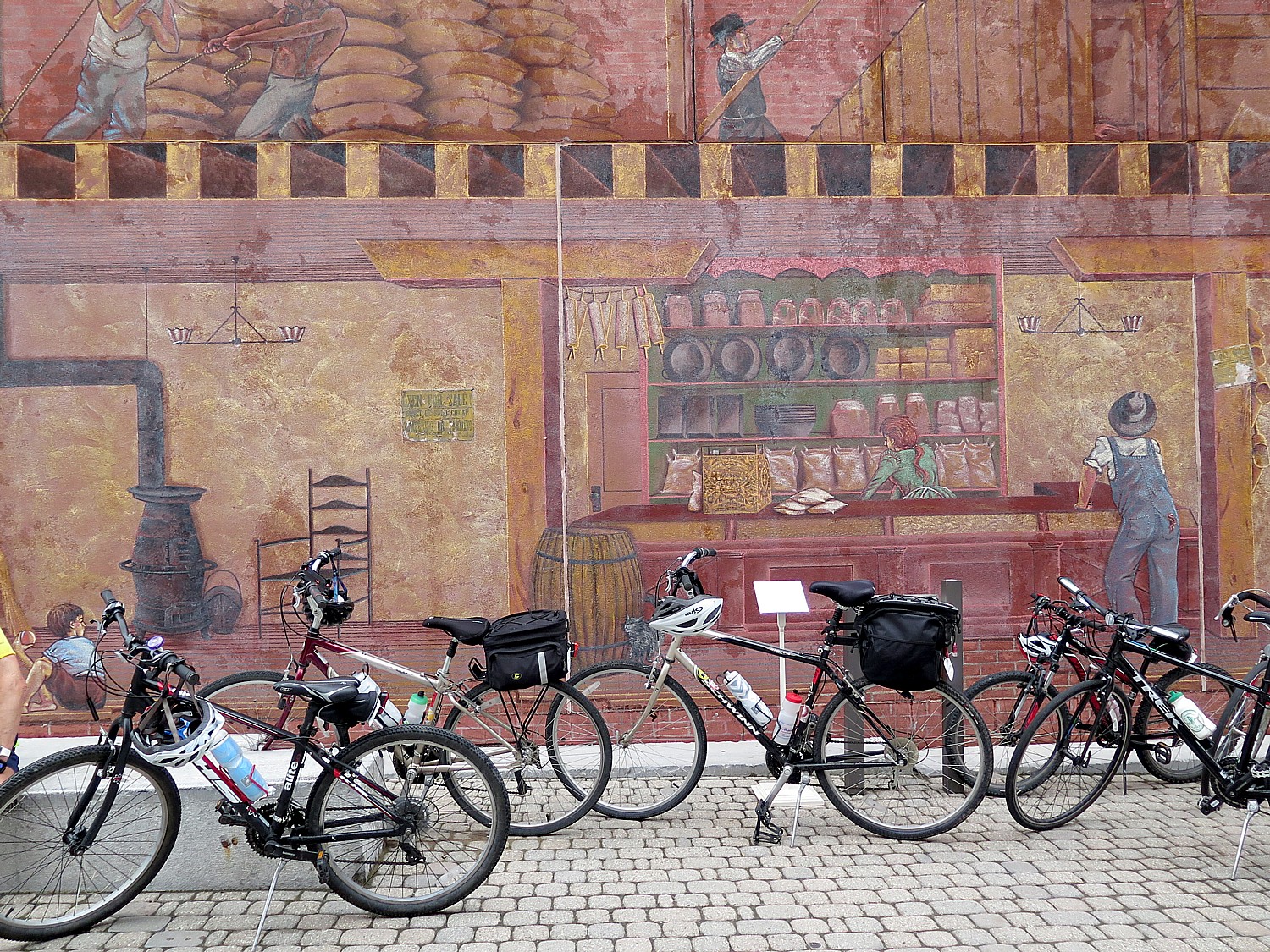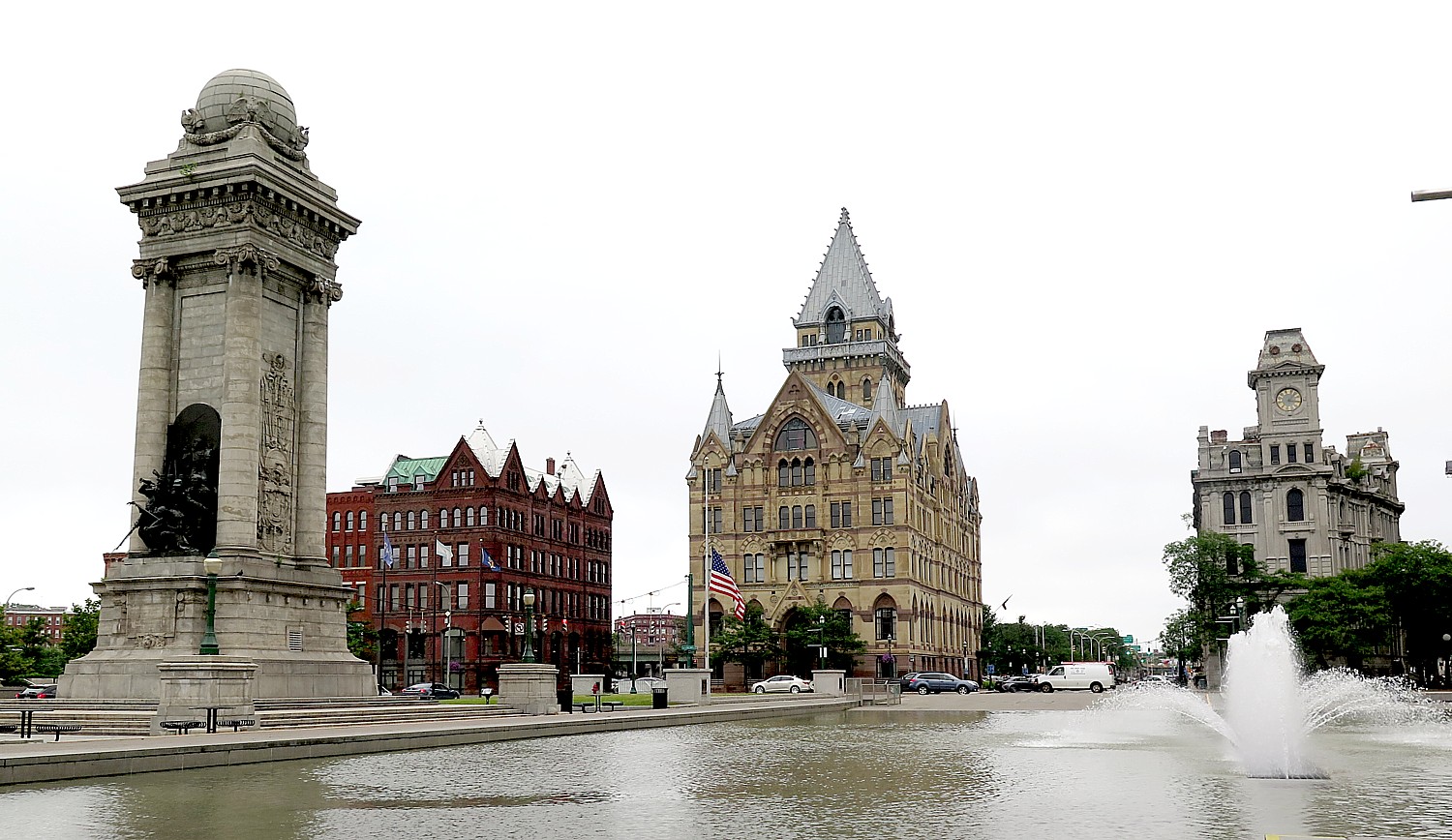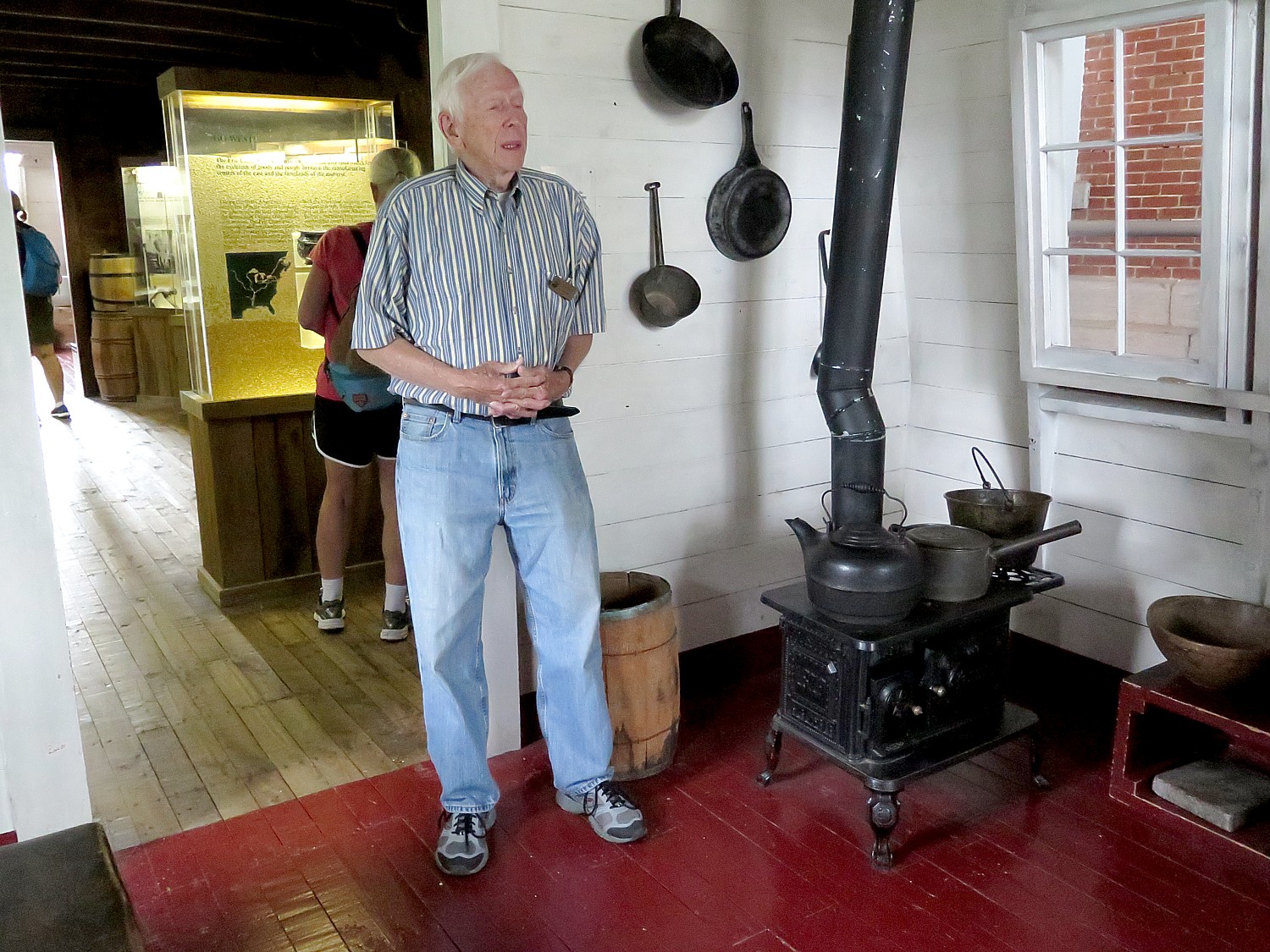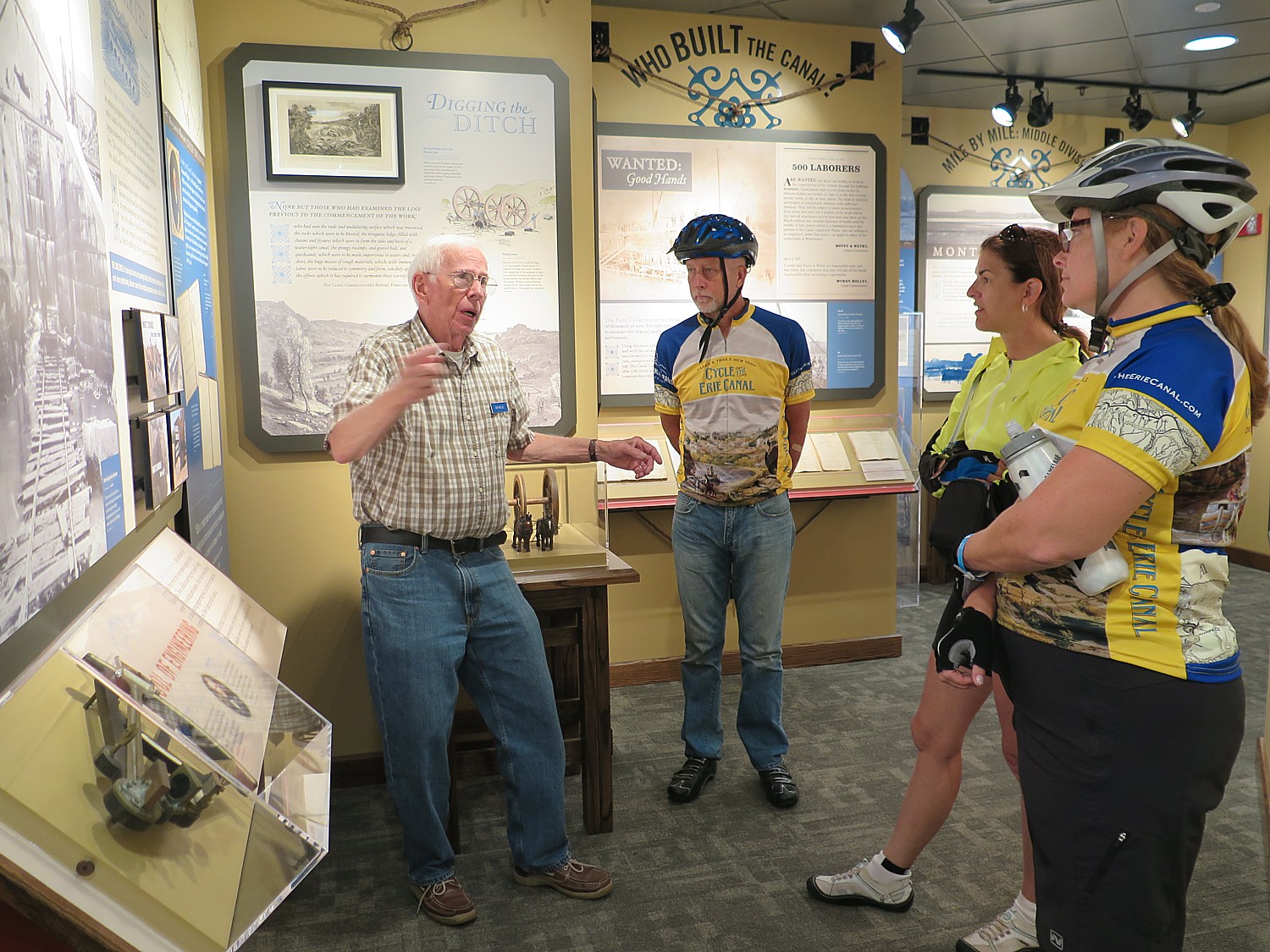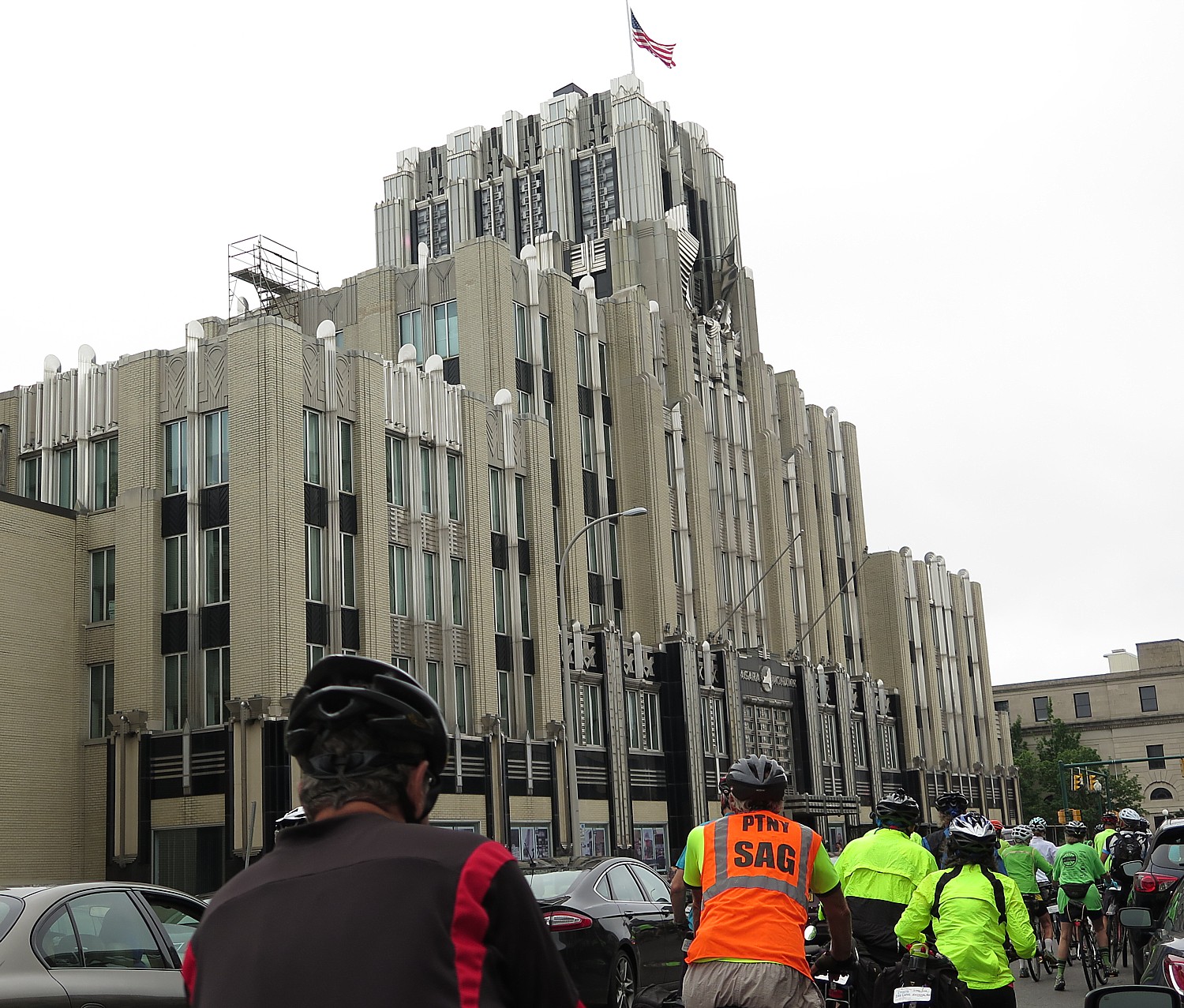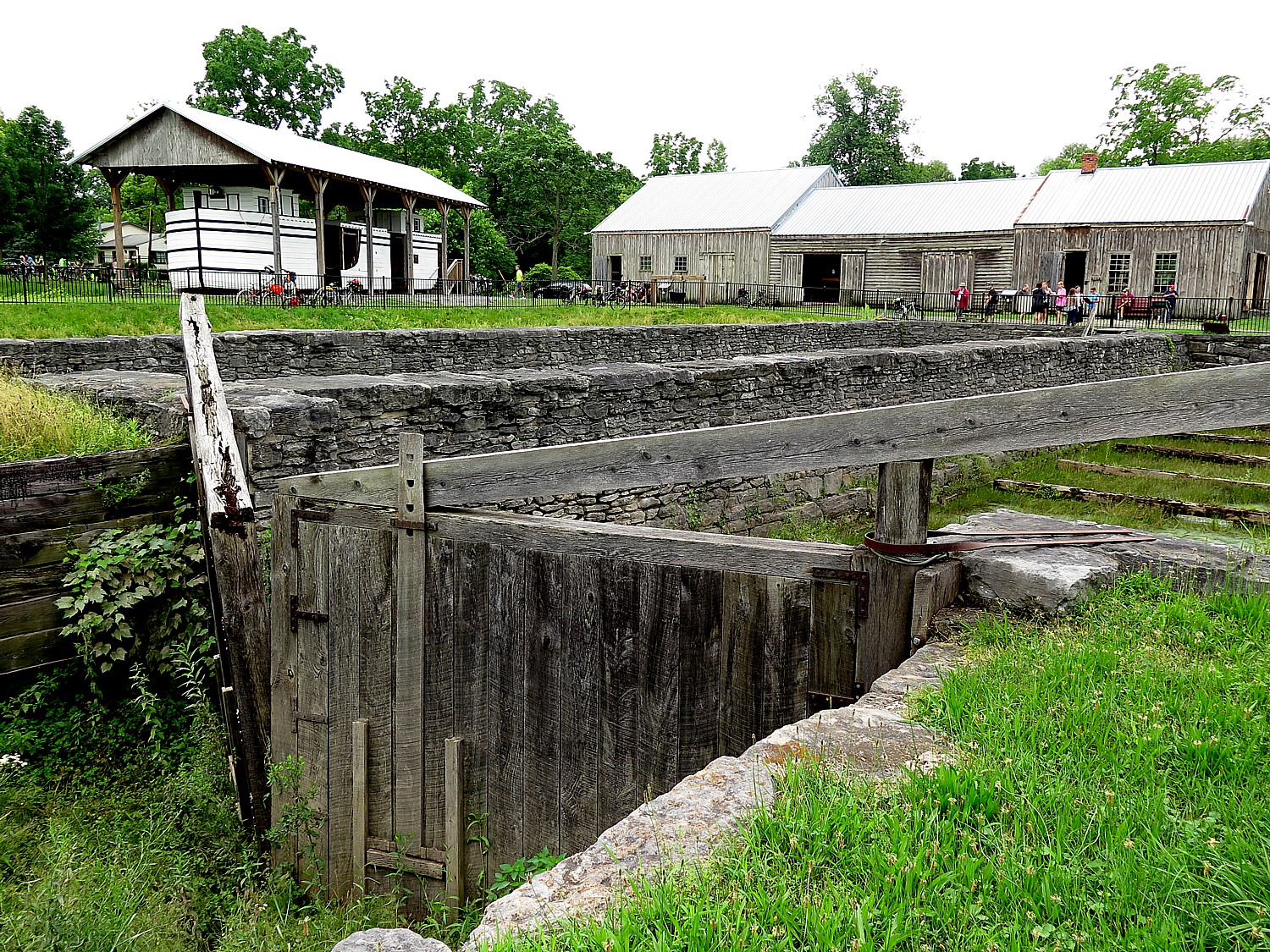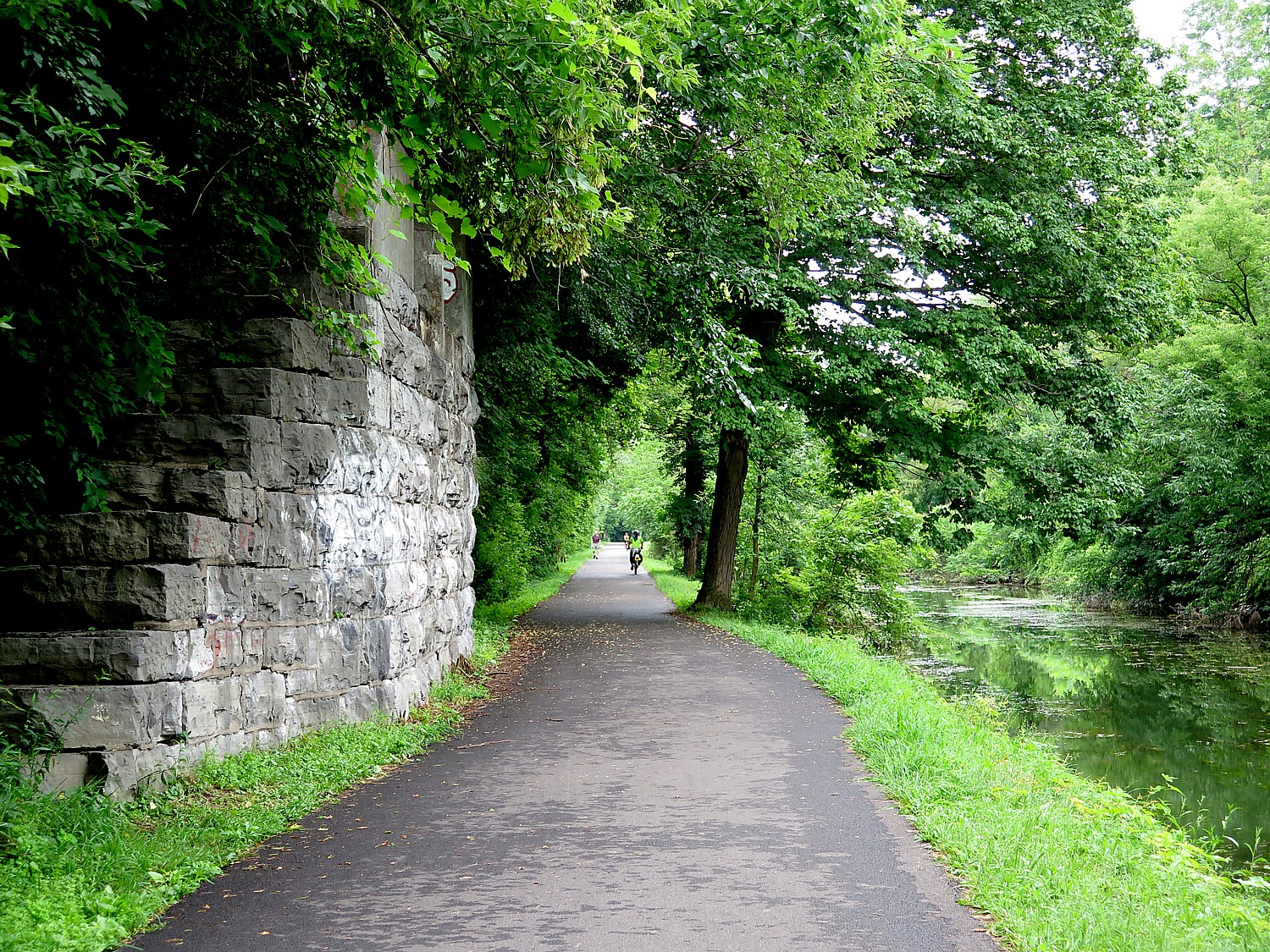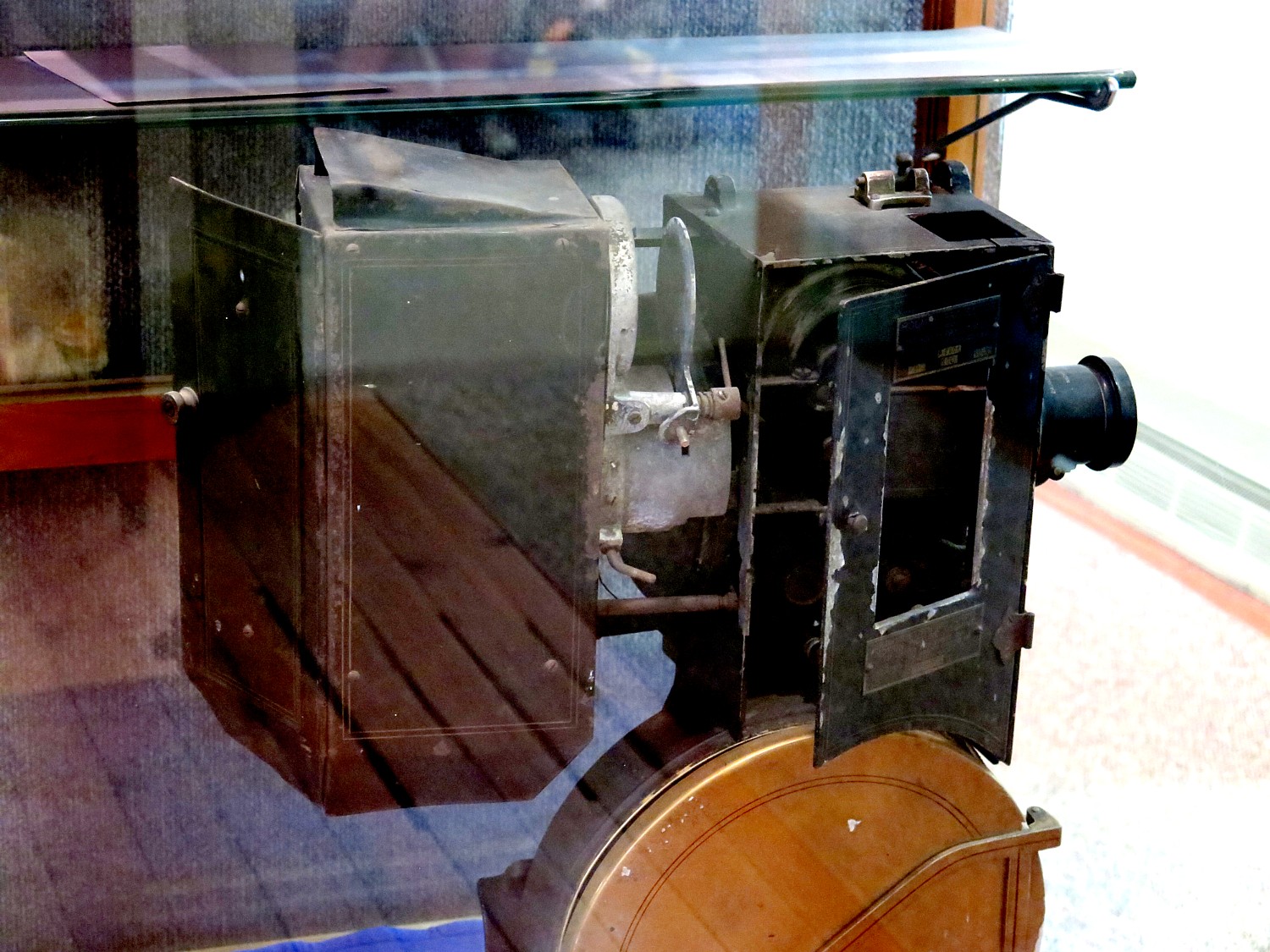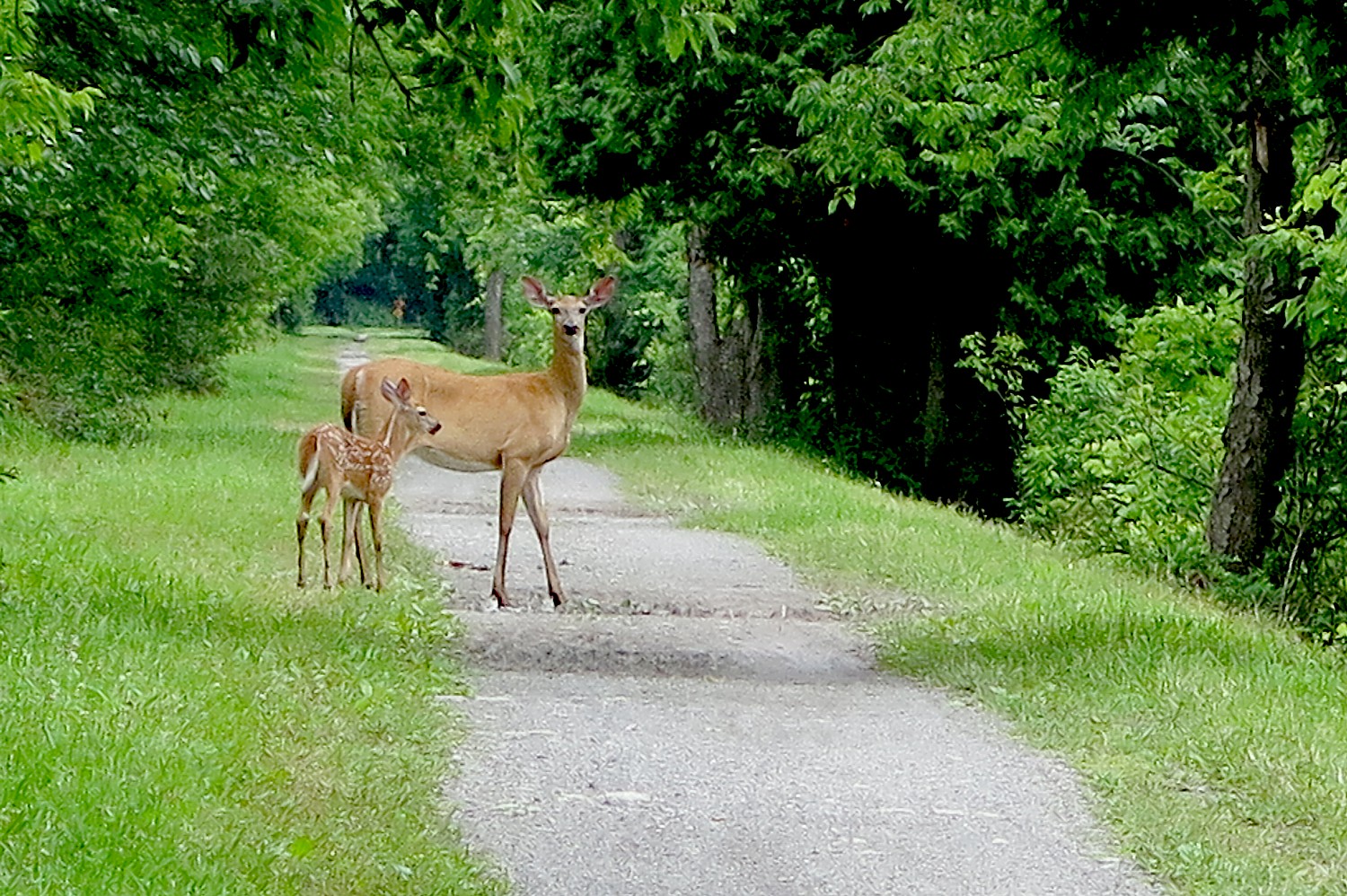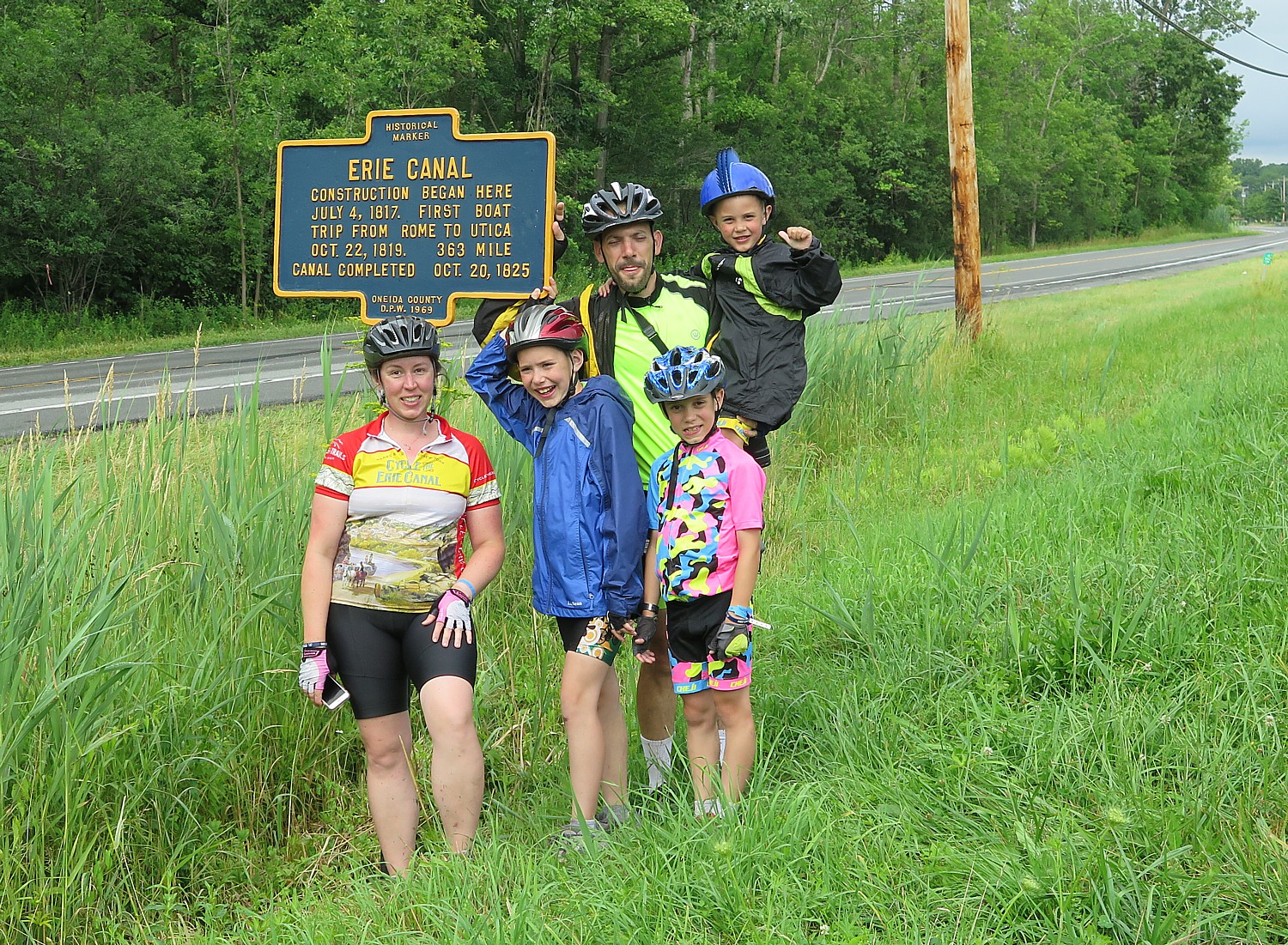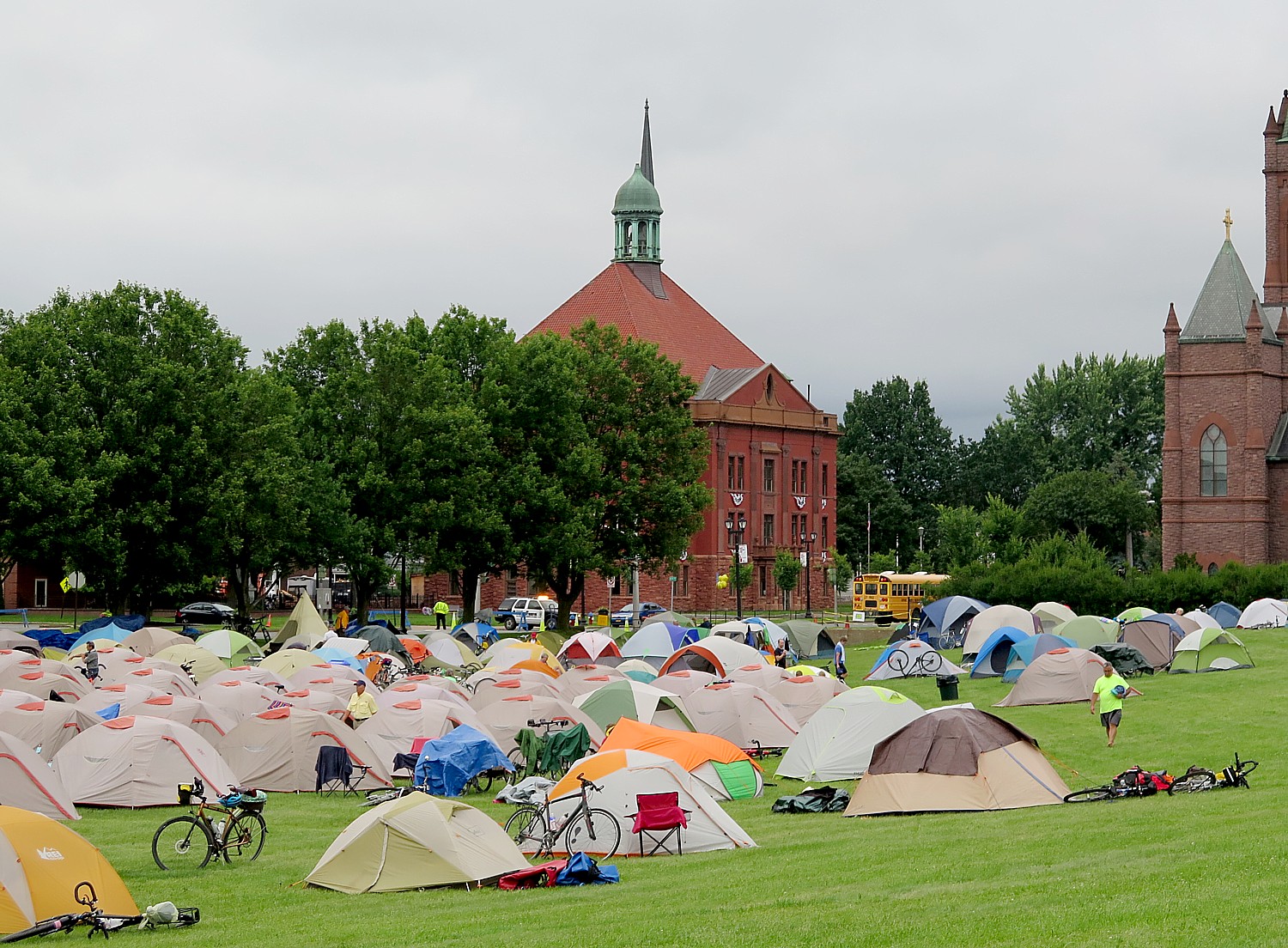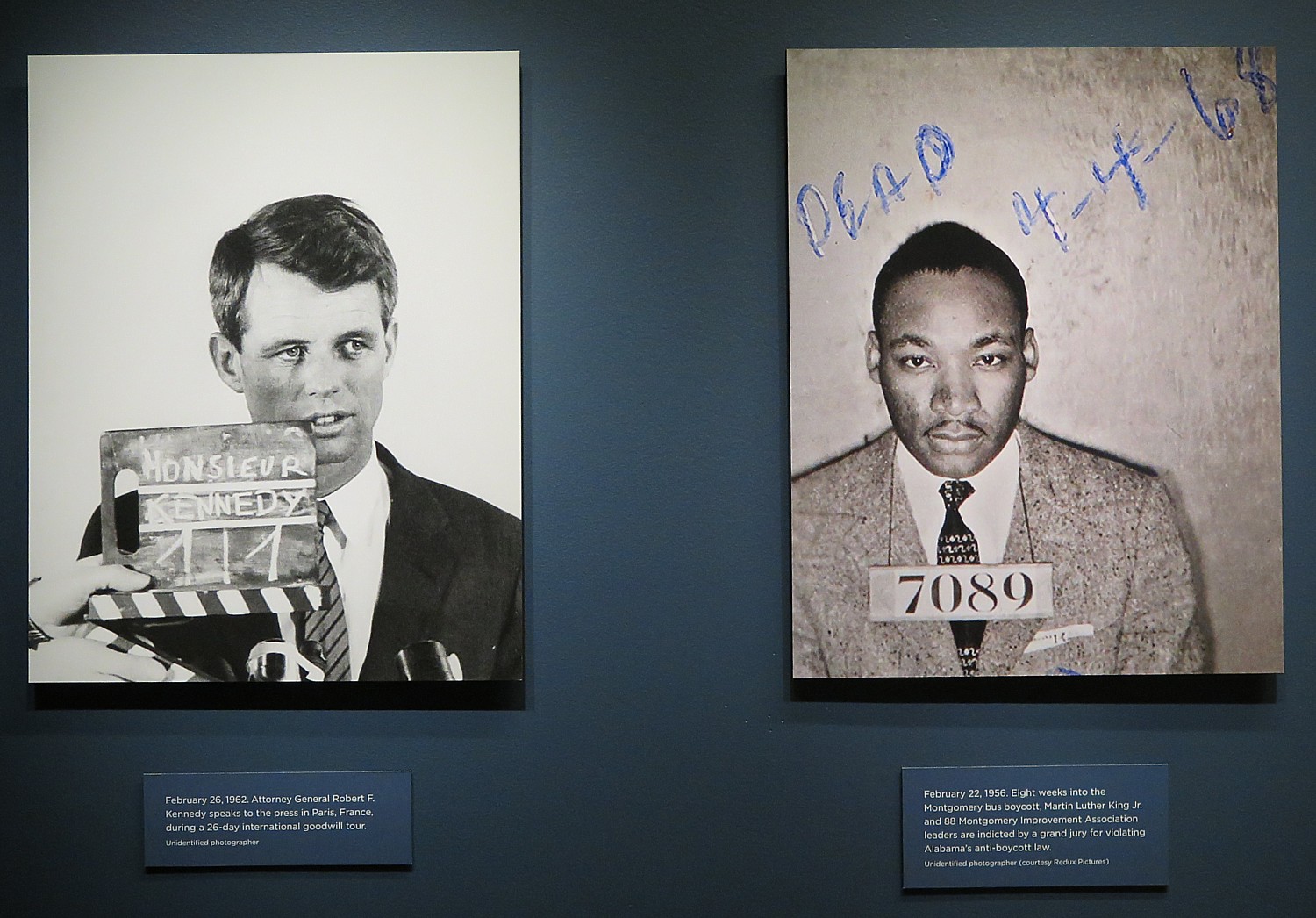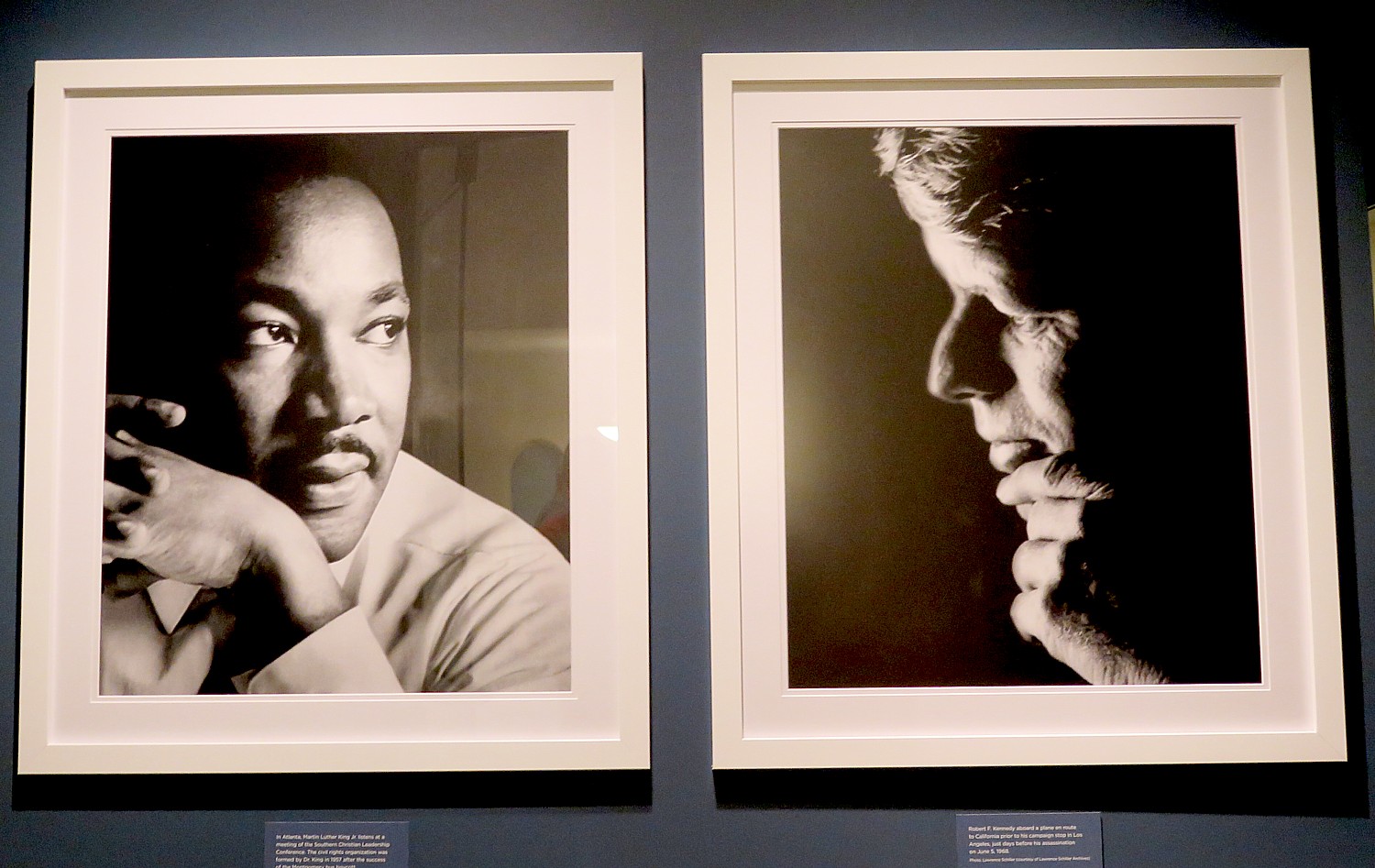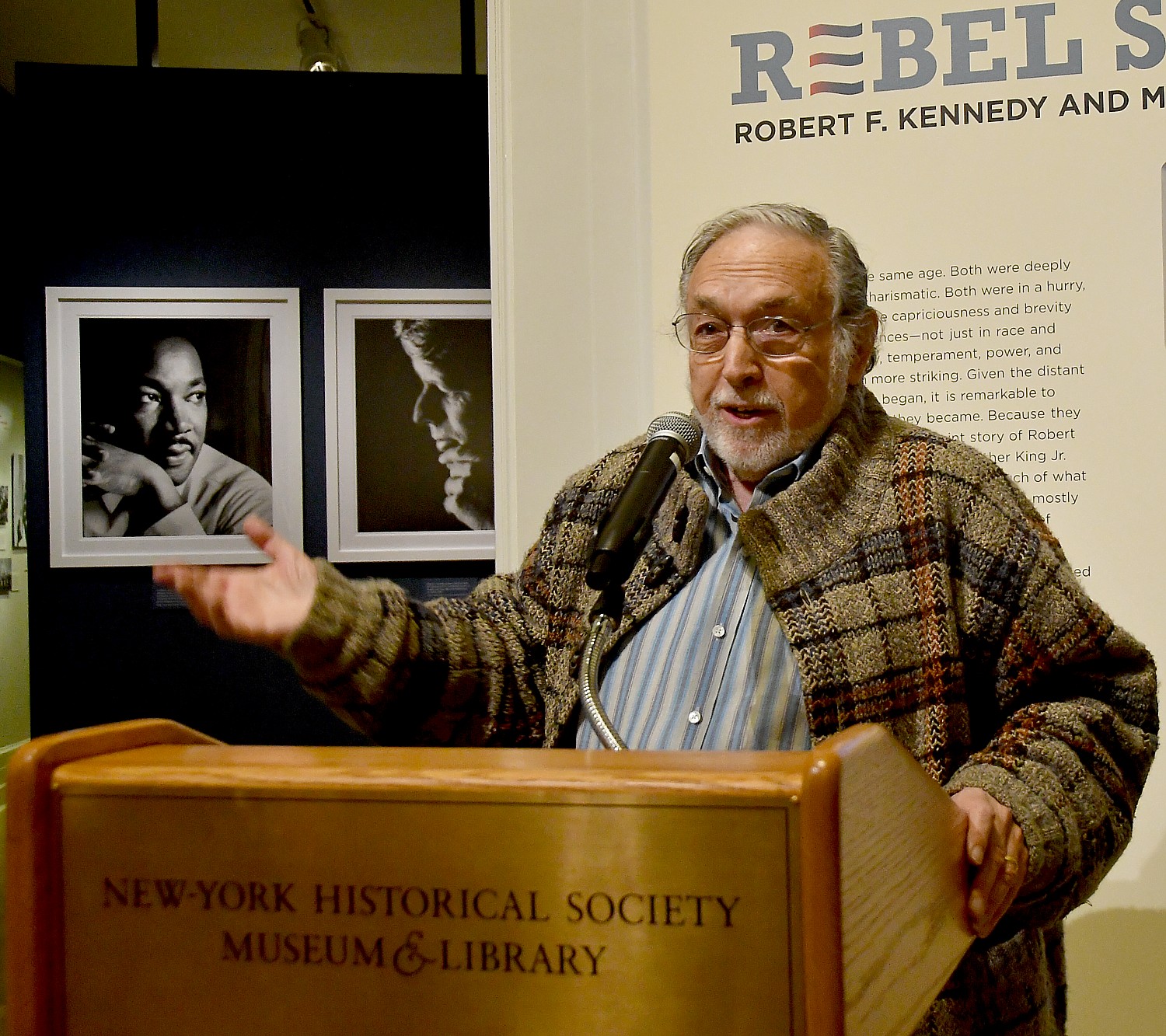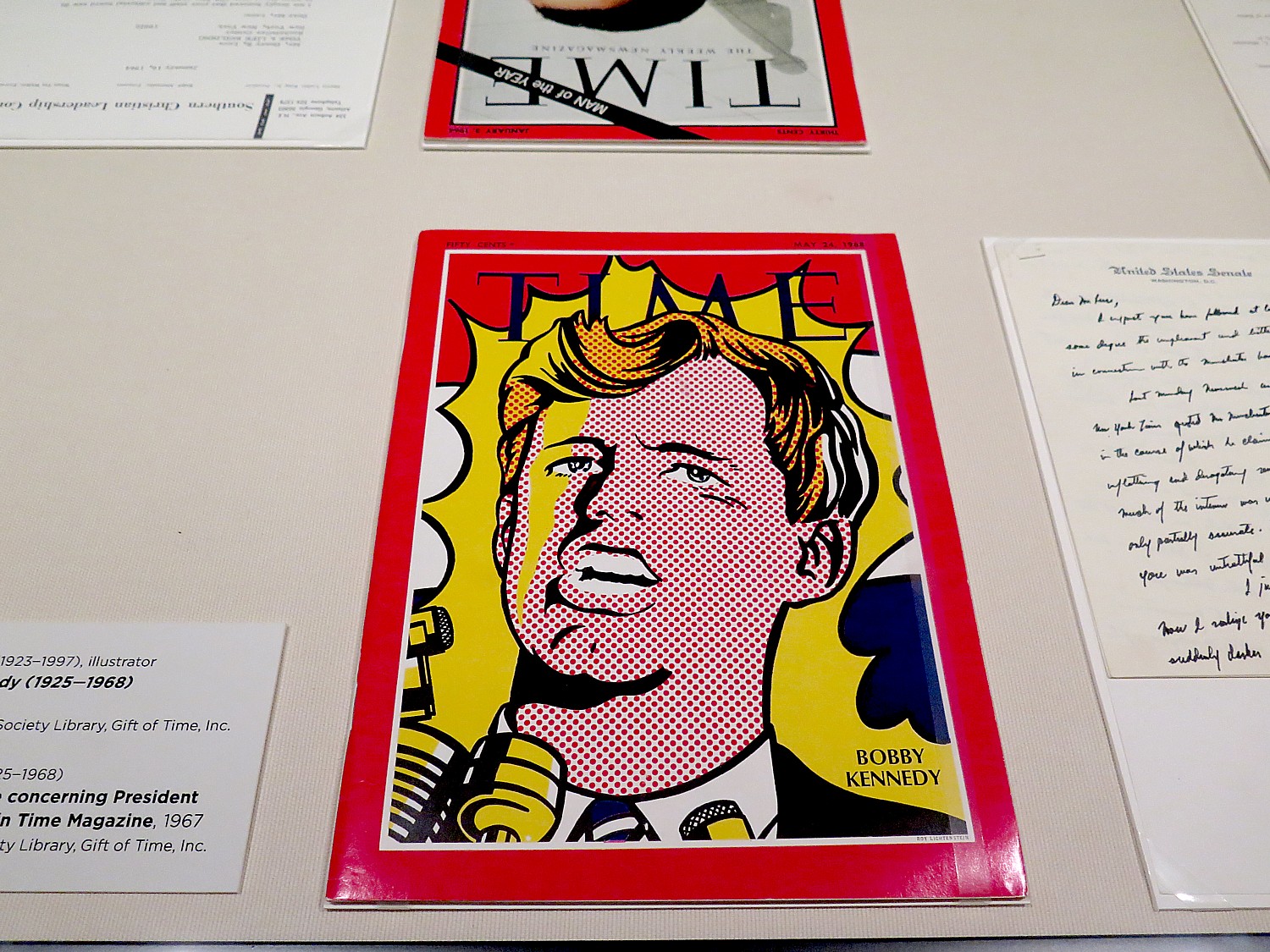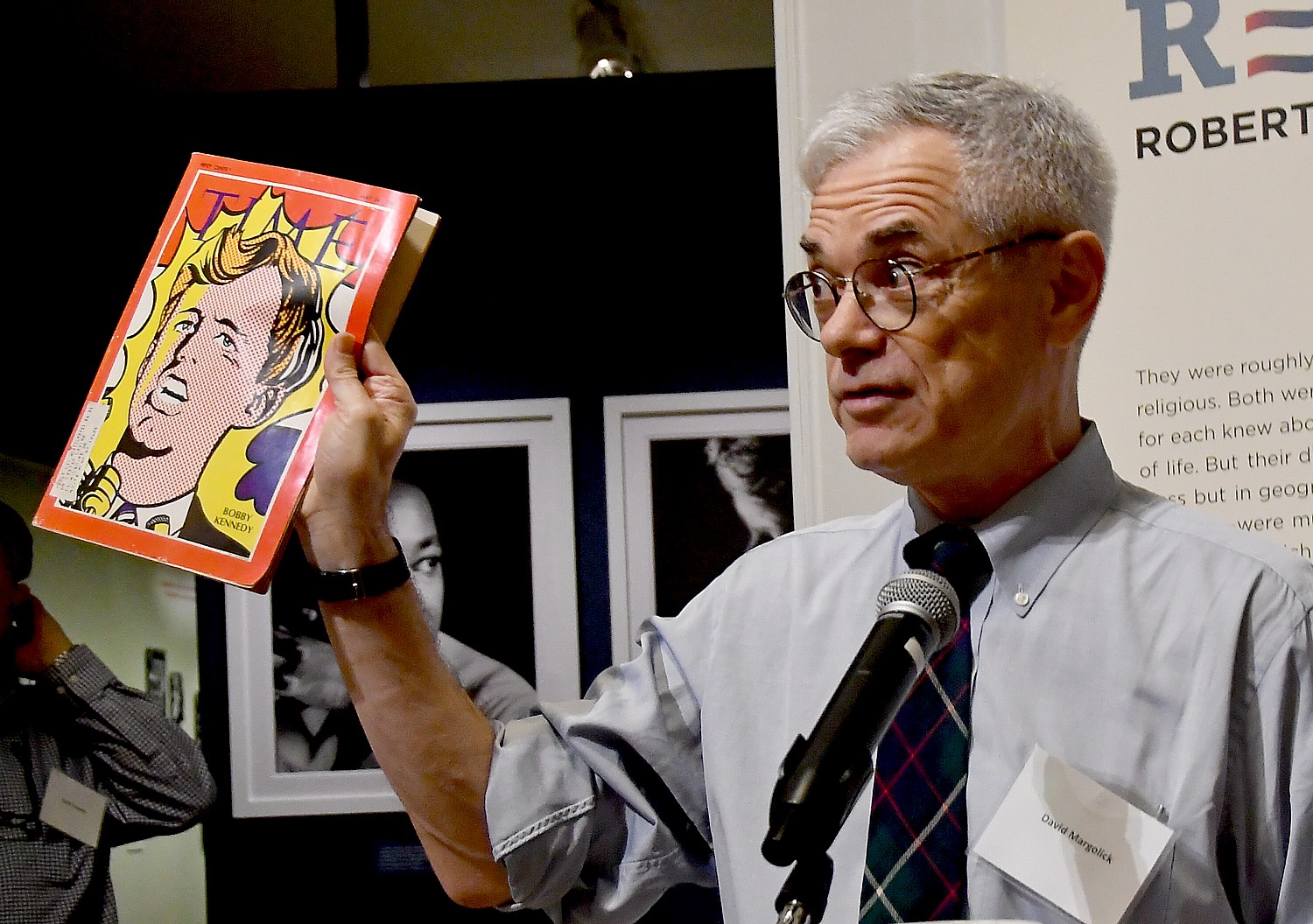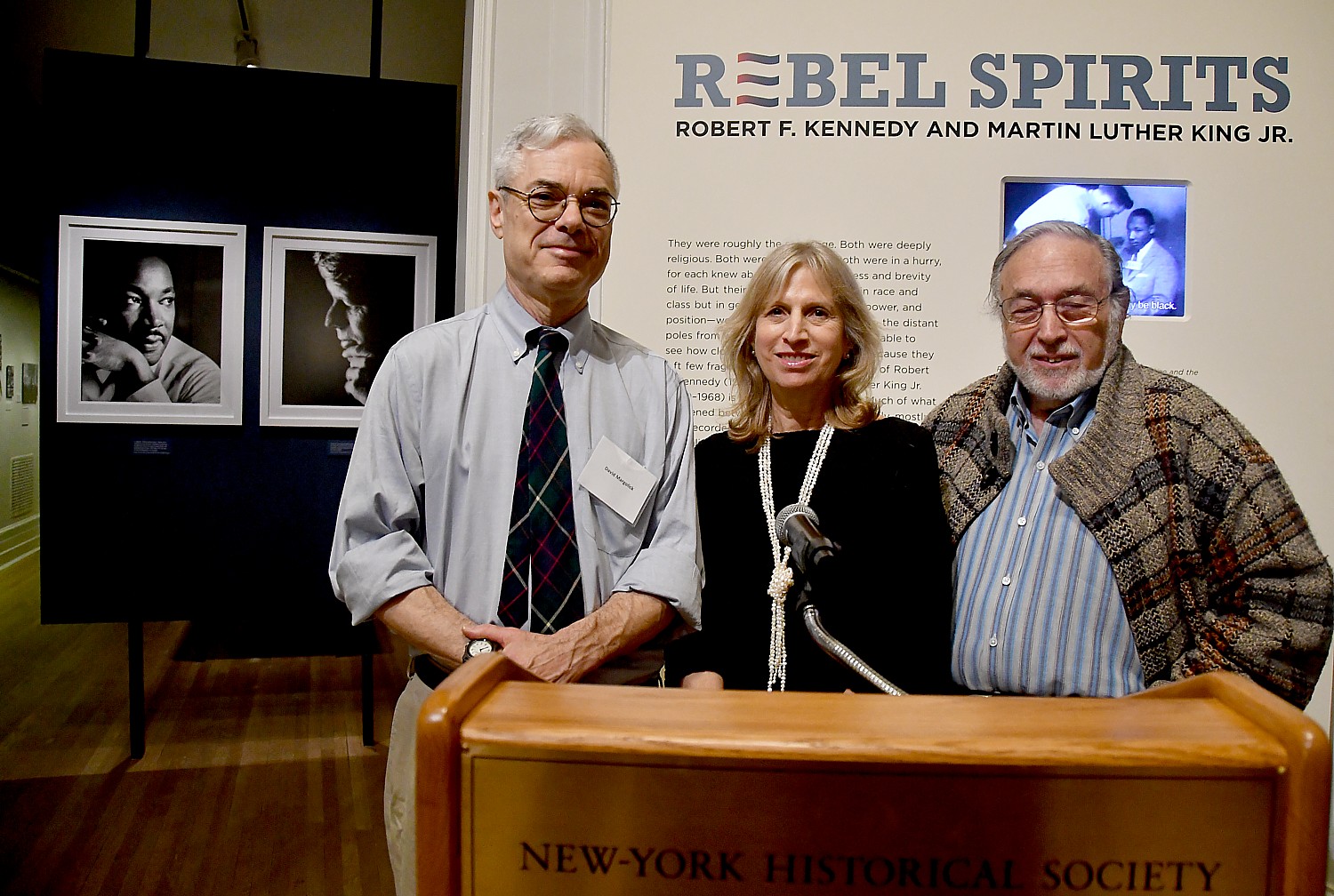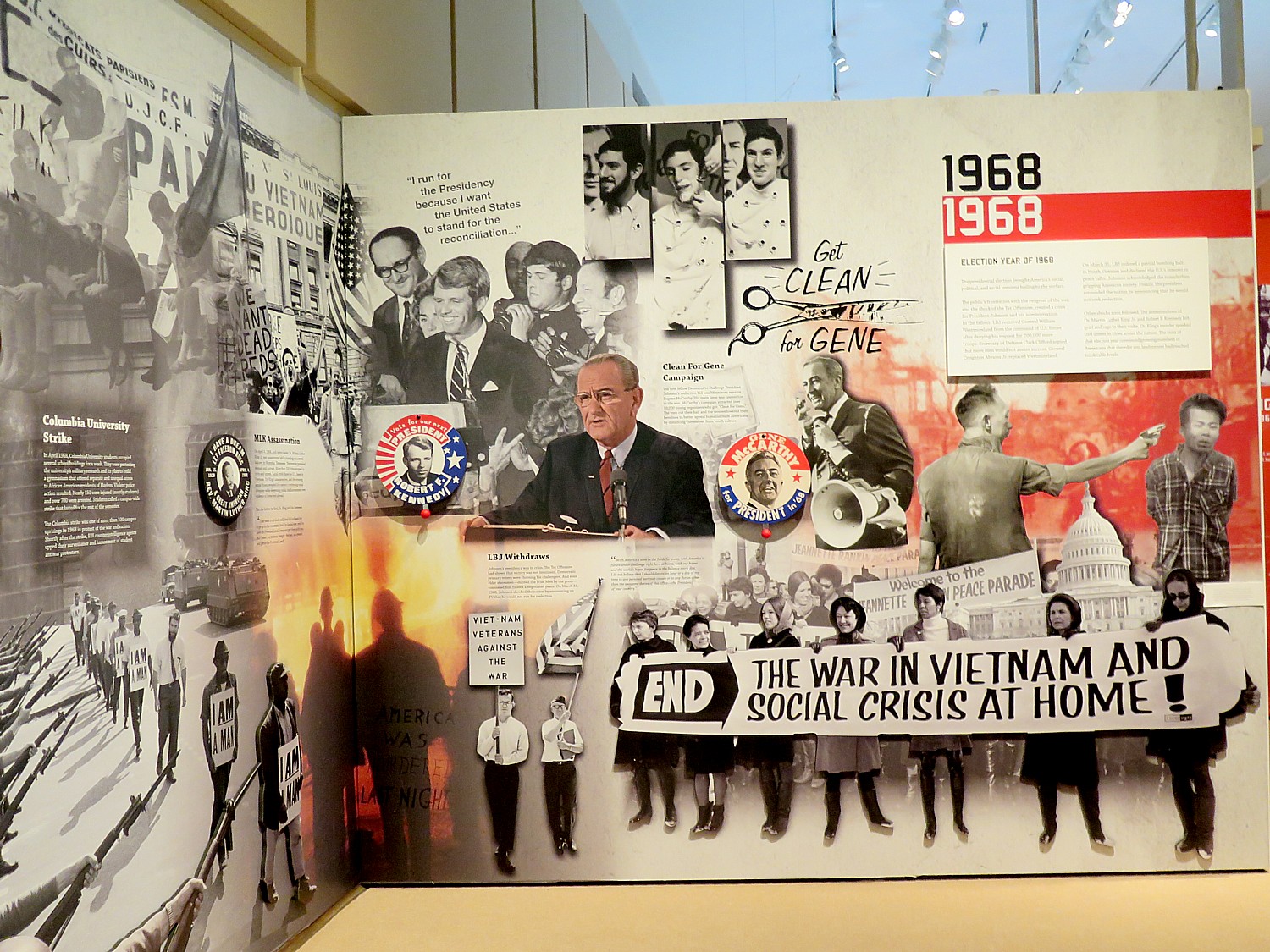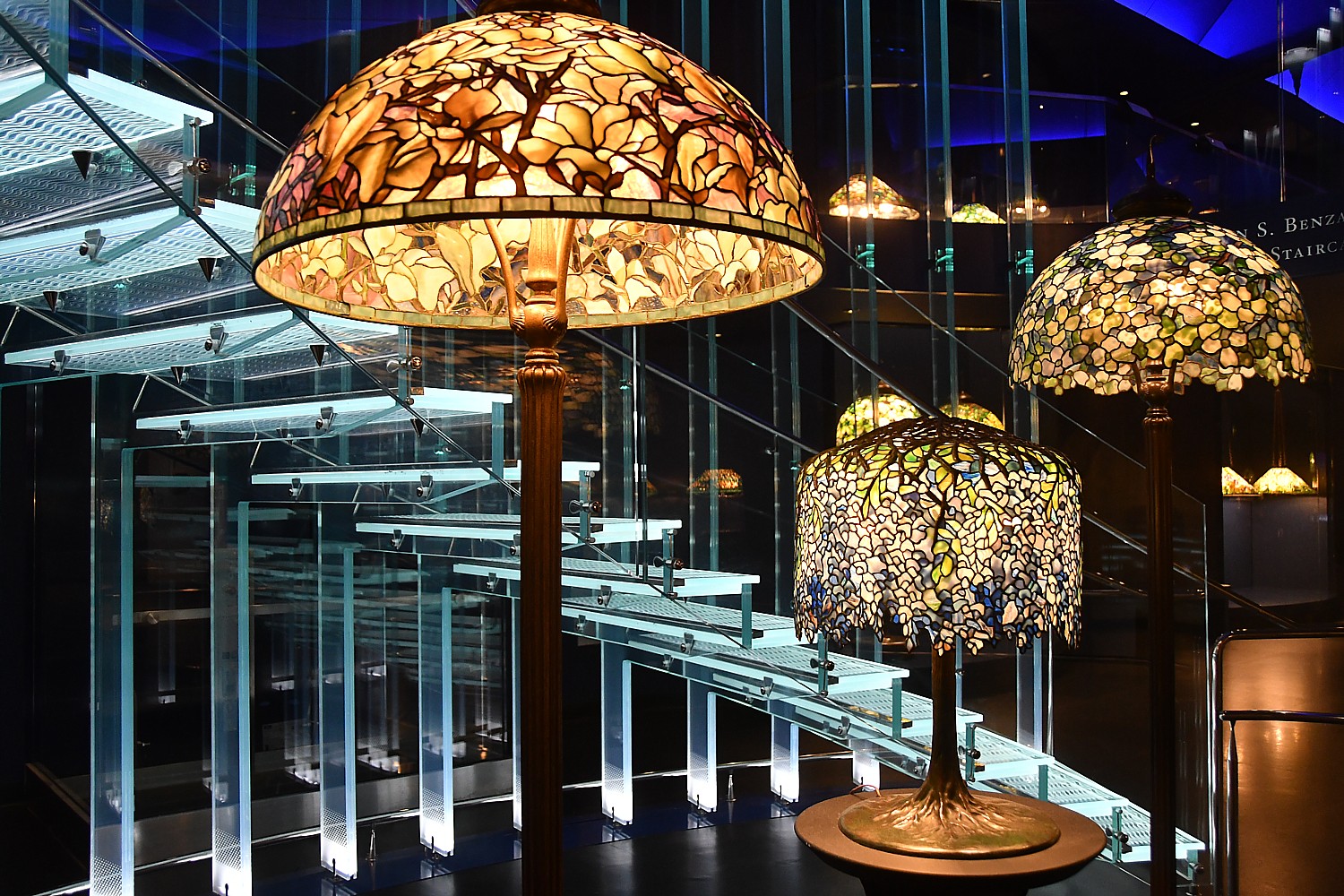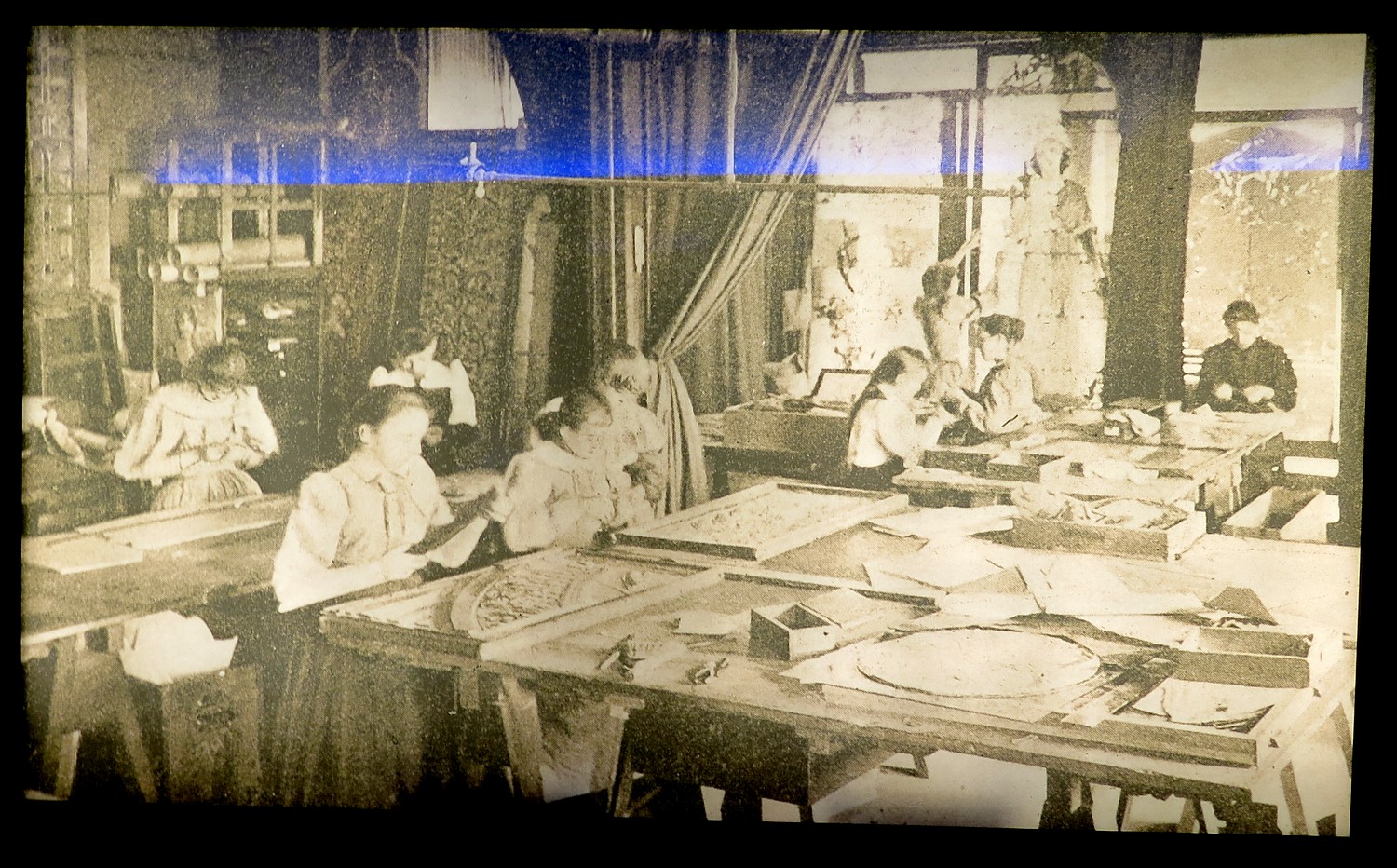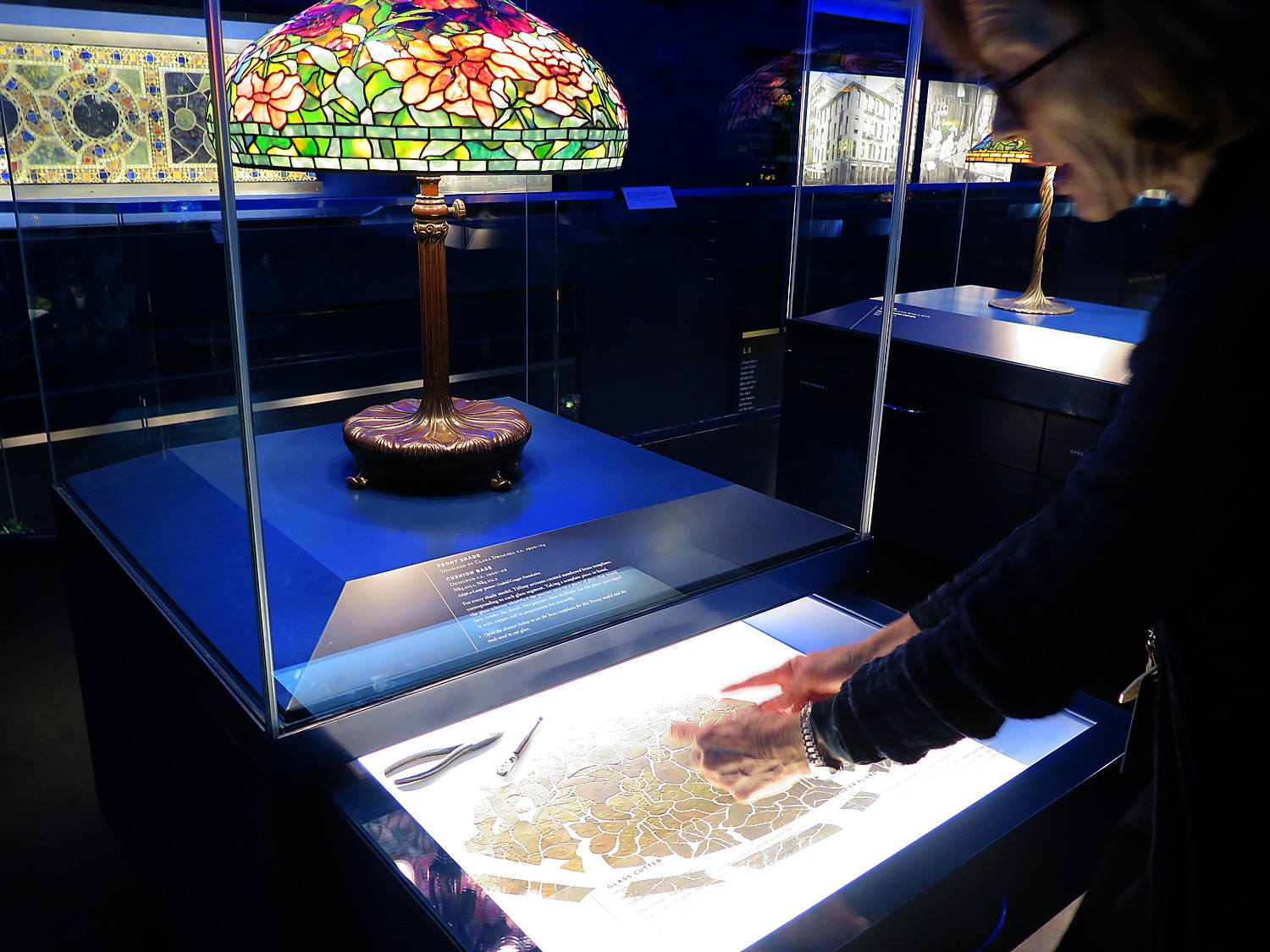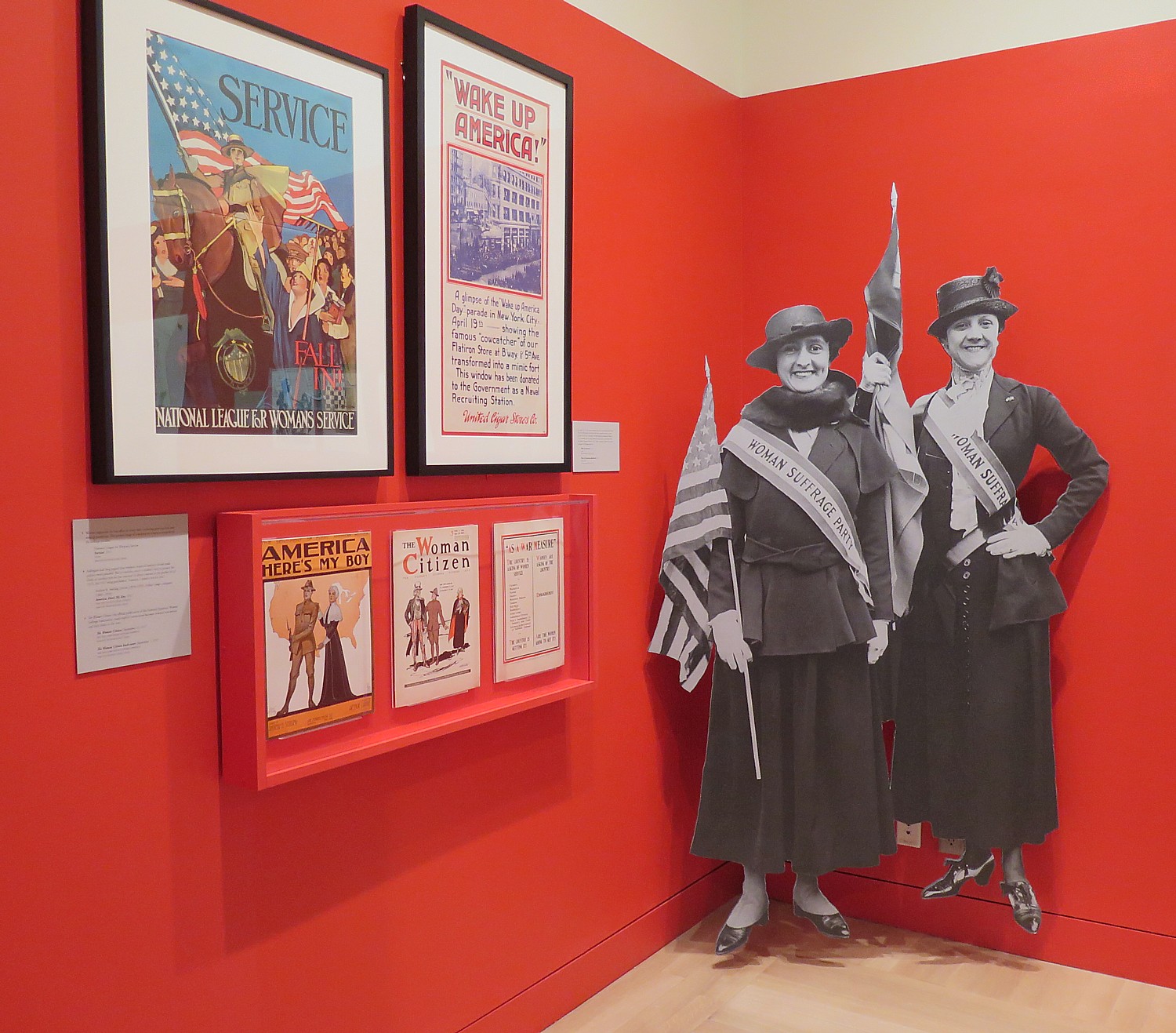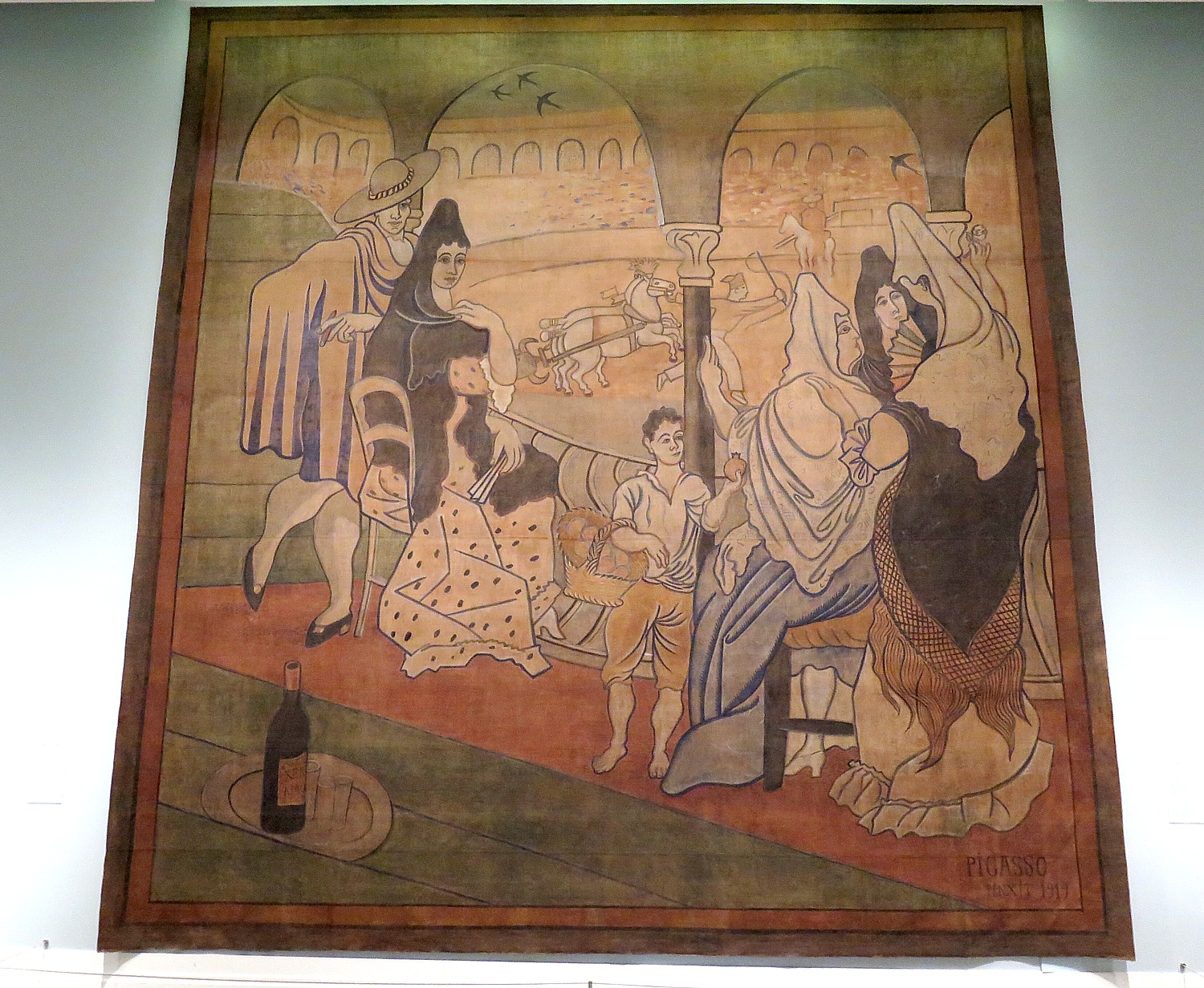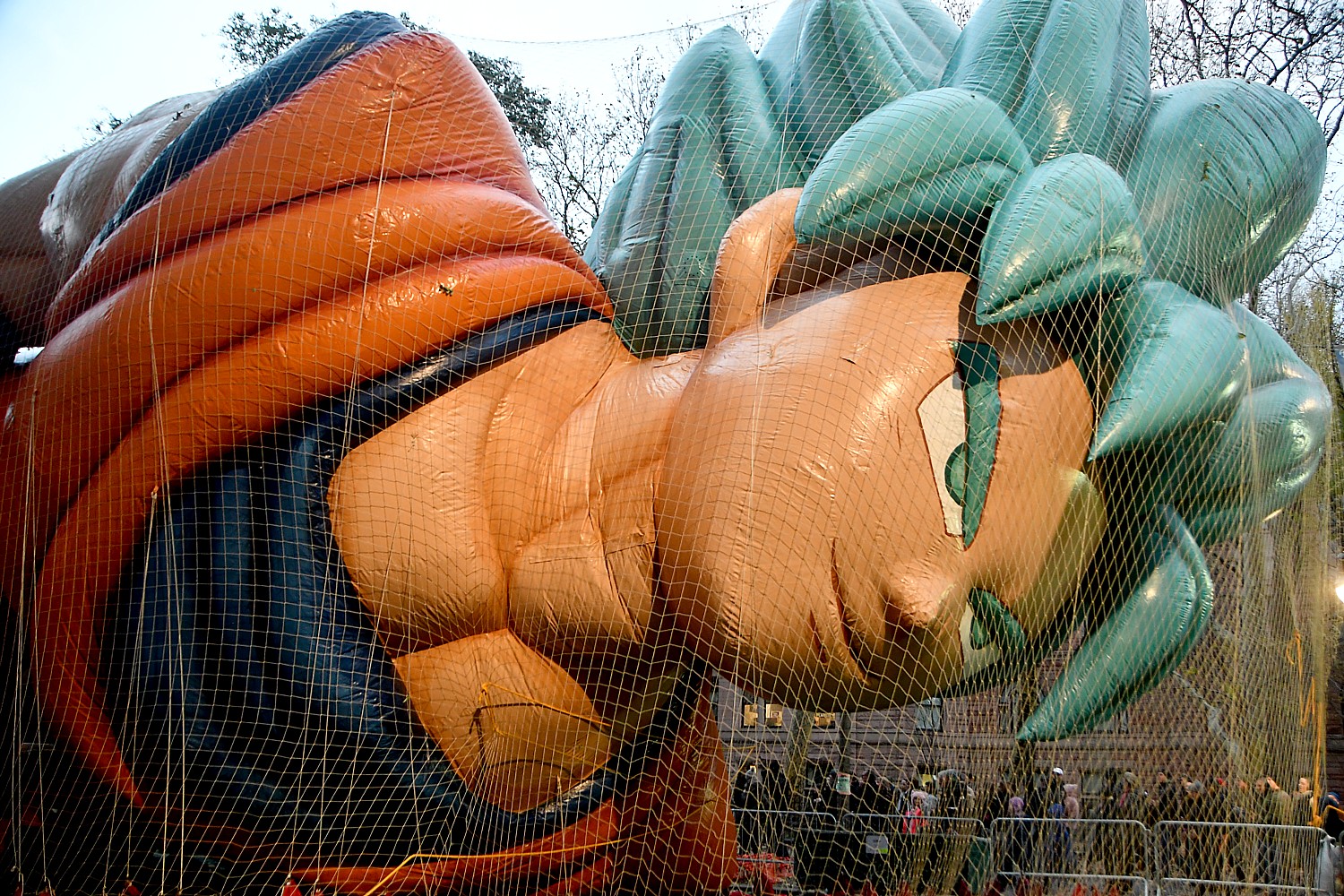
By Karen Rubin, Travel Features Syndicate, goingplacesfarandnear.com
Millions will line the Macy’s Thanksgiving Day Parade route despite record cold temperatures for the 92nd annual parade, but on the night before Thanksgiving, tens of thousands come out to take part in a pre-holiday festival, which has come to be known as the Macy’s Balloon Inflation.
After braving lines that funnel through 73rd and Columbus to Central Park West, snaking up to 77th Street, they get to see up close as 16 giant character helium balloons and 43 novelty/ornament balloons, balloonicles (a hybrid balloon and vehicle that Macy’s invented), balloonheads and trycaloons (a Macy’s hybrid tandem bicycle and balloon concoction) being readied for their Thanksgiving Day flights. The new class of balloons includes the anime star Goku from “Dragon Ball Super, Broly”; Fleck, Bjorn, Jojo and Hugg the elf stars of Netflix’s “The Christmas Chronicles,” Little Cloud by Friends With You; the newest entry into the Parade’s Blue Sky Gallery series of balloons by renowned contemporary artists, the Go Bowling pins and bowling ball balloonicles; Sinclair’s Baby Dino balloonicles and the astronaut star of Macy’s Christmas celebrations, Sunny the Snowpal.
Hundreds of volunteers take part in the event, many who will be proudly marching with their balloons the next day. Among them, Douglas Malnati, who has been one of the balloon volunteers for 15 years, starting right out of college. He’s otherwise an IT guy.
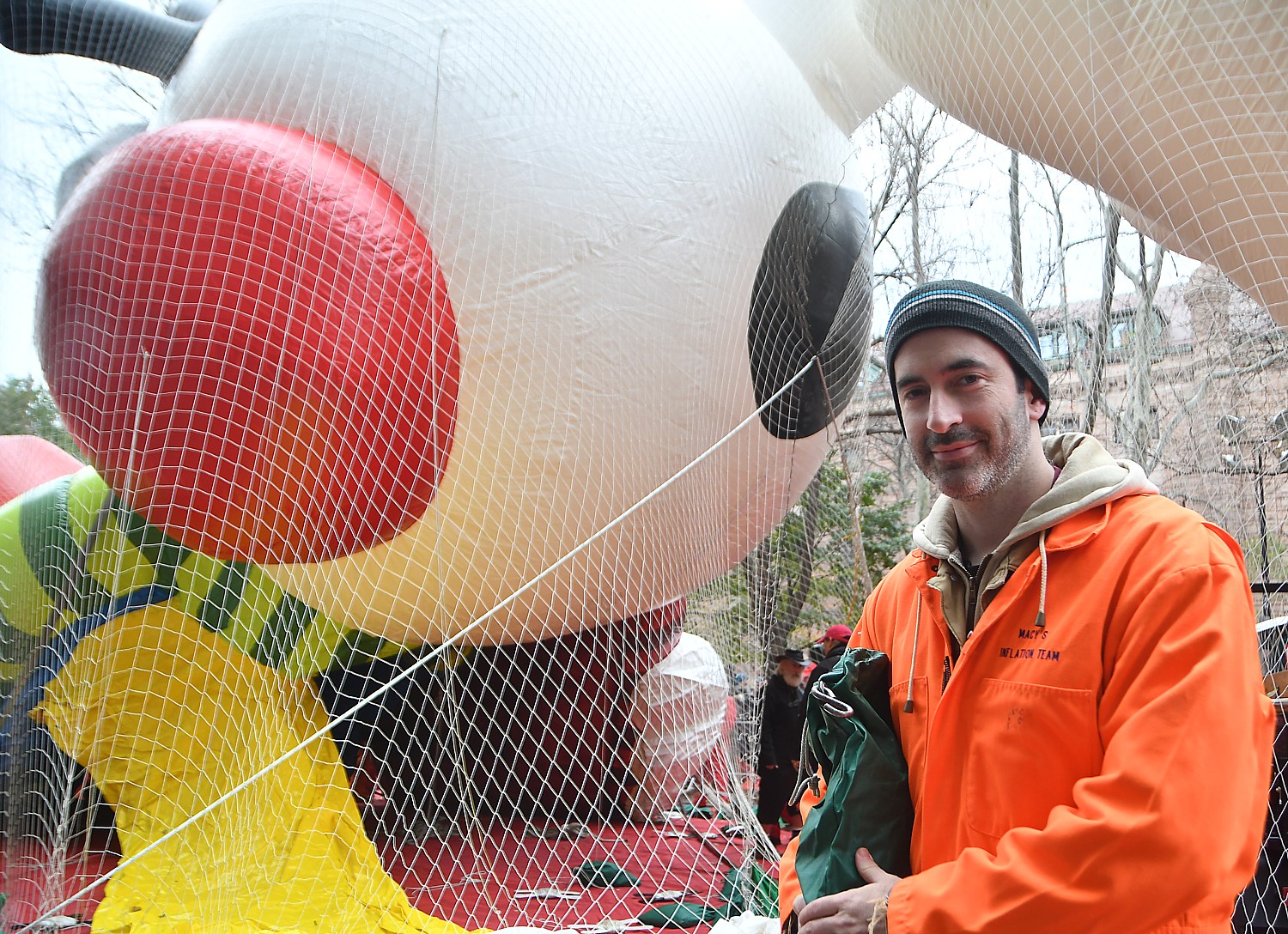
Here’s who to look for in the parade
CHARLIE BROWN PEANUTS WORLDWIDE
Everyone’s favorite blockhead, PEANUTS’ Charlie Brown once again flies through New York City with his trusty kite. This November, Charlie Brown will practice his flight moves ahead of next year’s celebration of the 50th anniversary of man- and beagle-kind landing on the moon! The celebration kicked off in July with the signing of a Space Agreement with NASA to bring the joy of space exploration to a new generation. Despite getting tangled with his kite’s tail, Charlie Brown is sure to arrive just in time to 34th Street for his big moment in the spotlight. Balloon Dimensions: 53-feet long, 31-feet wide, 46-feet tall Fun Fact: Charlie Brown’s famous kite measures 26-feet wide and nearly 30-feet tall and its tail is more than 80-feet long.
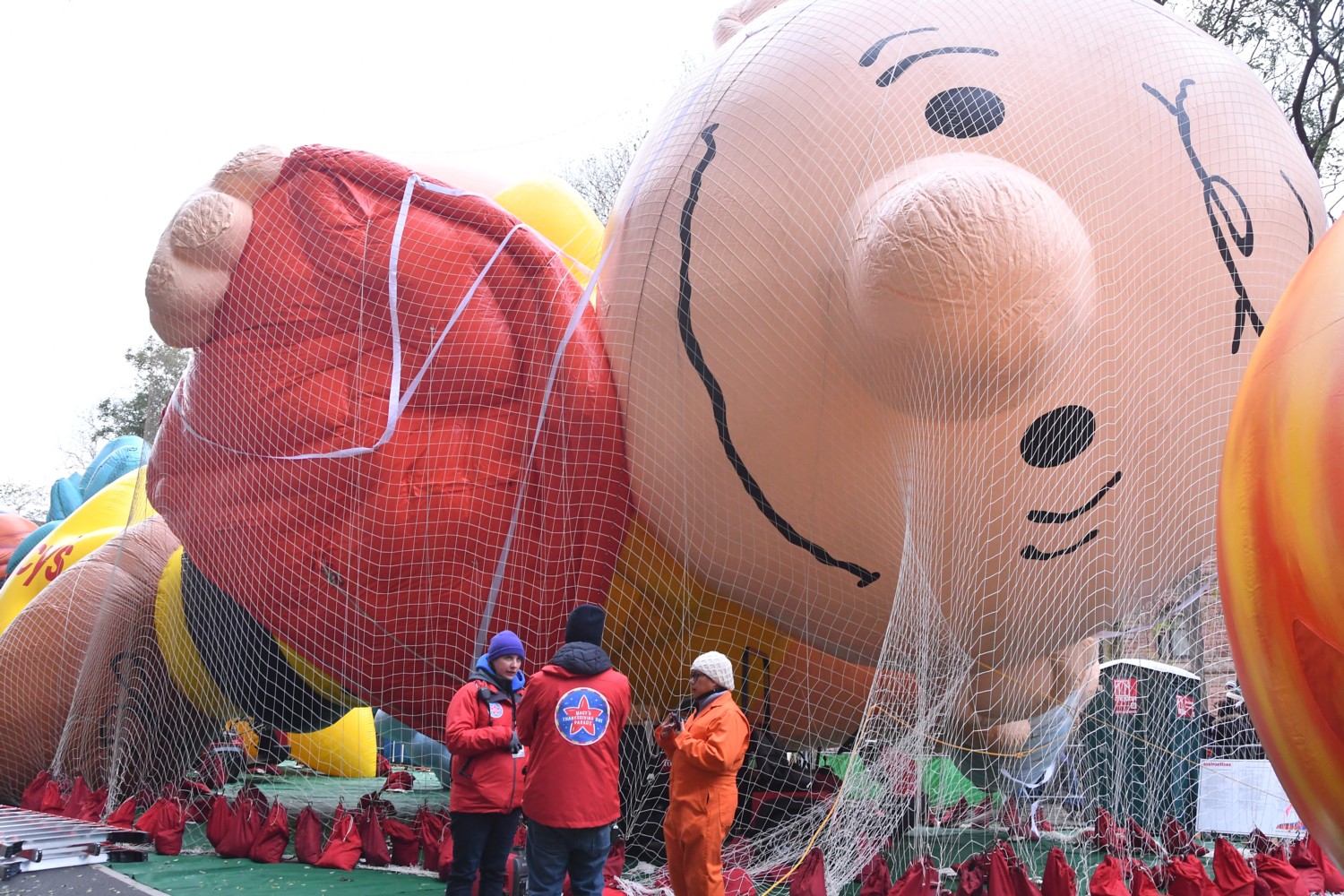
DIARY OF A WIMPY KID® ABRAMS CHILDREN’S BOOKS
The mega-popular star of the internationally best-selling book series, Greg Heffley will fly in the Parade for the ninth time this Thanksgiving. The second edition of the Diary of a Wimpy Kid balloon takes its third trip down the Parade route celebrating the release of the 13th book in the series, “Diary of a Wimpy Kid: The Meltdown.” As always, Greg will delight millions of fans as he seemingly slips on ice during his Parade march down the streets of New York City. Balloon Dimensions: 62-feet long, 32-feet wide, 62-feet tall Fun Fact: 2018 marks the ninth Parade appearance for Diary of a Wimpy Kid, and the third flight of the latest version of the main character Greg Heffley as a balloon giant.
SINCLAIR’S DINO® SINCLAIR OIL CORPORATION
America’s most famous Apatosaurus, Sinclair’s DINO (pronounced DYE-NO), returns to New York City after traveling across the country visiting stations and meeting fans. DINO is a classic Parade balloon, first appearing in the 1963 Macy’s march. Balloon Dimensions: 72-feet long, 24-feet wide, 36-feet tall Fun Fact: The original DINO balloon was inducted as an honorary member of the Museum of Natural History in 1975, and the balloon returned to the Macy’s Parade in 2015, after nearly 40 years.
THE ELF ON THE SHELF® The holiday season would not be the same without Santa’s trusted Scout Elves. The arrival of the Elf on the Shelf® balloon marks the kickoff of the holiday season for families across the country as they prepare to welcome back their Scout Elves during Scout Elf Return Week™. Balloon Dimensions: 46-feet tall, 28-feet wide, 64-feet long Fun Fact: The Elf on the Shelf balloon is one of the biggest balloons in the Parade by height, width and length.
DRAGON BALL SUPER: BROLY’S GOKU FUNIMATION® The legendary hero of Dragon Ball takes to the streets of Manhattan for his Parade debut this year ahead of his starring role in the North American theatrical release of Dragon Ball Super: Broly this January. Goku, the star of the iconic Japanese animation franchise Dragon Ball, is a Saiyan warrior who was sent to destroy Earth as a child. When a brain injury changed Goku’s programming, he became peaceful, good-natured, loving and honest – many adjectives that describe the celebration of Thanksgiving! Balloon Dimensions: 70-feet long, 36-feet wide, 56-feet tall Fun Fact: The Goku balloon is depicted in his new Super Saiyan Blue form, which represents a new era of the Dragon Ball franchise.
ILLUMINATION PRESENTS DR. SEUSS’ THE GRINCH ILLUMINATION ENTERTAINMENT Everyone’s favorite Christmas curmudgeon returns this Thanksgiving as The Grinch, along with his loyal dog Max, return to the Parade route trying to steal more than just Santa’s thunder. With a sack full of toys the duo celebrates their second Parade this year and the release of the new comedy Illumination Presents Dr. Seuss’ THE GRINCH Balloon Dimensions: 49-feet long, 24-feet wide, 37-feet tall Fun Fact: The Grinch and Max are only the fourth-ever giant balloons to take flight as a duo in the Parade’s history.
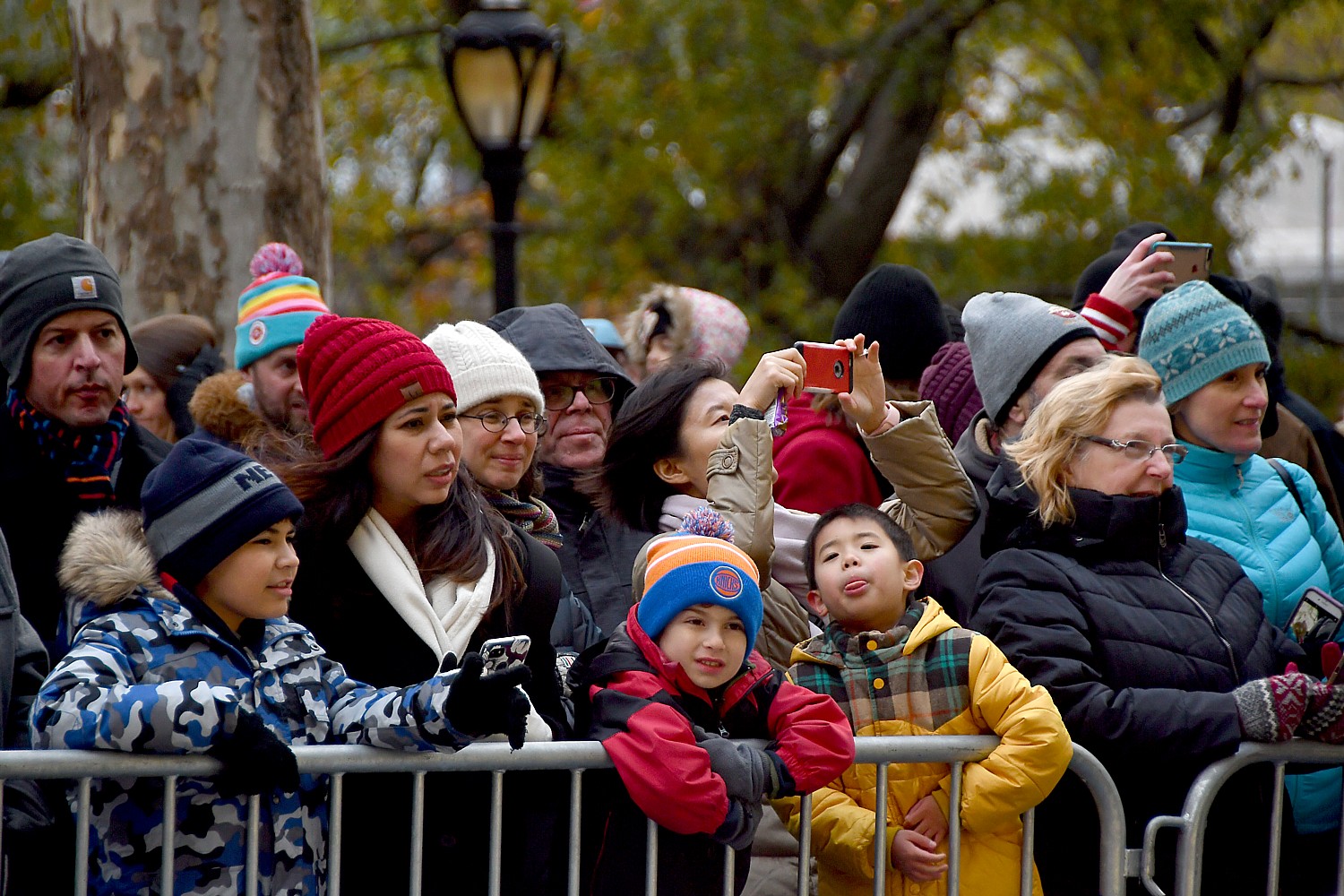
JETT BY SUPER WINGS™ ALPHA GROUP Jett, the fun-loving transforming plane from the animated preschool series Super Wings on both Netflix and Universal Kids, is used to adventure as he travels the world delivering packages to children and solving problems along the way. This November he will be fueled and ready for takeoff on his second flight through the streets of New York City Thanksgiving morning. Balloon Dimensions: 47-feet long, 39-feet wide, 31-feet tall Fun Fact: Jett made his debut in 2017 and is the widest balloon in the Parade — his wingspan is equal to the size of an actual Learjet.
OLAF WALT DISNEY ANIMATION STUDIOS Olaf, the beloved snowman from Disney’s Frozen, returns to the Macy’s Parade with his usual cheerful disposition on full display. Taking a break from his starring role in the hit Broadway Musical Disney’s Frozen, Olaf will spread dazzling smiles down the route, warming the hearts of millions of spectators this Thanksgiving. Balloon Dimensions: 58-feet long, 32-feet wide, 60-feet tall Fun Fact: Olaf is the first-ever Macy’s balloon to glisten, mimicking real snow. This required perfecting the right mixture of white shades of paint and glitter that truly make Olaf standout as he takes flight down the Parade route.
PAW PATROL® SPIN MASTER LTD. & NICKELODEON Showing the citizens of New York that “no job is too big, no pup is too small” Chase the Police pup from the popular preschool series, PAW Patrol, is ready to protect all as he flies down the 2.5-mile route this November. Balloon Dimensions: 60-feet long, 36-feet wide, 43-feet tall Fun Fact: Chase’s hat could cover an actual police squad car and his paws are larger than two full-grown German shepherd dogs.
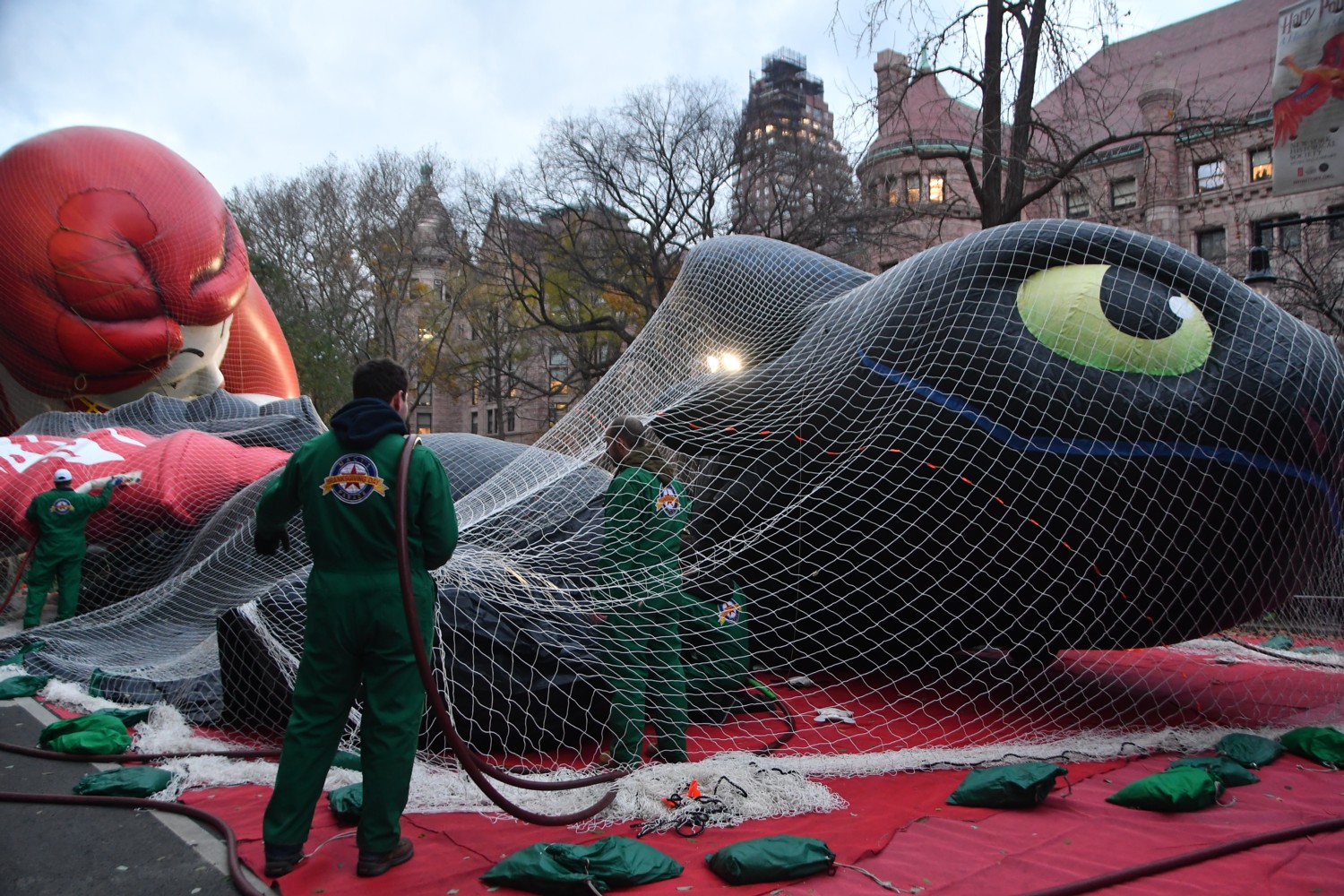
PIKACHU™ THE POKÉMON COMPANY INTERNATIONAL The much-loved Pokémon Pikachu returns to the Macy’s Thanksgiving Day Parade for the 18th consecutive year – just in time for the launch of Pokémon: Let’s Go, Pikachu! and Pokémon: Let’s Go, Eevee, the newest video games from the popular entertainment franchise. This year, Pikachu is bundled up in a warm scarf for the chilly New York weather, ready to celebrate the beginning of the holiday season with fans. Balloon Dimensions: 36-feet long, 29-feet wide, 53-feet tall Fun Fact: While the Parade’s third version of Pikachu is of giant proportions, Pikachu in reality officially measures just 1-foot, 4-inches tall.
PILLSBURY DOUGHBOY™ PILLSBURY™ Inspiring Thanksgiving bakers across the country, the classic Pillsbury Doughboy celebrates the fall spectacular at Macy’s alongside millions of Americans as they enjoy both his cheerful giggle and home baked holiday treats. Balloon Dimensions: 54-feet long, 34-feet wide, 46-feet tall Fun Fact: It would take more than four million Pillsbury Crescent Rolls to create a “dough-sized” version of the balloon.
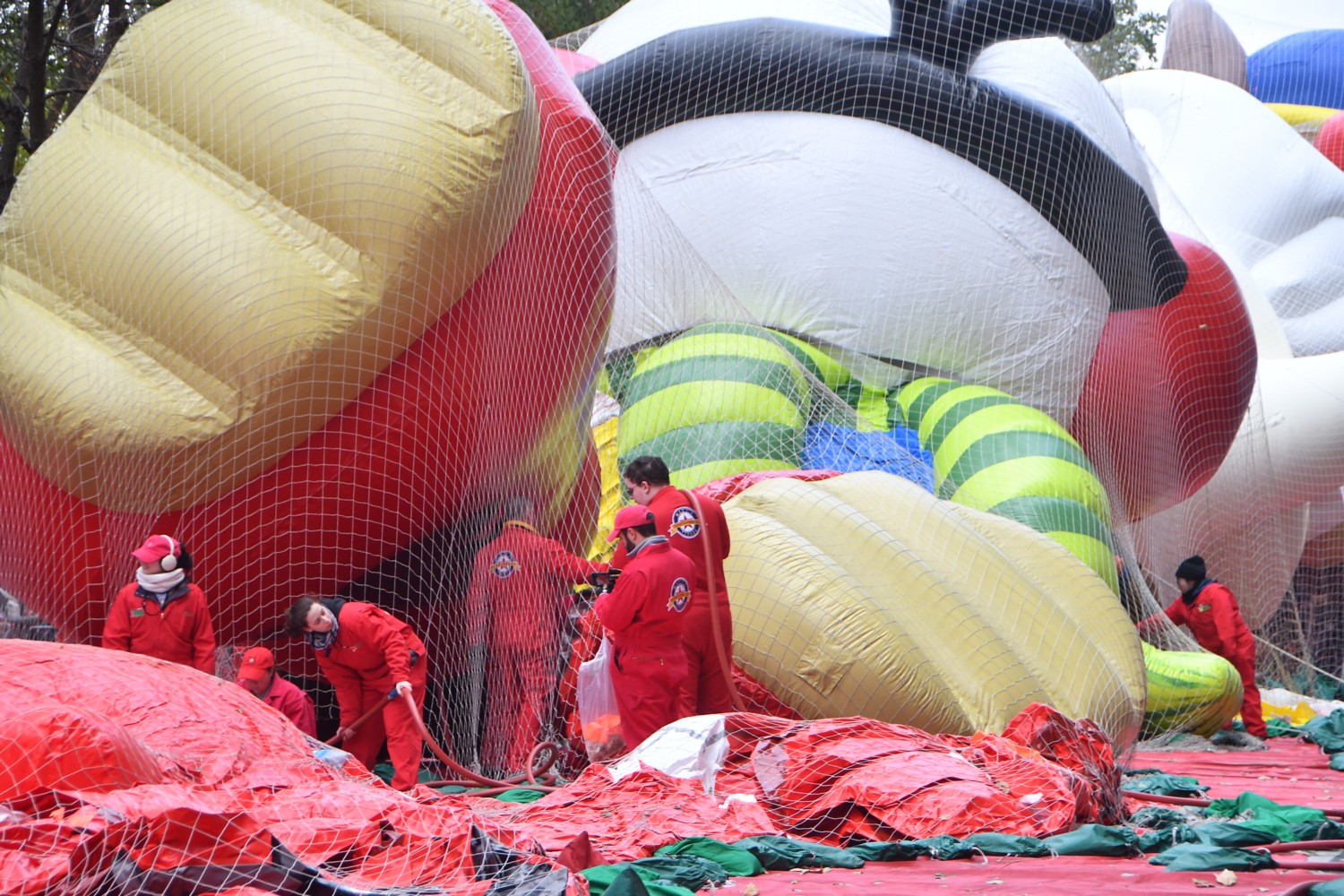
RED MIGHTY MORPHIN POWER RANGER HASBRO The 92nd Parade marks The Power Rangers’ historic 25th anniversary. It remains one of the longest running live action children’s series in television history. The iconic Red Mighty Morphin Power Ranger balloon will remind millions of Parade spectators that it’s Morphin Time! this Thanksgiving. Balloon Dimensions: 77-feet long, 26-feet wide, 56-feet tall Fun Fact: The larger than life Red Mighty Morphin Power Ranger is the longest balloon in the Parade; one of his arms is the length of a standard school bus at 45-feet.
RONALD McDONALD® McDONALD’S® Ronald McDonald, the world’s most famous clown and McDonald’s Chief Happiness Officer, gives his signature “thumbs up!” to the season of thanks as he joins millions in celebrating the start of the holiday season. Ronald says; “see a smile, share a smile” and he is sure to delight spectators and prompt millions of smiles across the country. Balloon Dimensions: 61-feet long, 29-feet wide, 67-feet tall Fun Fact: The iconic “Big Red Shoes” Ronald is wearing are 6-feet long!
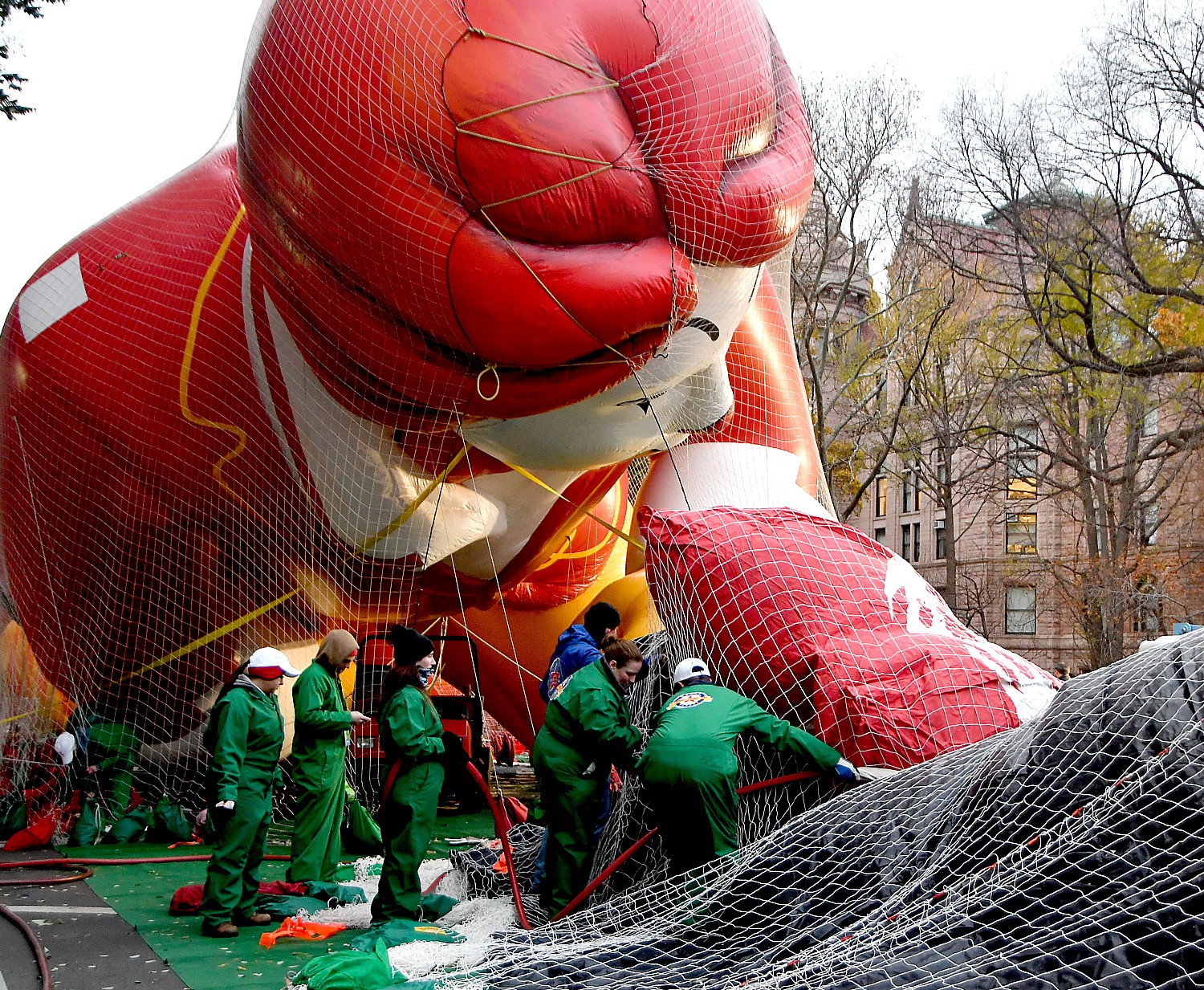
SPONGEBOB SQUAREPANTS NICKELODEON The nation’s favorite pineapple-dwelling sea sponge, will celebrate his 14th Parade this Thanksgiving. Next year, Nickelodeon invites fans to join a celebration of 20 years of SpongeBob – one of the most beloved animated characters in TV history – with a new season of episodes, events and more. Balloon Dimensions: 41-feet long, 34-feet wide, 44-feet tall Fun Fact: SpongeBob SquarePants defied gravity as the first-ever square Parade balloon and is pulled into his signature shape by more than 800 internal tie-lines.
TOOTHLESS DREAMWORKS ANIMATION’S HOW TO TRAIN YOUR DRAGON: THE HIDDEN WORLD The world’s most heroic dragon, Toothless will return this fall for a new flight down the Parade route. The famed Night Fury will fly above the streets of Manhattan, before he and his Viking friend Hiccup are seen in DreamWorks Animation’s How to Train Your Dragon: The Hidden World ,which opens in theaters nationwide this winter. Balloon Dimensions: 72-feet long, 36-feet wide, 48-feet tall Fun Fact: This midnight-colored dragon used a special paint to get his signature color. It collects heat in order to properly conserve his helium filled structure.
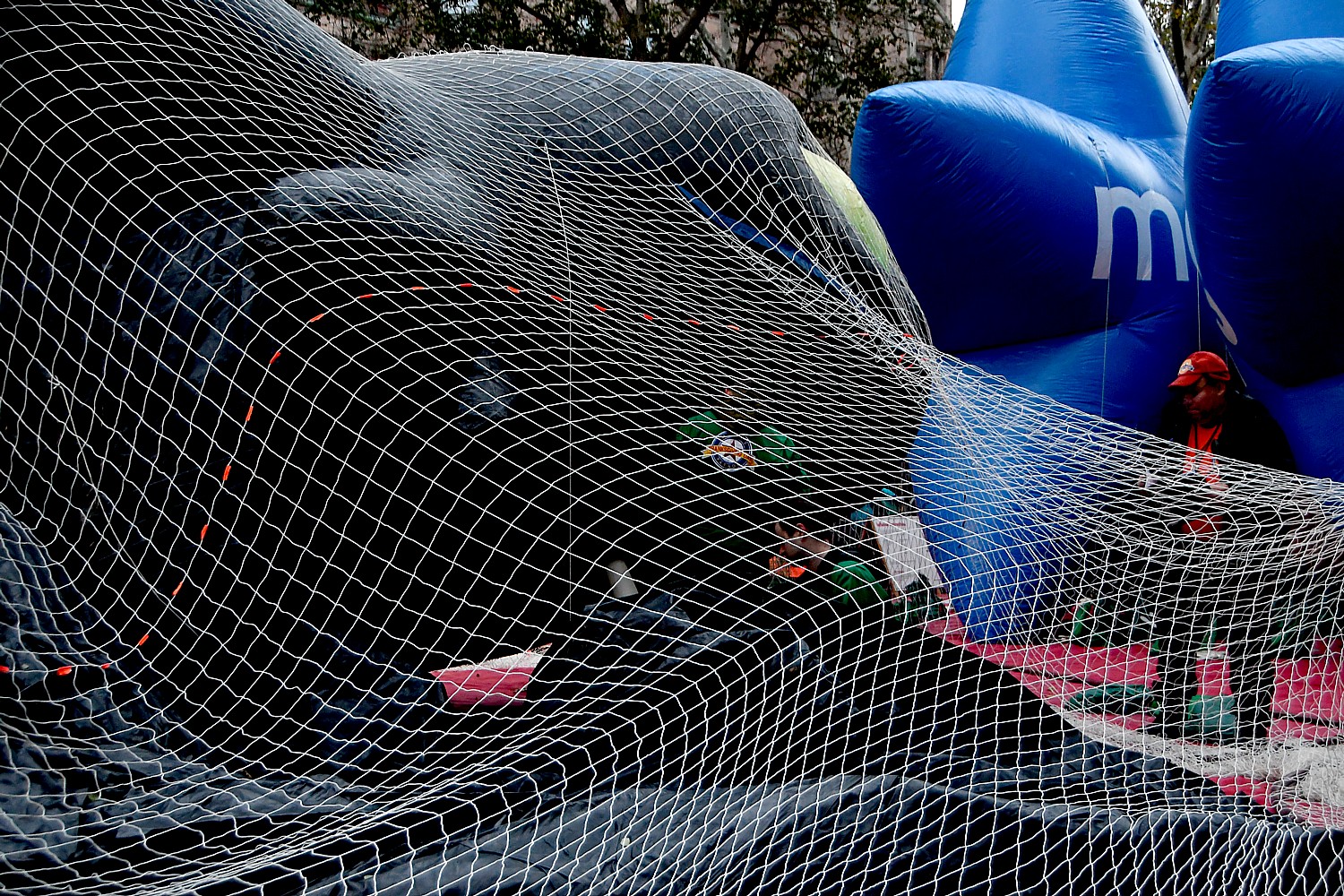
TROLLS© DREAMWORKS ANIMATION AND UNIVERSAL PICTURES TROLLS stars Poppy, Branch and Guy Diamond will once again fly and swing down the Parade route on their Caterbus. Officially kicking off the holiday season, the Trolls will spread color, joy and cheer to a nationwide audience on both the route and in DreamWorks’ Trolls Holiday this fall. Balloon Dimensions: 57-feet long, 38-feet wide, 38-feet tall Fun Fact: Each of the Troll’s iconic hair is more than 12-feet tall.

NOVELTY BALLOONS FLECK, BJORN, JOJO AND HUGG NETFLIX’S “THE CHRISTMAS CHRONICLES” Meet Fleck, Bjorn, Jojo and Hugg. These charming elves will help Santa save Christmas in the new Netflix film “The Christmas Chronicles.” You can often find tiny Fleck carrying Santa’s bag tracker and Bjorn in a candy cane-fueled toy-making frenzy, while troublemaker Jojo delivers letters to Santa and Hugg is hard at work making toys with his chainsaw. Balloon Dimensions: 16, 20-feet wide, 30-feet tall Fun Fact: The Christmas Chronicles elves are the first Netflix balloons to be featured in the Parade.
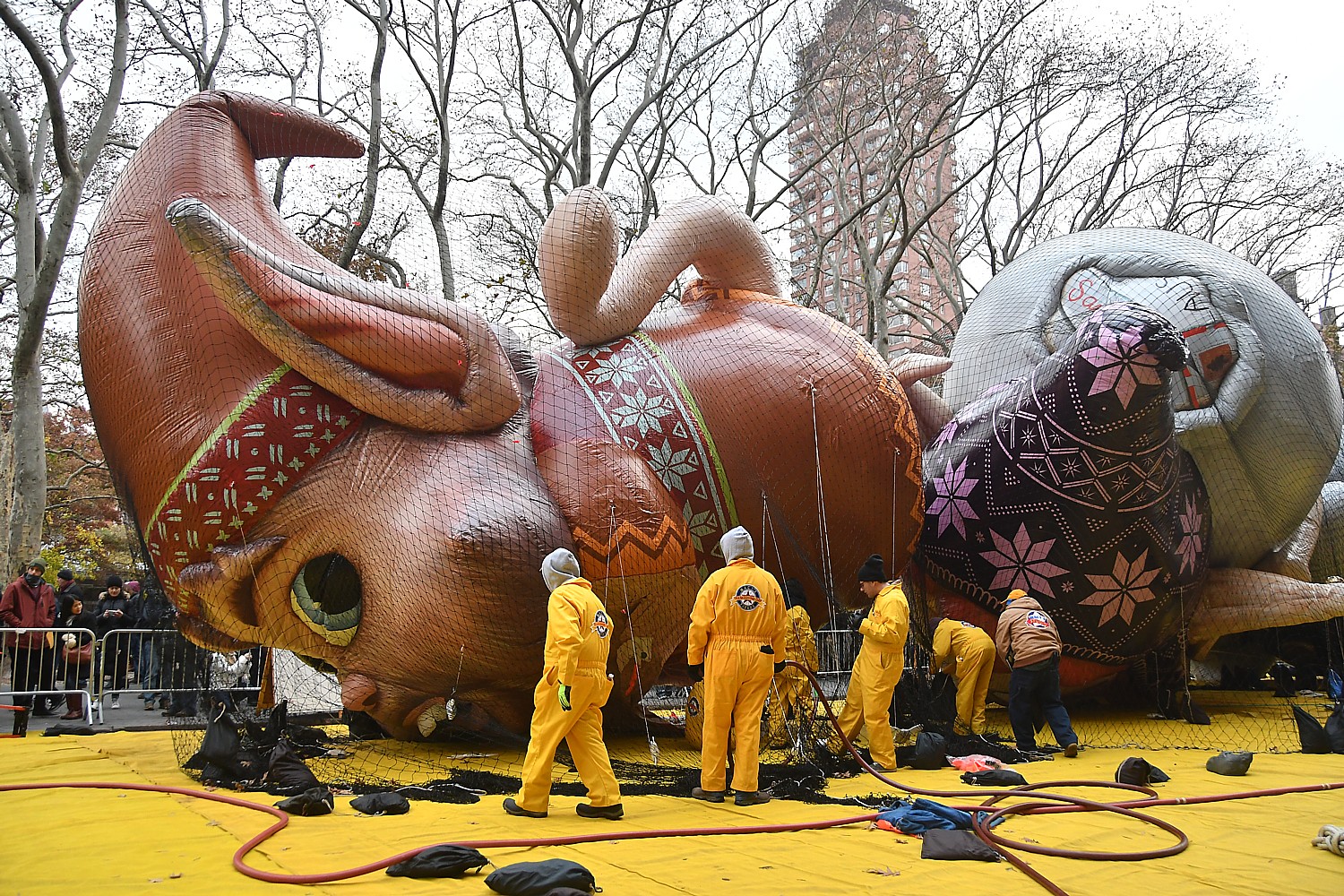
LITTLE CLOUD FRIENDSWITHYOU™ Little Cloud, the iconic emblem of art collaborative FriendsWithYou, takes to the sky on Thanksgiving as part Macy’s Blue Sky Gallery series, which invites contemporary artists to recreate their work as Parade balloons. Artists Samuel Borkson and Arturo Sandoval III will join Little Cloud and two raindrops in this year’s Parade, creating an artistic expression of joy and love fitting for the iconic Macy’s Parade route. Balloon Dimensions: 22-feet tall, 30-feet wide Fun Fact: Little Cloud represents the seventh balloon in Macy’s Blue Sky Gallery art balloon series.
THE NUTCRACKER UNIVERSAL ORLANDO RESORT™ This classic Christmas decoration appears in the form of a super-sized balloon to help kick off the holiday season! The Nutcracker balloon made its debut in the 2017 “Universal Holiday Parade featuring Macy’s” at Universal Studios Orlando, and marched its way up to New York to join the Parade this Thanksgiving. Balloon Dimensions: 45 feet tall, 18.5 feet wide, 16-feet long Fun Fact: The Nutcracker balloon is 24 times the size of the traditional holiday decoration.
SUNNY THE SNOWPAL One of the many holiday heroes in this year’s Parade is Macy’s very own Snowpal, Sunny! This cool cosmonaut comes to the rescue with her friend Fox when Santa’s sleigh breaks down on Christmas Eve. Blasting off in her rocket ship, Sunny works her magic to repair the sleigh and save the day, showing us all that there are so many reasons to believe in the wonder of giving! Balloon Dimensions: 26-feet tall, 19-feet wide, 16-feet long Fun Fact: Sunny is an original character created for Macy’s 2018 holiday campaign.
BALLOONICLES (A Macy’s Parade innovation, hybrid cold air balloon and self-propelled vehicle) BABY DINOS SINCLAIR OIL CORPORATION The three newborn Baby DINOS from Sinclair Oil Corporation are anything but prehistoric! The adorable Apatosaurus trio came straight from the nest to join the Sinclair DINO balloon in this year’s Parade. Fun Fact: Like the Sinclair DINO balloon, the Baby DINO balloonicles appear in life-size form. GO BOWLING There will be turkeys at Thanksgiving meals and on the Parade route this year with the new Go Bowling™ balloonicles. Two bowling shoes and six bowling pins will be chased by a determined bowling ball down the route. Fun Fact: With 16-foot-tall bowling pins and a 12-foot diameter bowling ball, this Balloonicle is sure to score! 5 THE AFLAC DUCK AFLAC, INC. The world’s most famous “spokesduck,” the Aflac Duck has returned for his eighth Parade, having smartly prepared all year long so he would not miss this quintessential NYC holiday experience. Balloonicle Dimensions: 30-feet tall, 15-feet wide Fun Fact: The Aflac Duck’s glowing heart is encased by his heart shaped-wings. His inner tube base to “slide” down the Parade route is larger than the size of an in-ground home swimming pool.
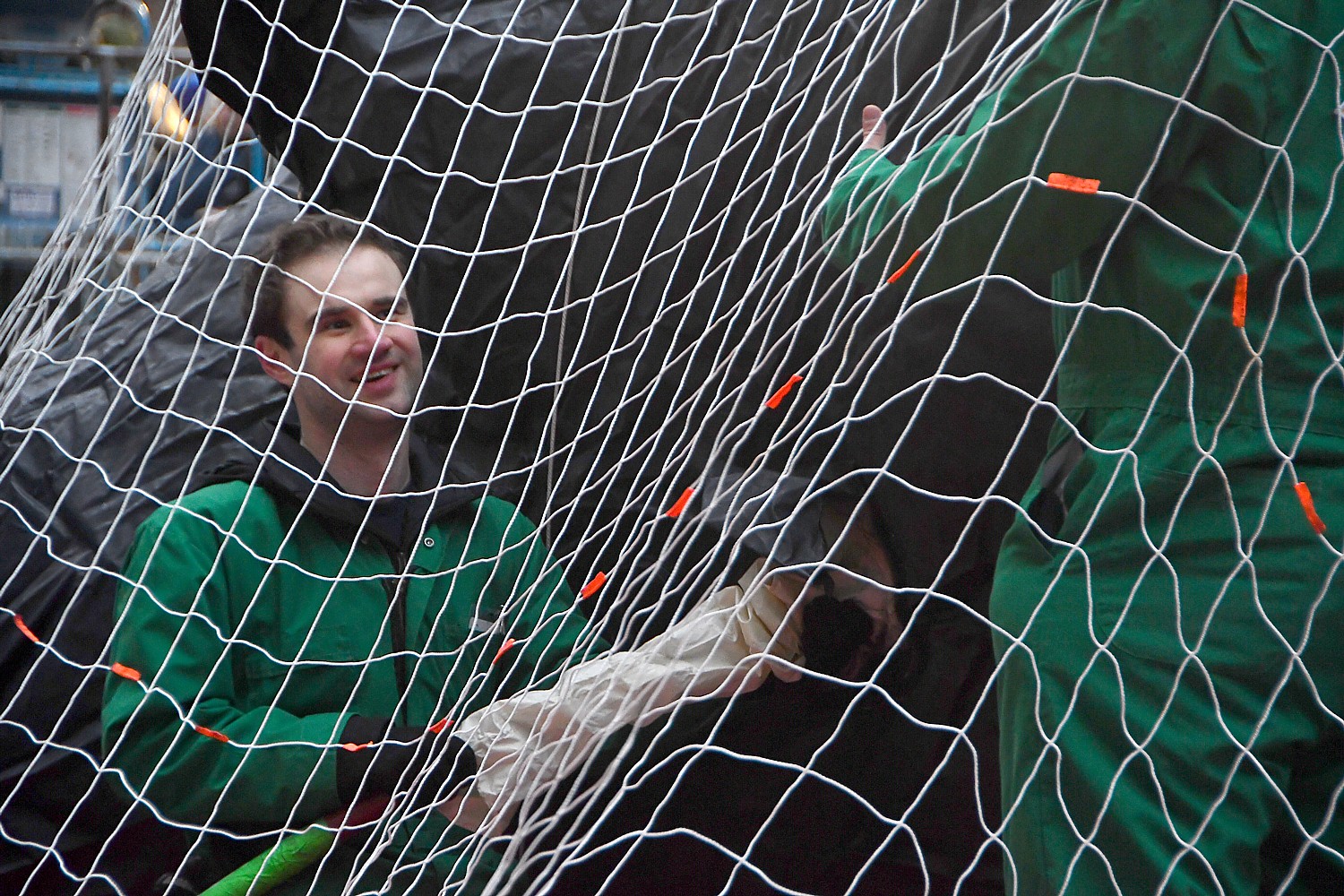
HERITAGE BALLOON AND BALLOON
HEAD LINE-UPS
ARRTIE, THE PIRATE Arrtie the Pirate a recreation of the classic Pirate balloon of 1947 returns! Arrtie, the loveable pirate with map in hand is on a search for Holiday treasure this Thanksgiving. Balloon Dimensions: 36-feet tall Fun Fact: A staple of the Parade in the late 1940s and 1950s, Arrtie was recreated as part of the Parade’s heritage balloon program that reinvents historic Macy’s characters for a new audience.
MACY’S STARS (BLUE & WHITE, RED & GOLD, YELLOW, GOLD STARFLAKES, BELIEVE) You’ll be seeing stars at the 2018 Macy’s Thanksgiving Day Parade– literally! See if you can spot them in blue and white, red and gold, with gold star flakes, in yellow and proclaiming “Believe” at various points in the parade lineup! Balloon Dimensions: 12-feet deep, 24-feet wide, 25-feet tall Fun Fact: The Macy’s Stars are representative of the Parade’s changing color scheme from autumnal colors to the bright and cheerful colors of the holiday season.
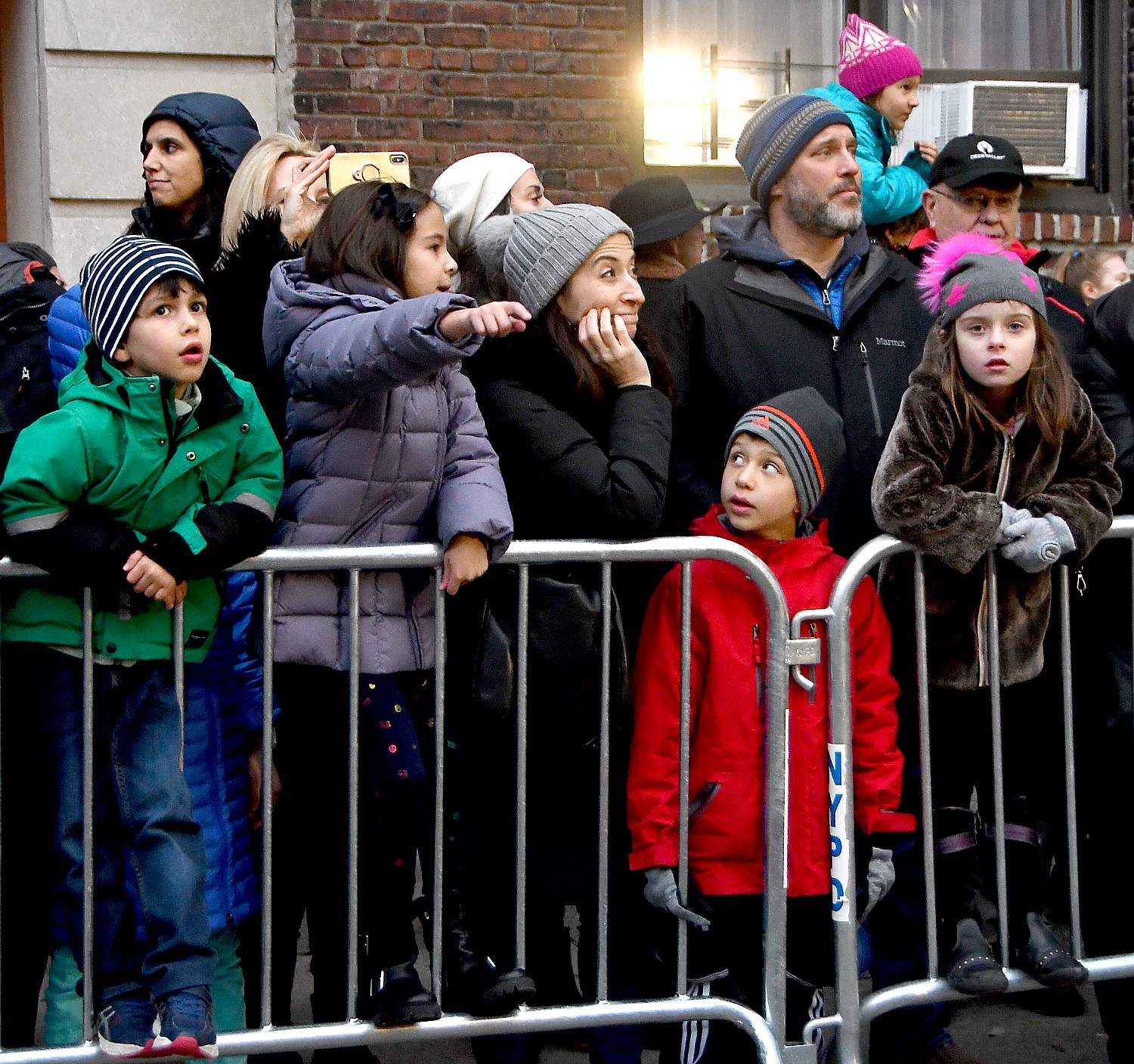
PILGRIM MAN & WOMAN BALLOONHEADS MAMA, PAPA & BABY BALLOONHEADS The Macy’s Thanksgiving Day Parade family would not be complete without Pilgrim Man & Woman and the Mama, Papa and Baby Balloonheads! Balloon Dimensions: 12-feet tall with costume, 4-feet wide Fun Fact: The balloonheads are based on classic Parade designs from the 1940s.
AMERICANA SPHERES Rounding out the 2018 lineup are the new Americana Spheres. These patriotic balloons bring the colors of the flag to new heights. Balloon Dimensions: 14-feet wide Fun Fact: Originally conceived by legendary Macy’s Designer Manfred Bass in the 1980s
TRYCALOONS (A Macy’s Parade innovation featuring a hybrid tandem tricycle and balloon) BULLDOG Beware of dog! The Bulldog Trycaloon’s bark is as big as his bike. TOUGH GUY There’s been a jailbreak on the Parade route, and the Tough Guy Trycaloon is one inflatable character you don’t want to mess with.
NUTCRACKER Clara joins the title character of Tchaikovsky’s famous holiday ballet on a high-speed Trycaloon chase alongside the Mouse King. MOUSE KING The villainous Mouse King from Tchaikovsky’s Nutcracker ballet pedals down Manhattan accompanied by one of his furry-tailed soldiers.
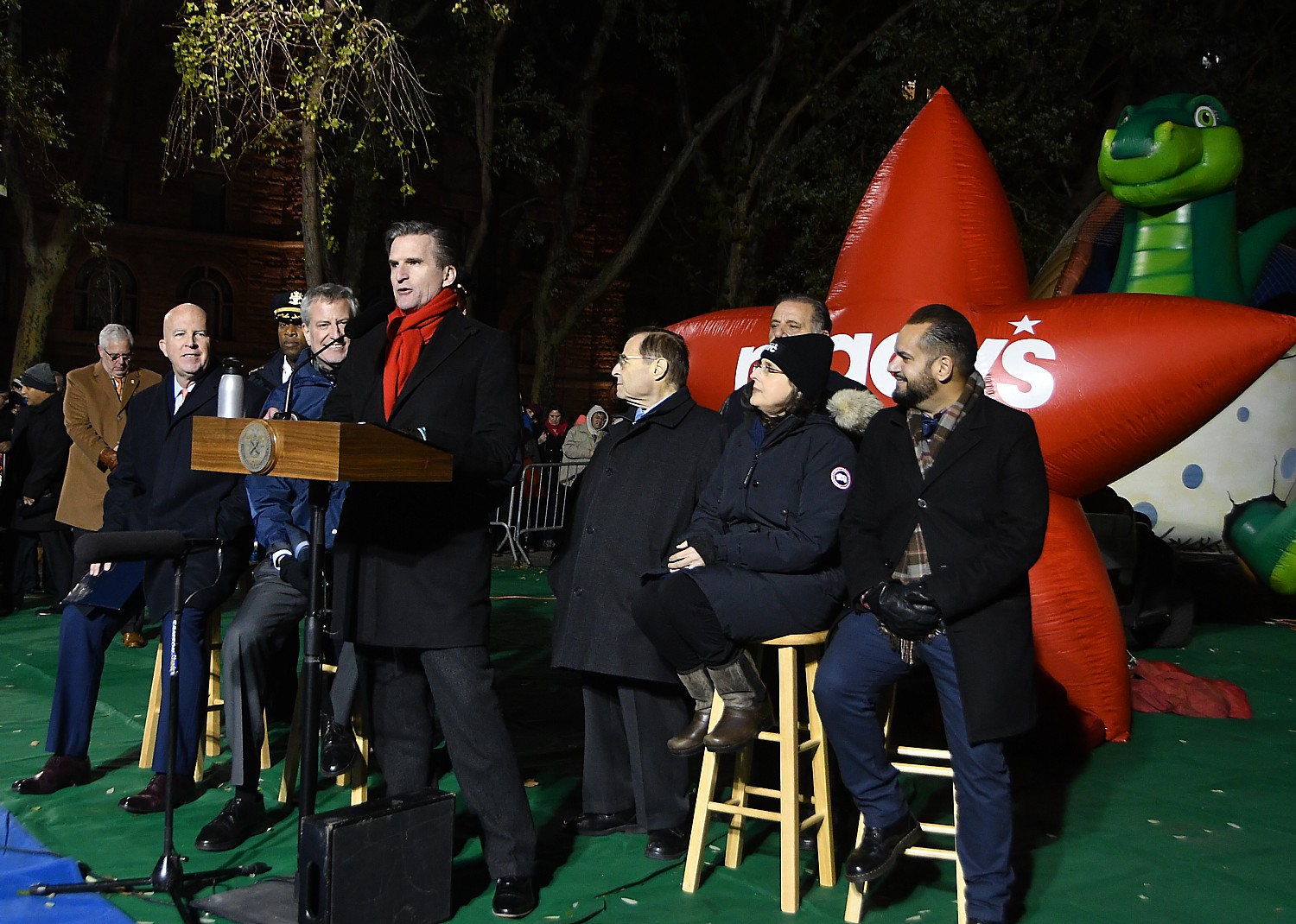
_____________________________
© 2018 Travel Features Syndicate, a division of Workstyles, Inc. All rights reserved. Visit goingplacesfarandnear.com, www.huffingtonpost.com/author/karen-rubin , and travelwritersmagazine.com/TravelFeaturesSyndicate/. Blogging at goingplacesnearandfar.wordpress.com and moralcompasstravel.info. Send comments or questions to FamTravLtr@aol.com. Tweet @TravelFeatures. ‘Like’ us at facebook.com/NewsPhotoFeatures

